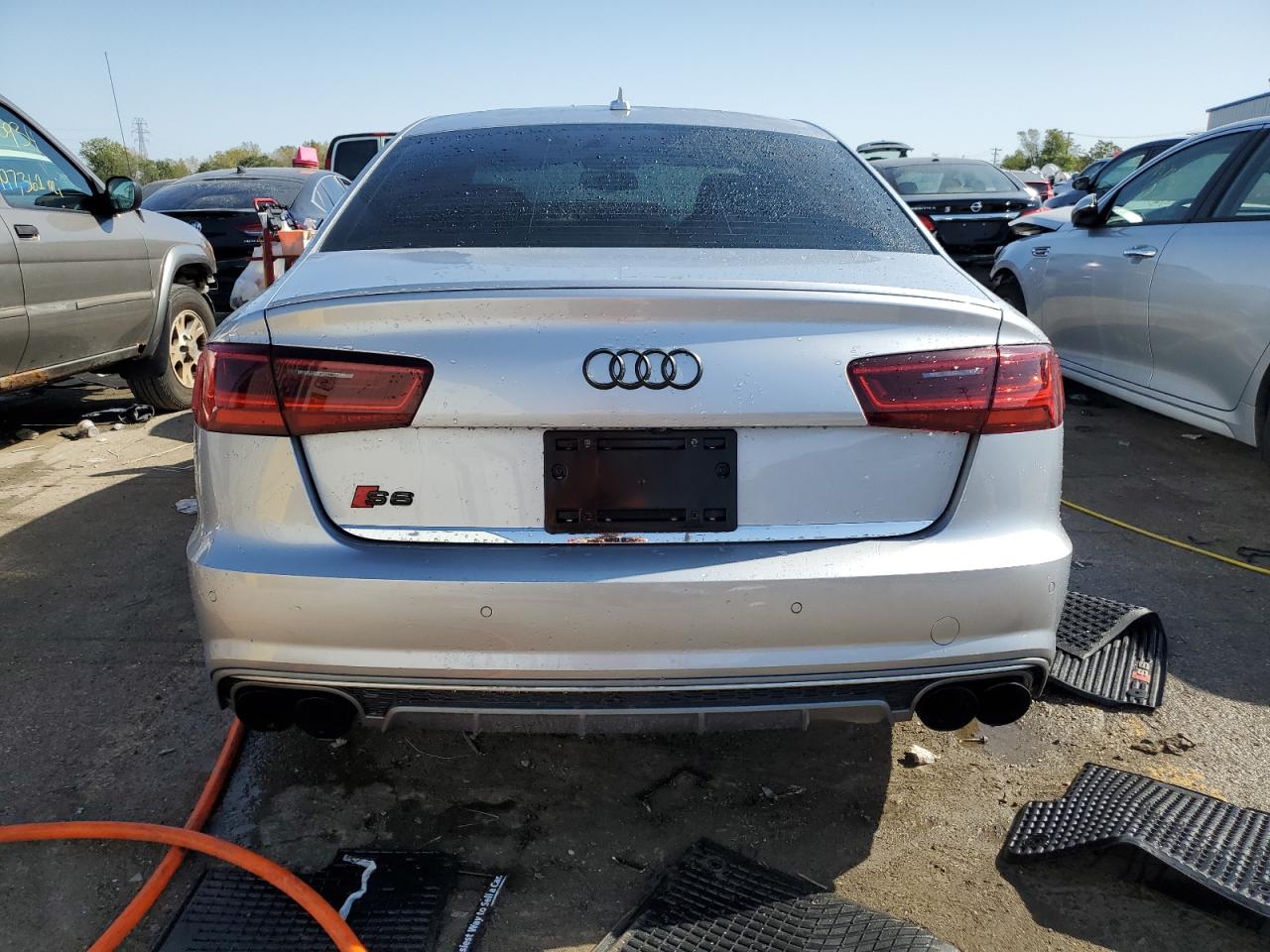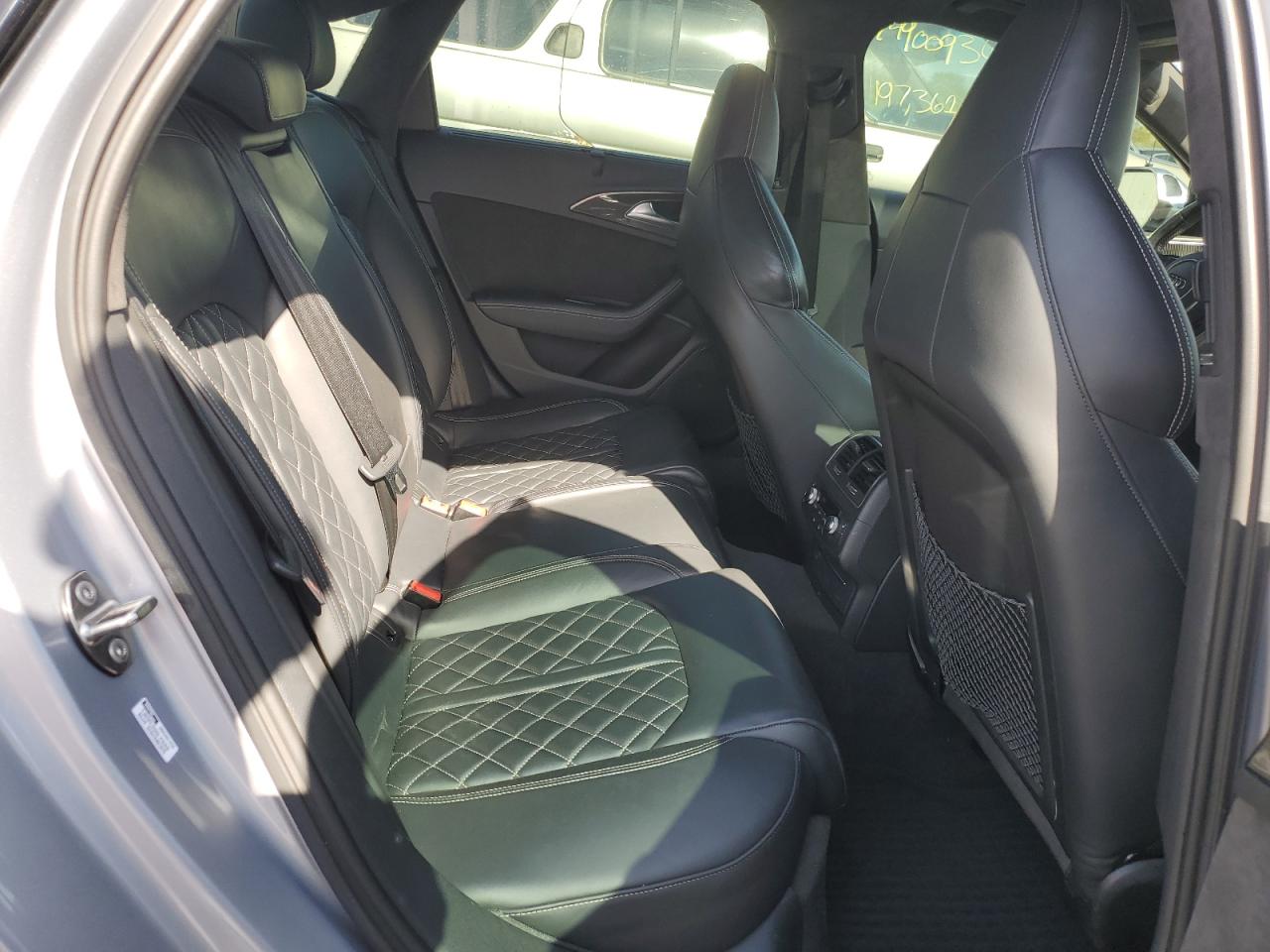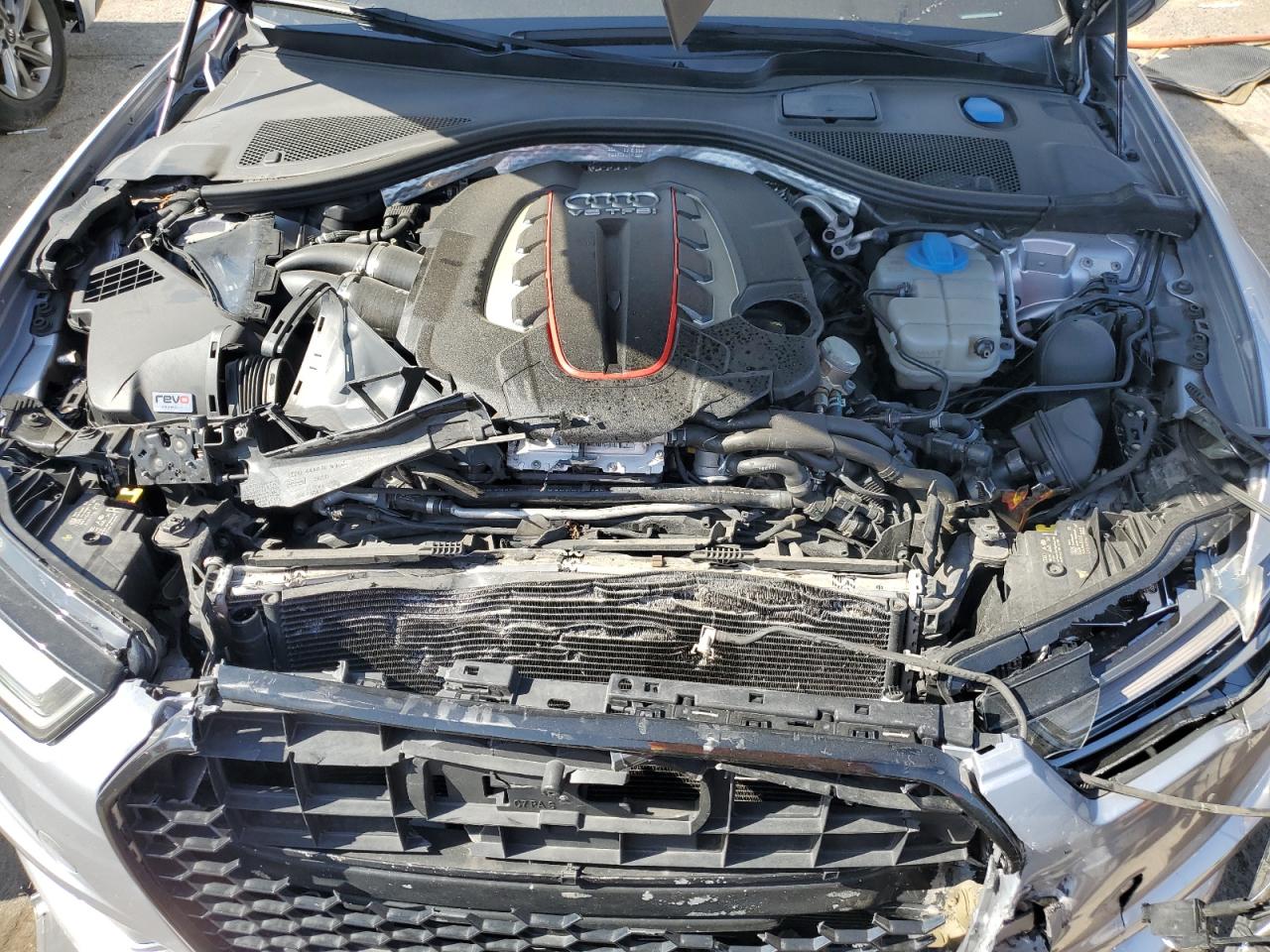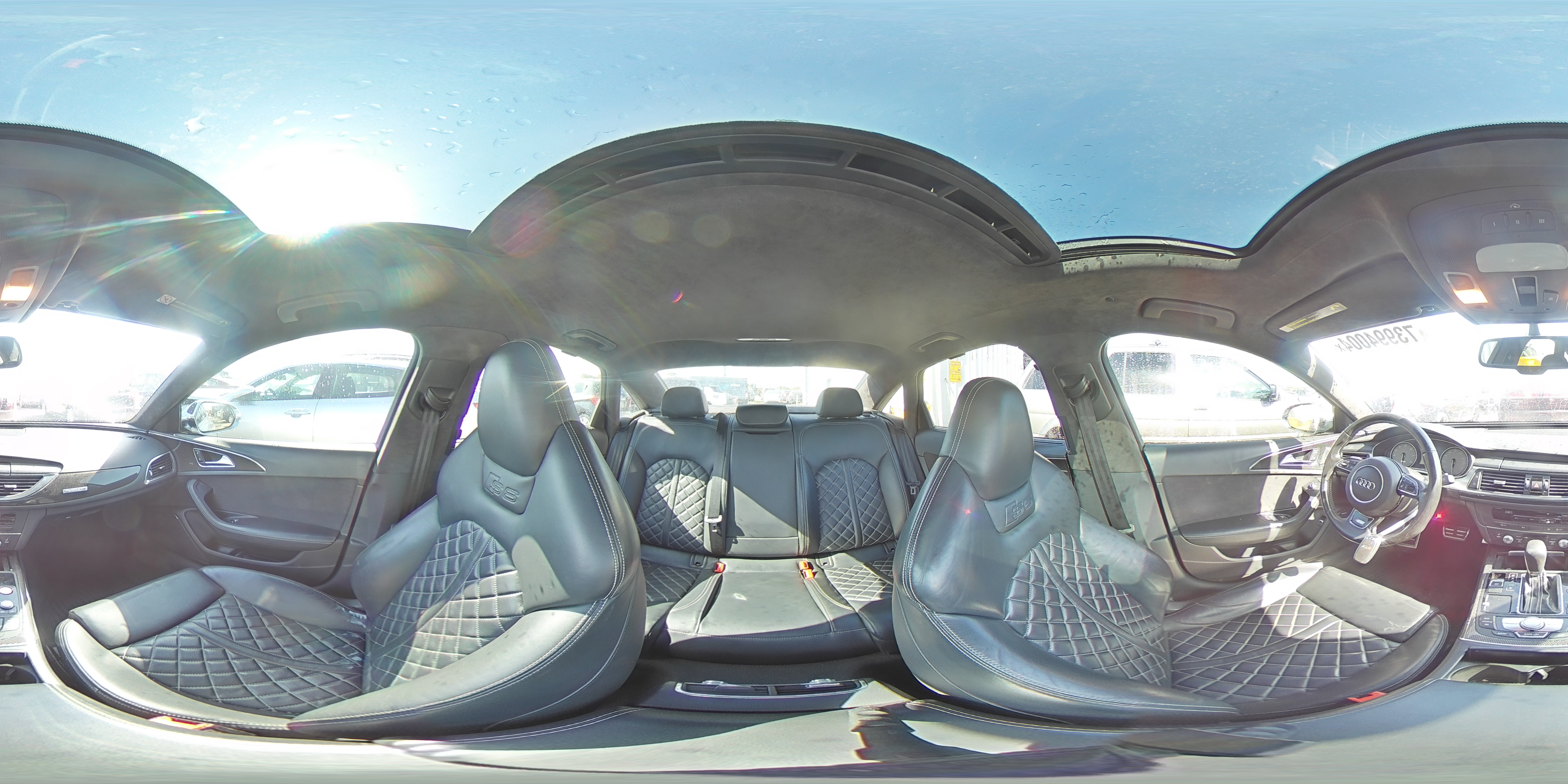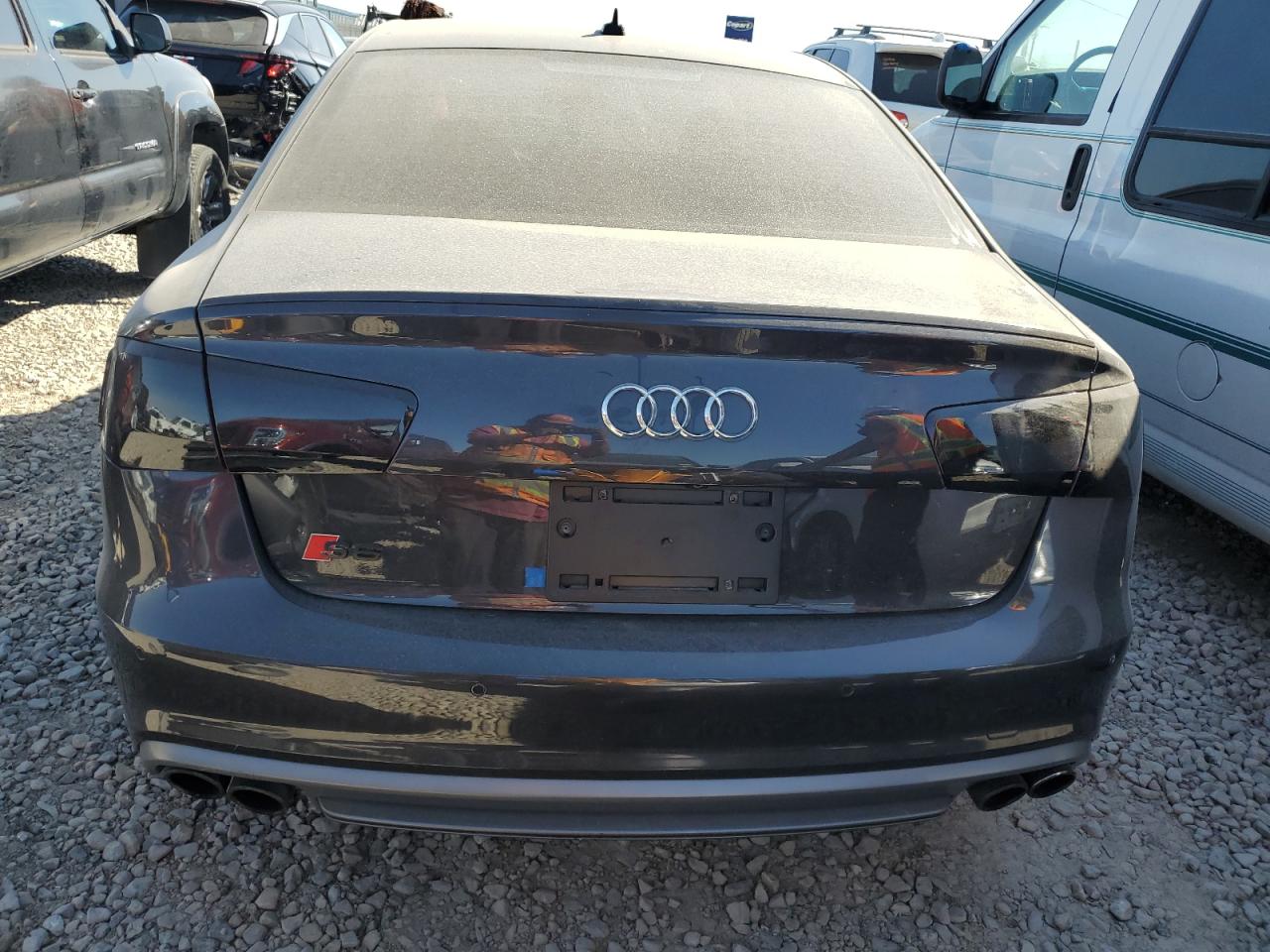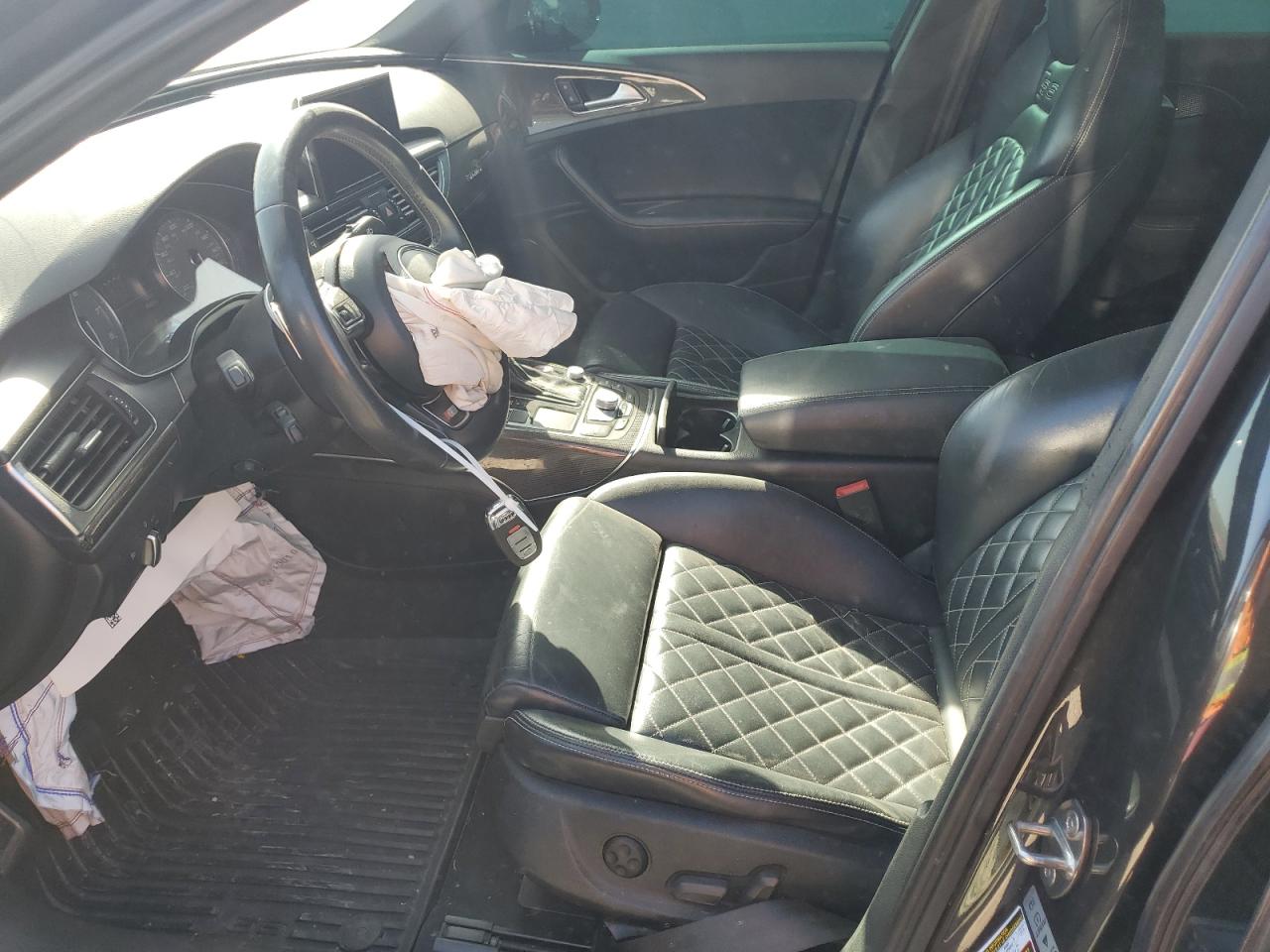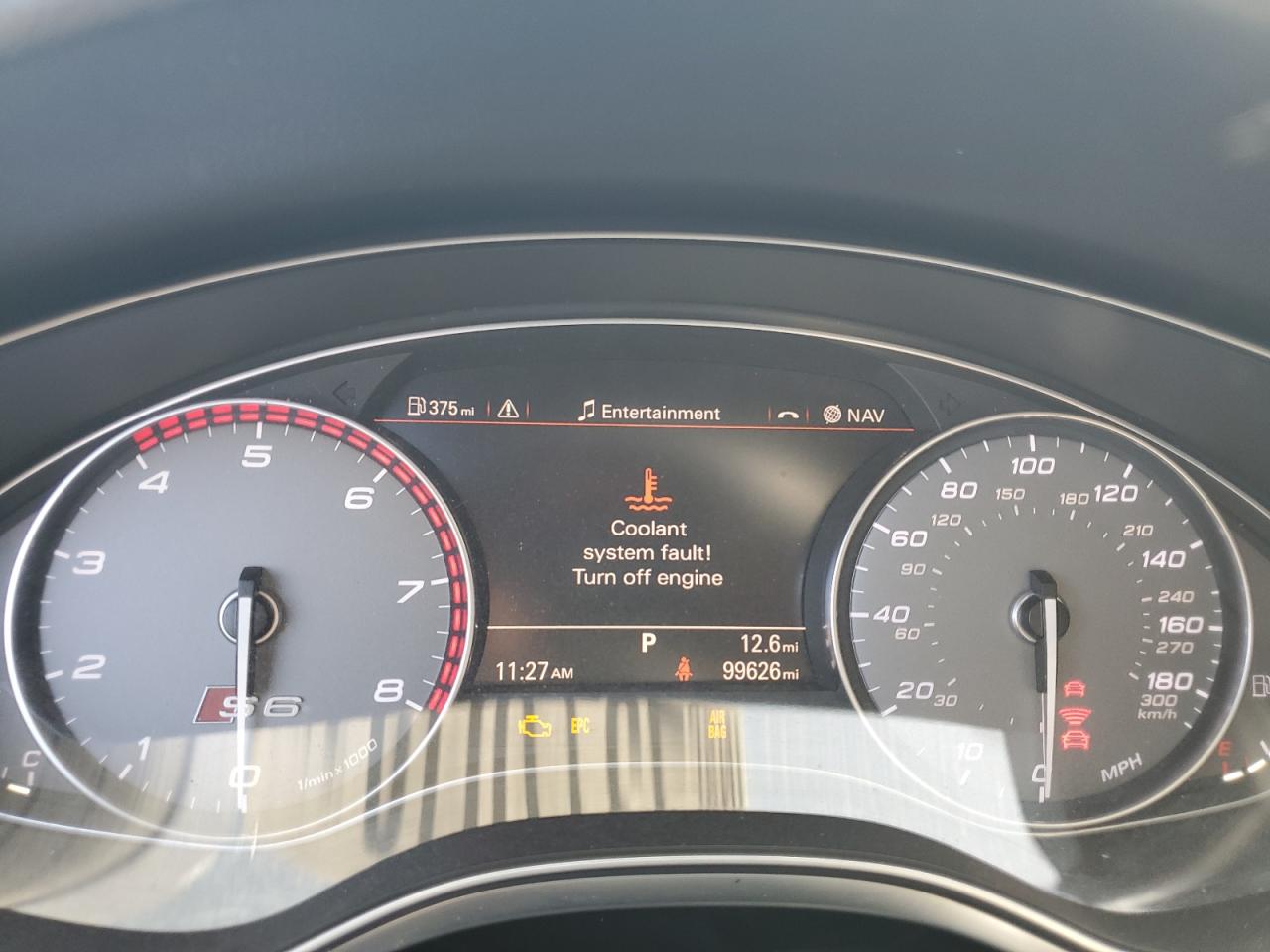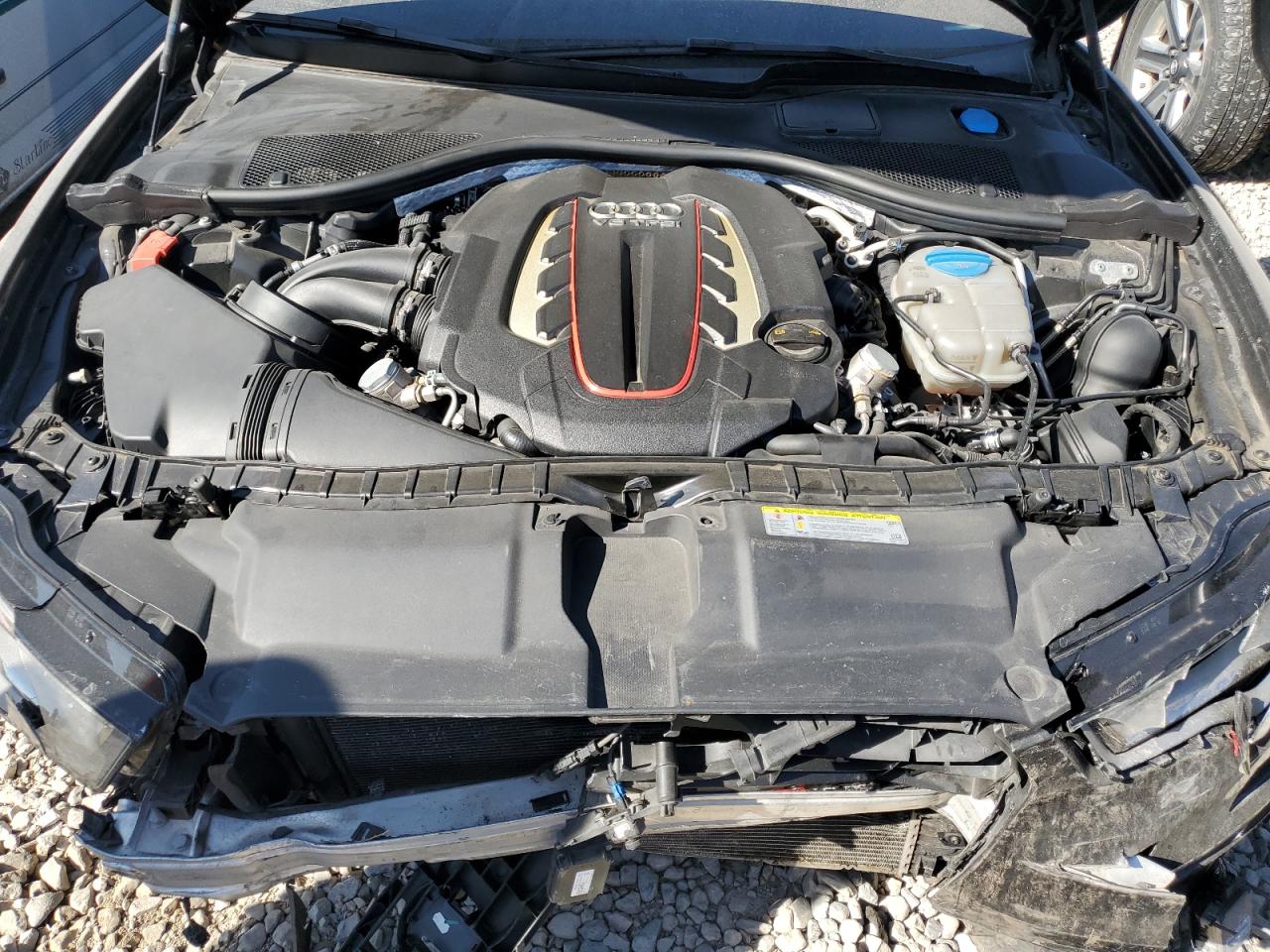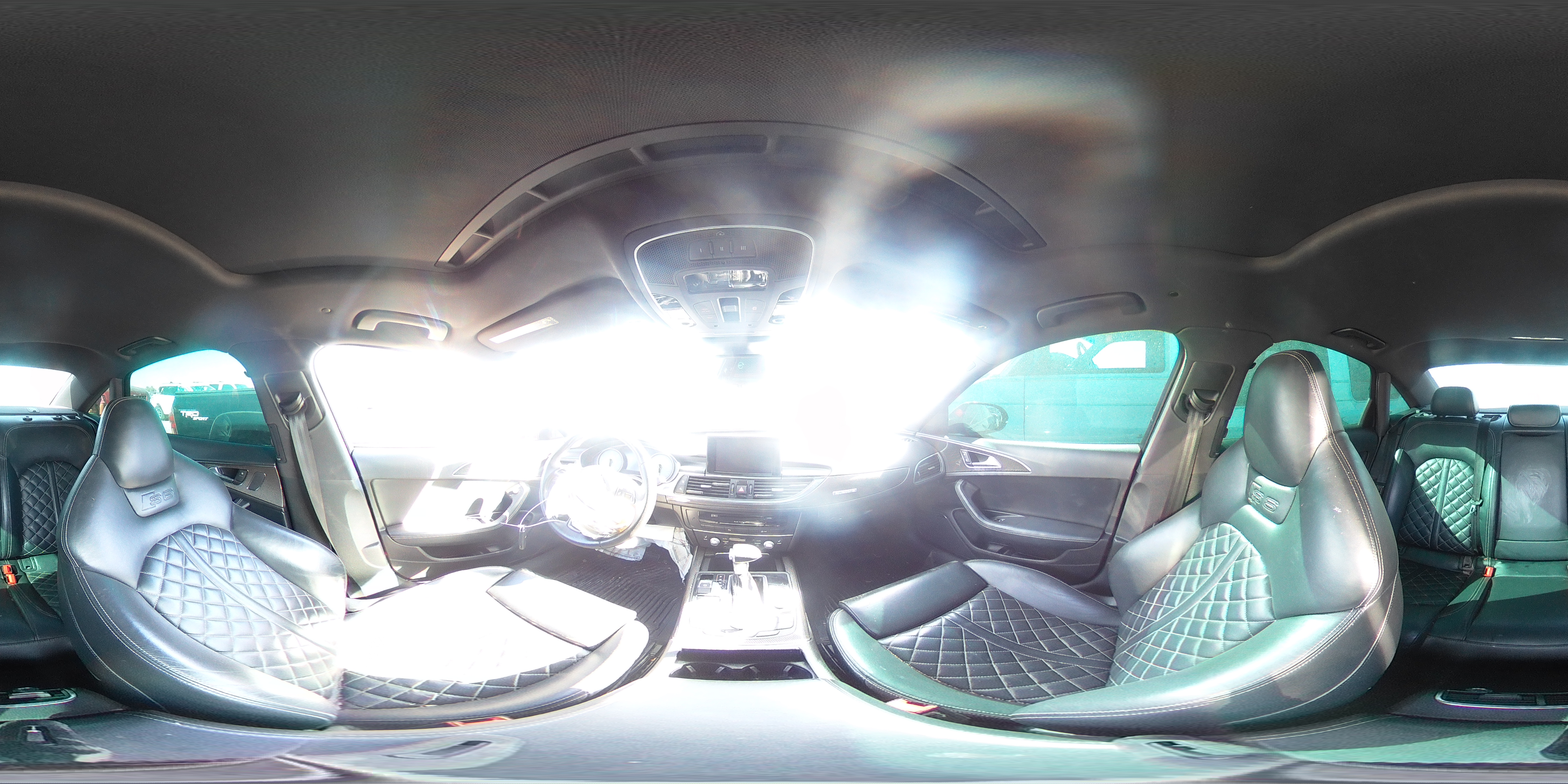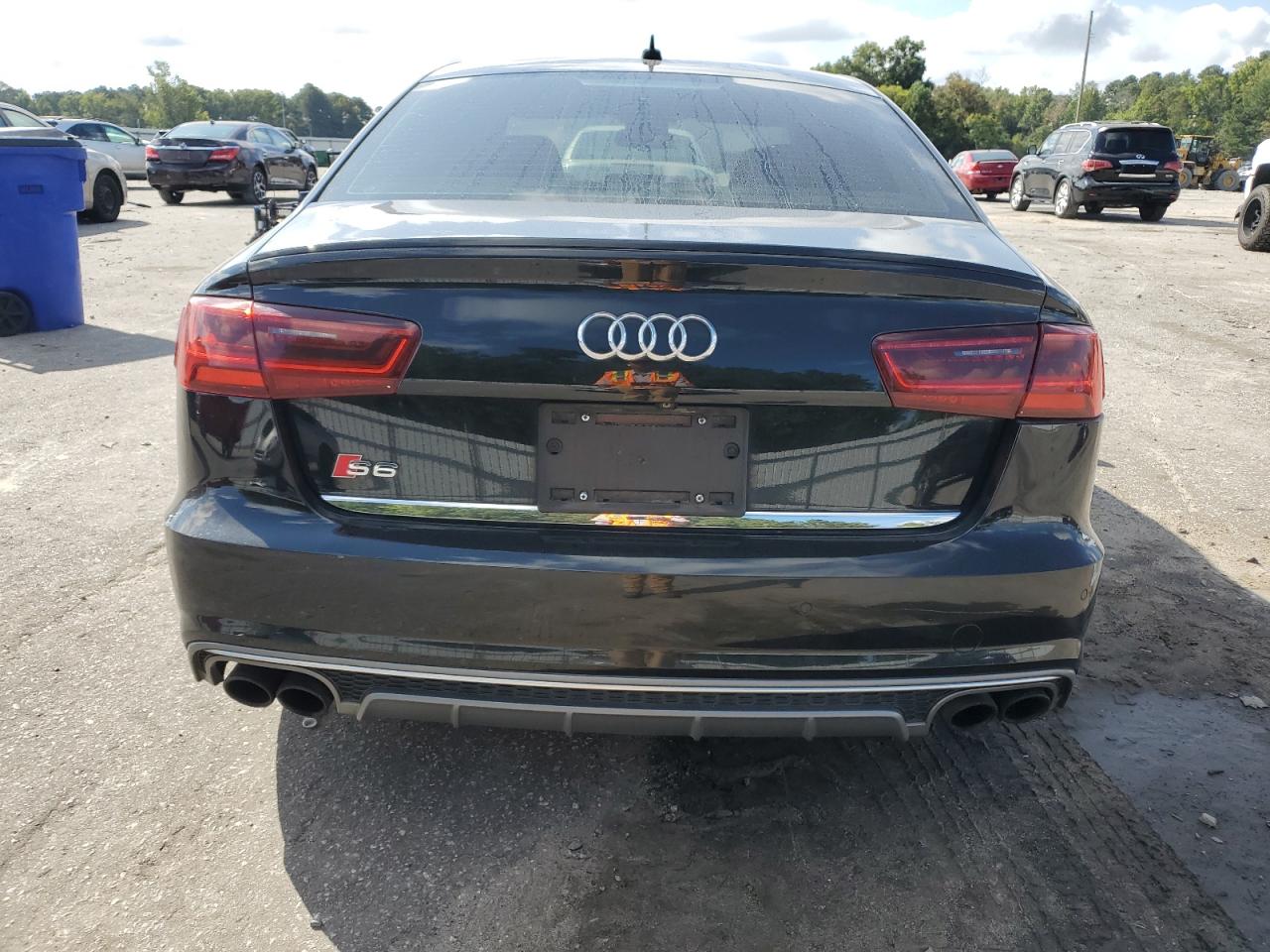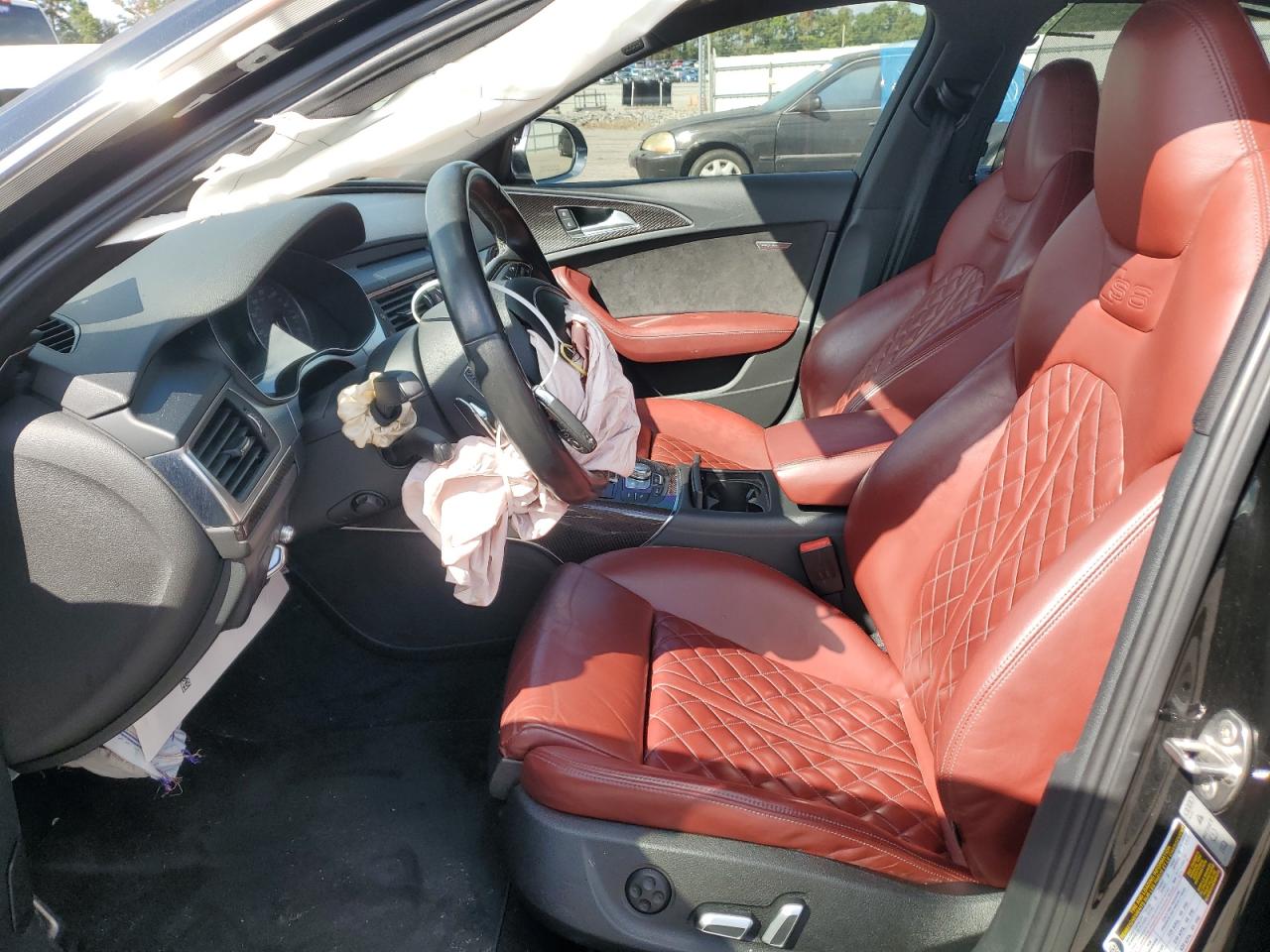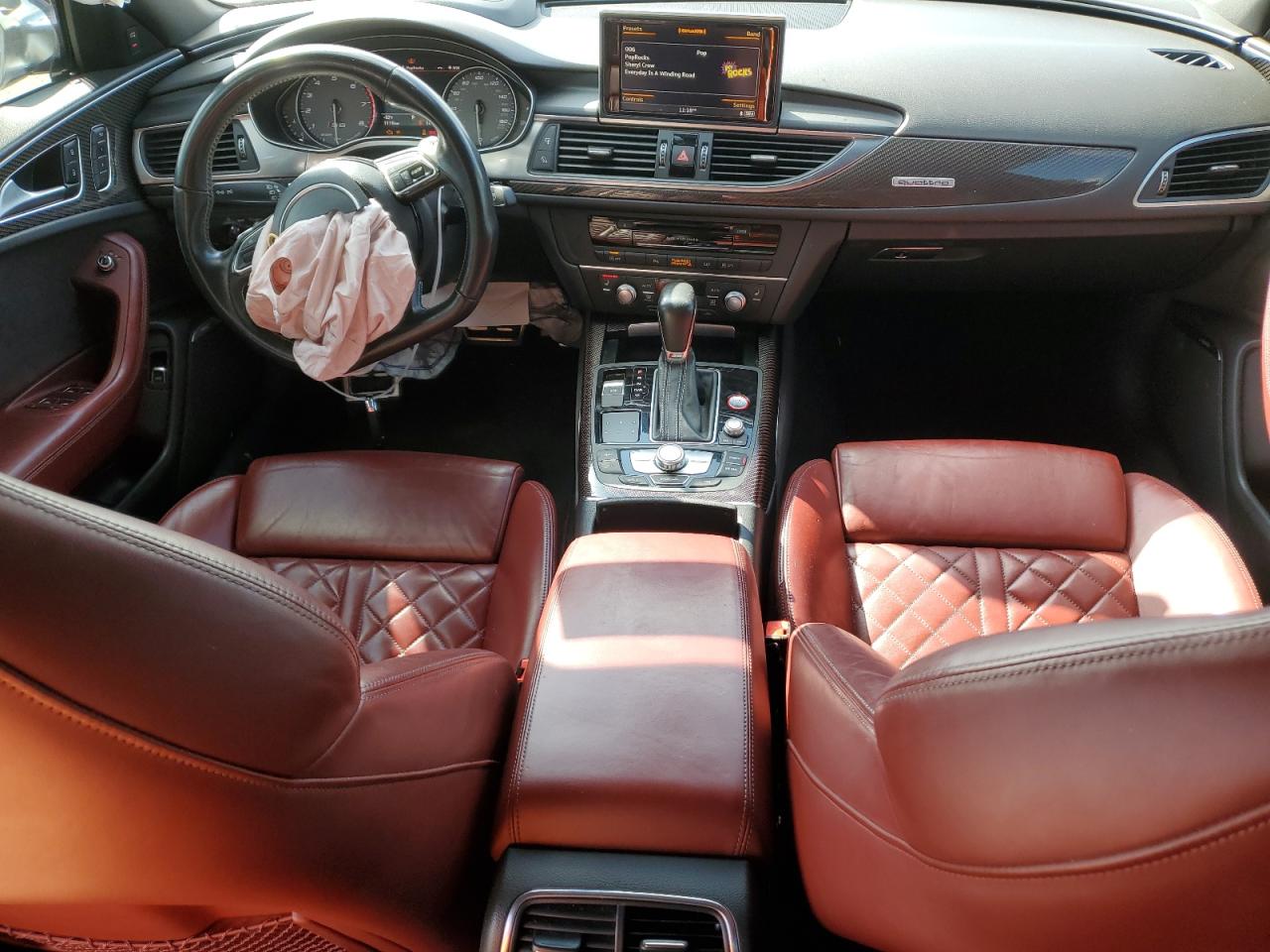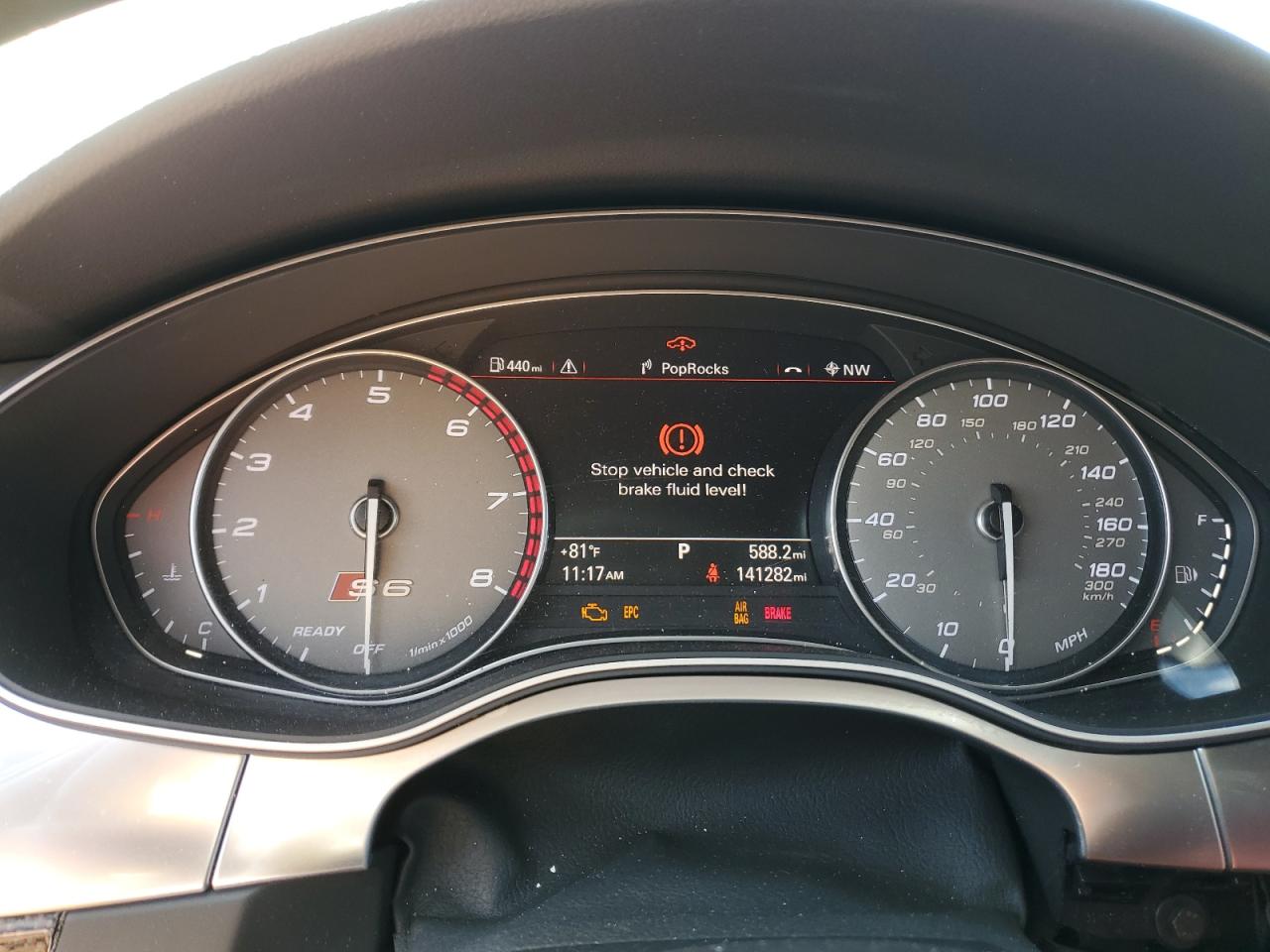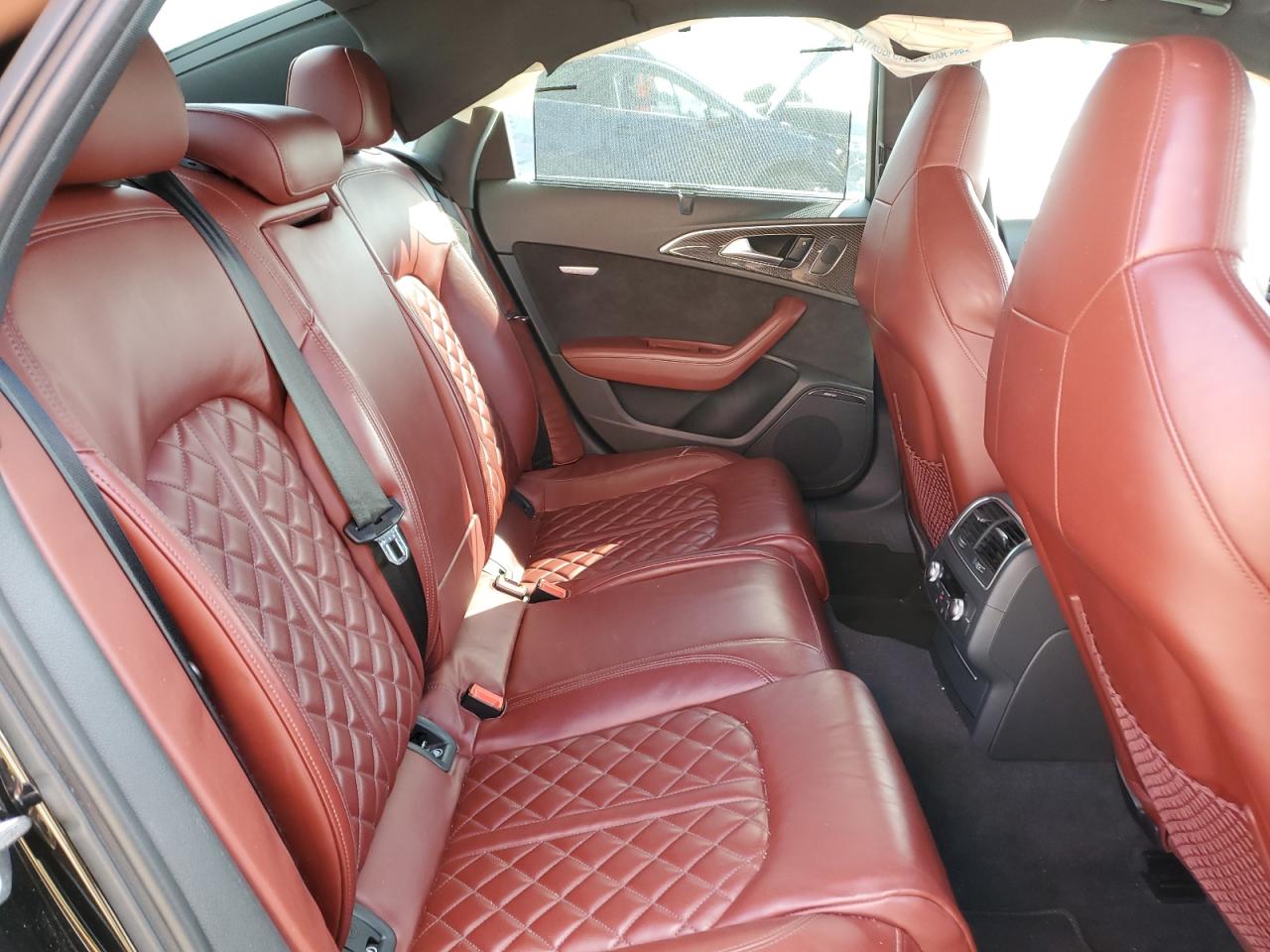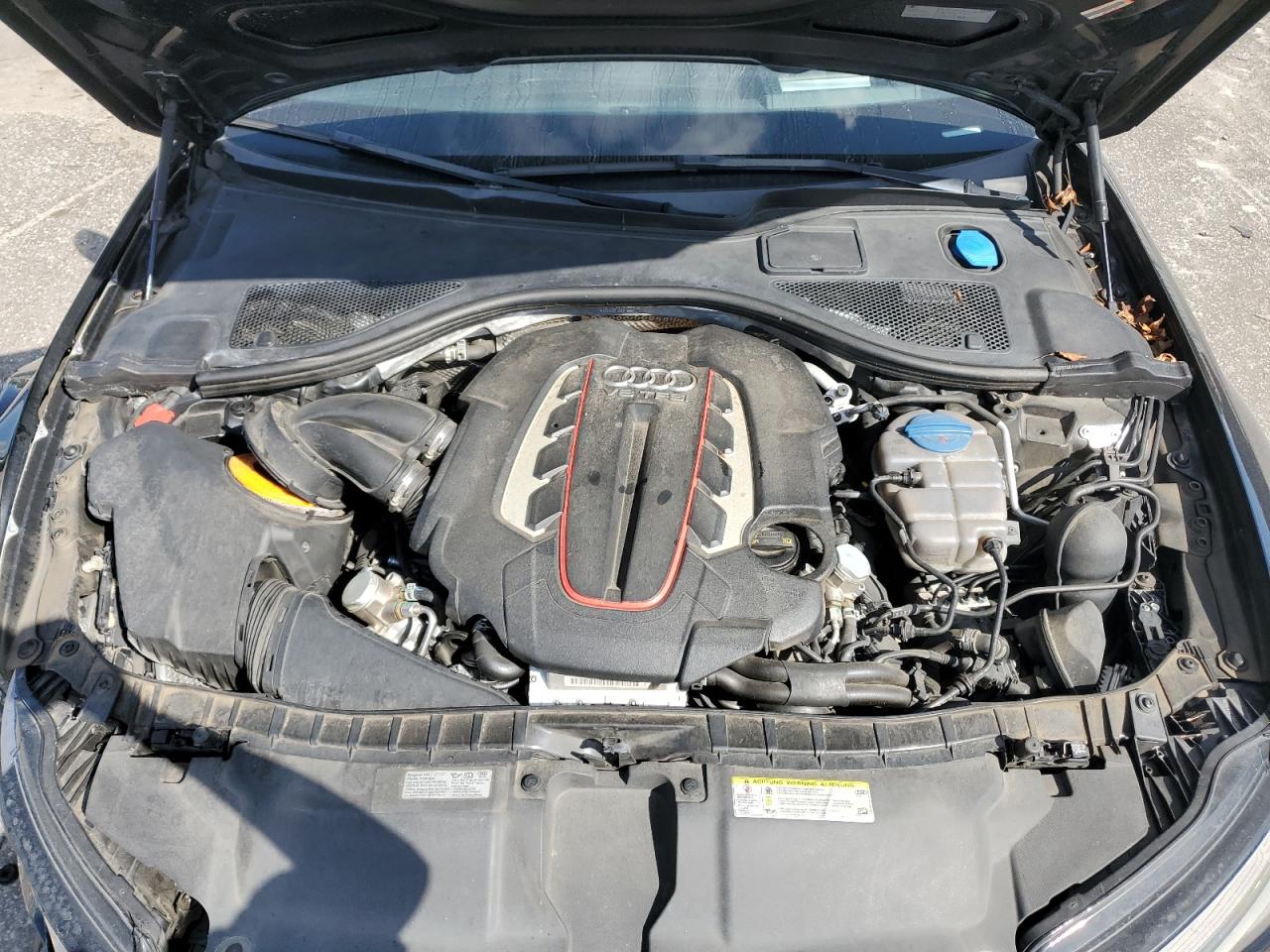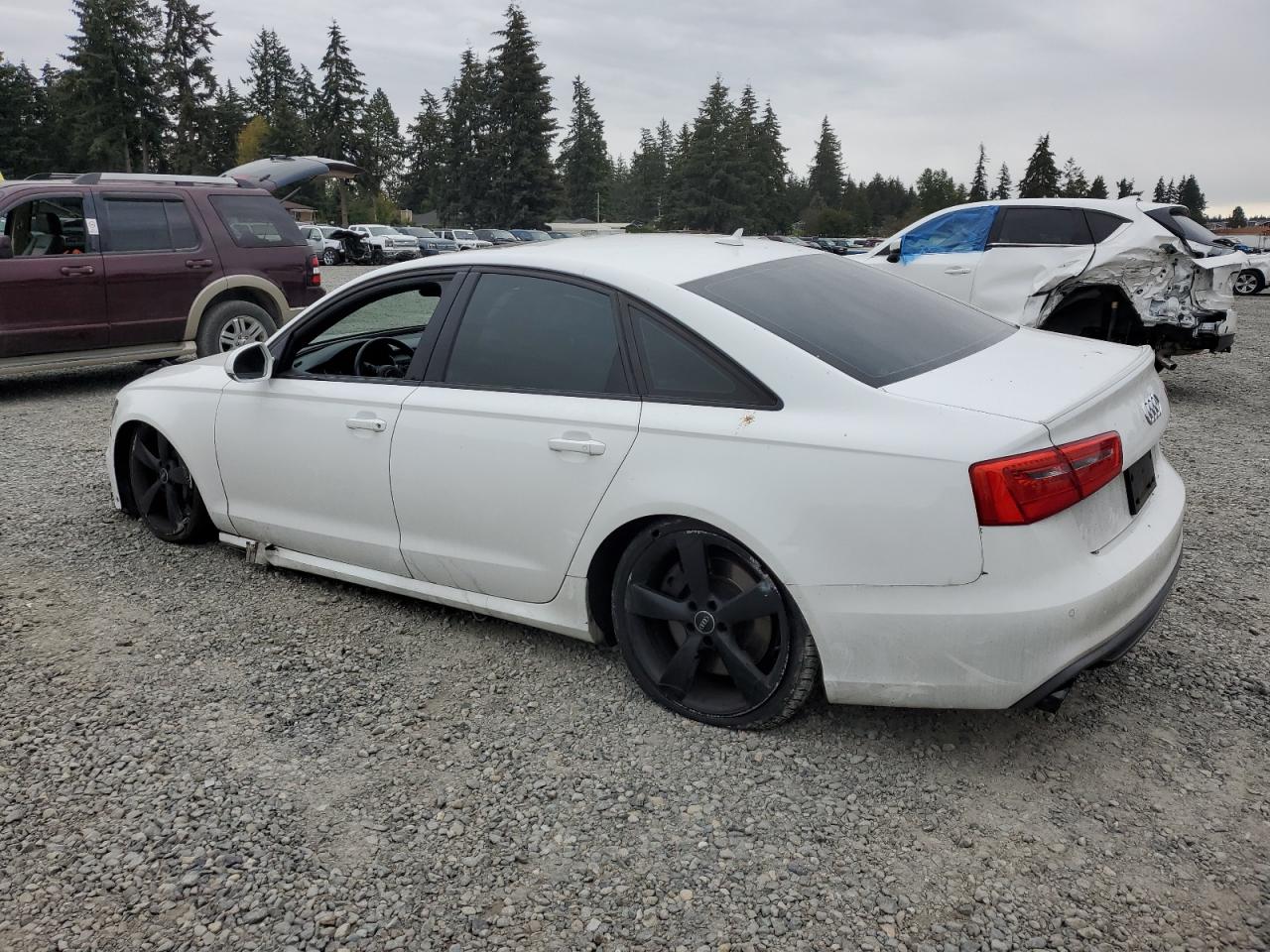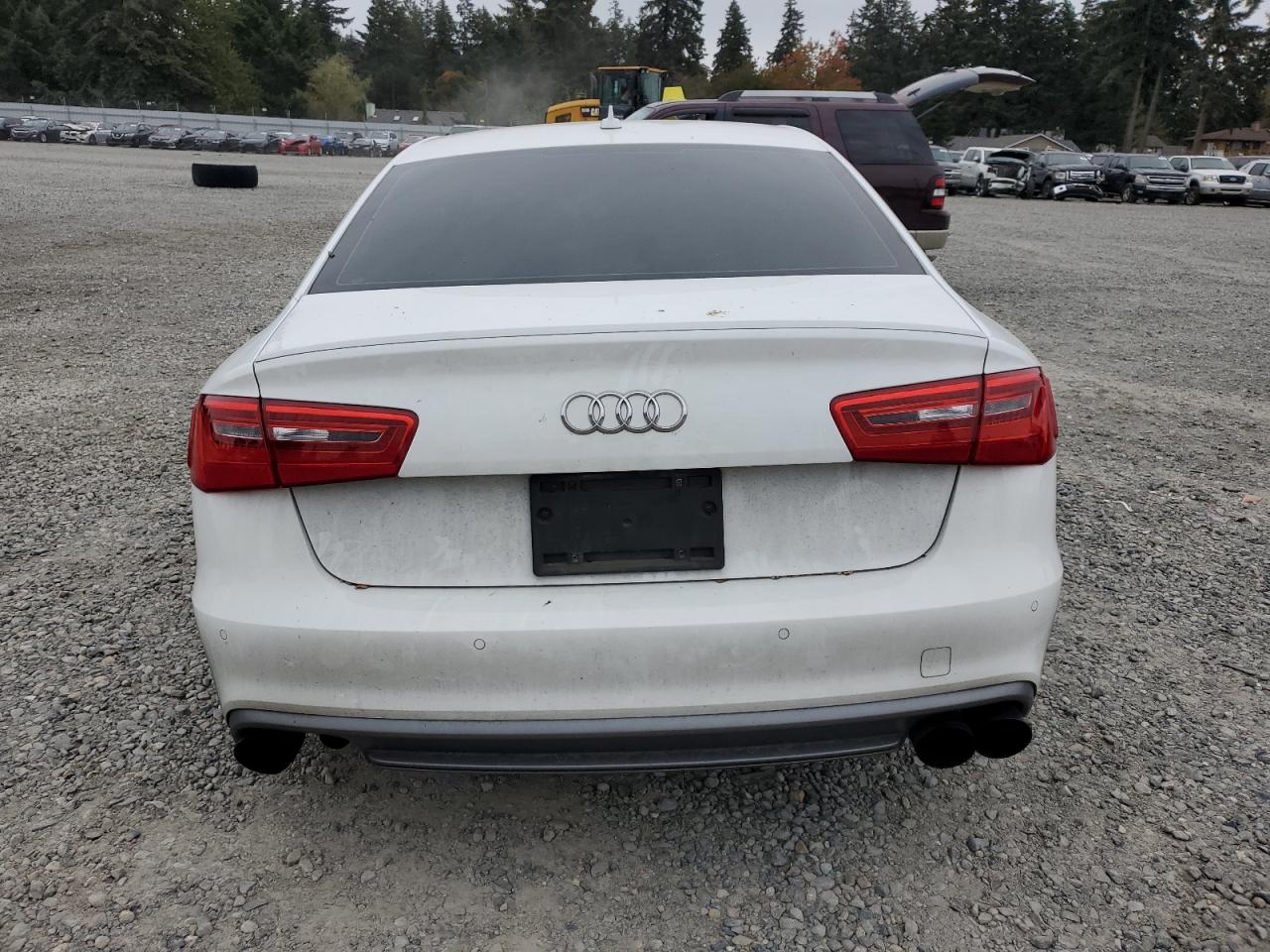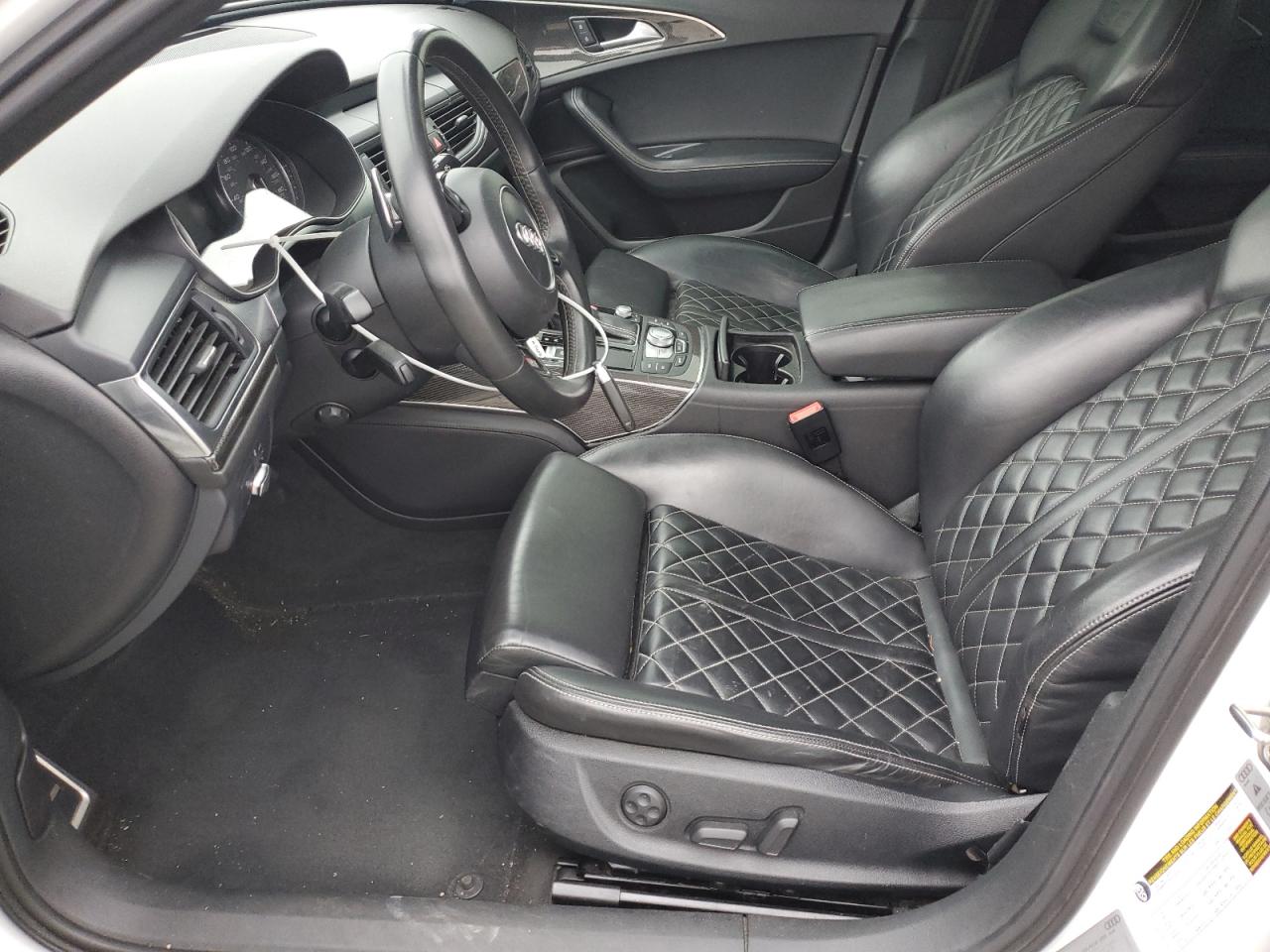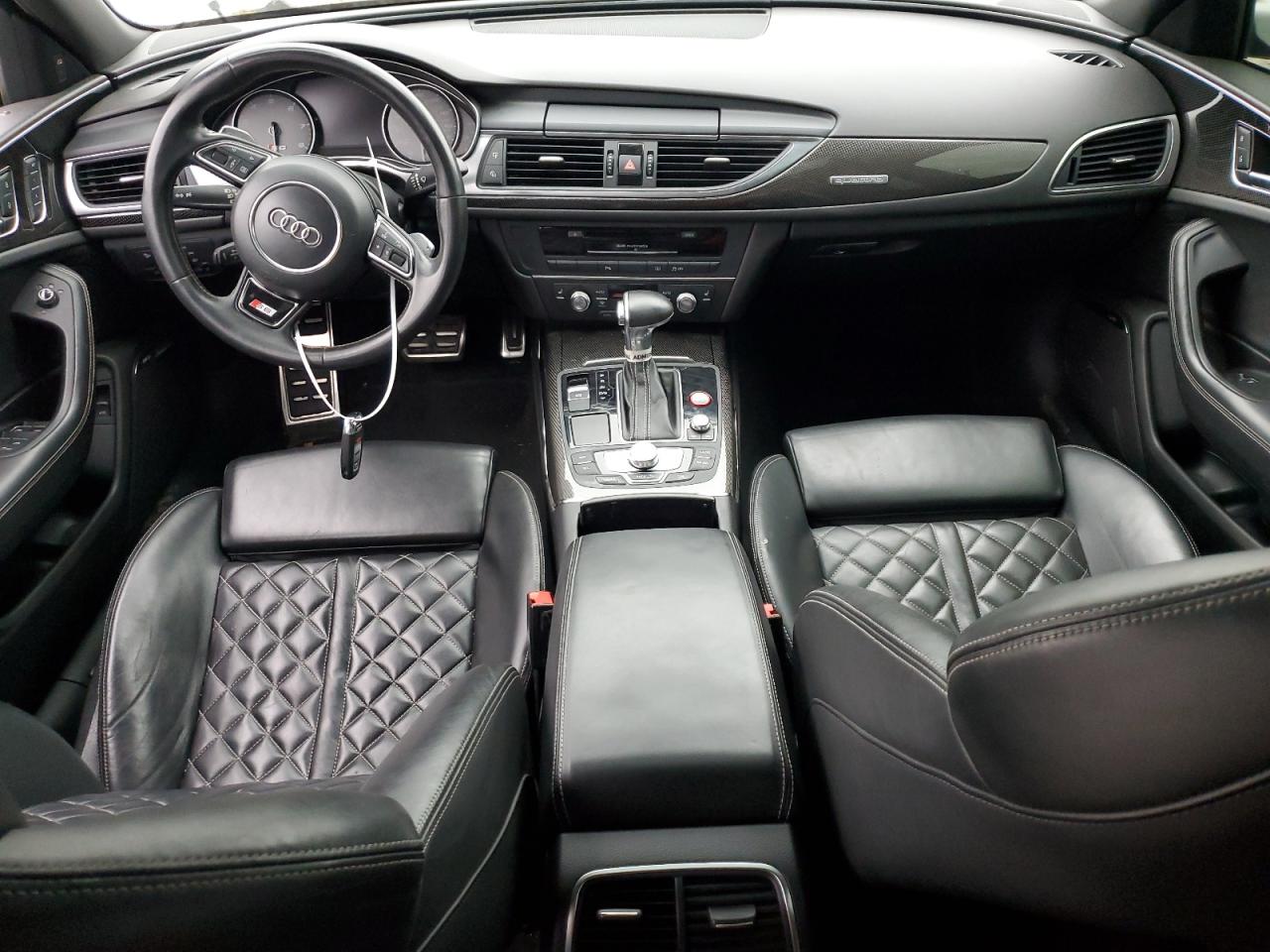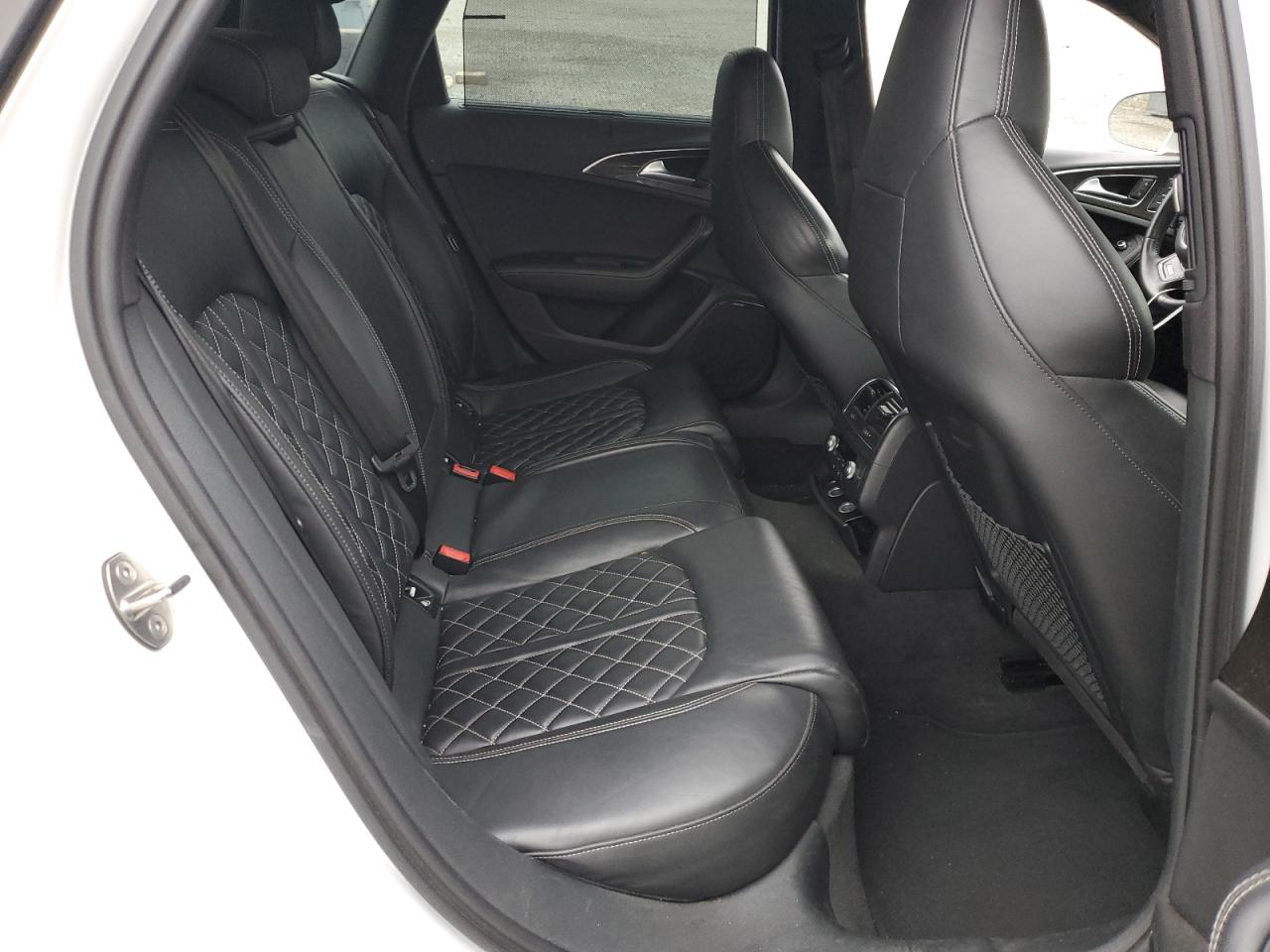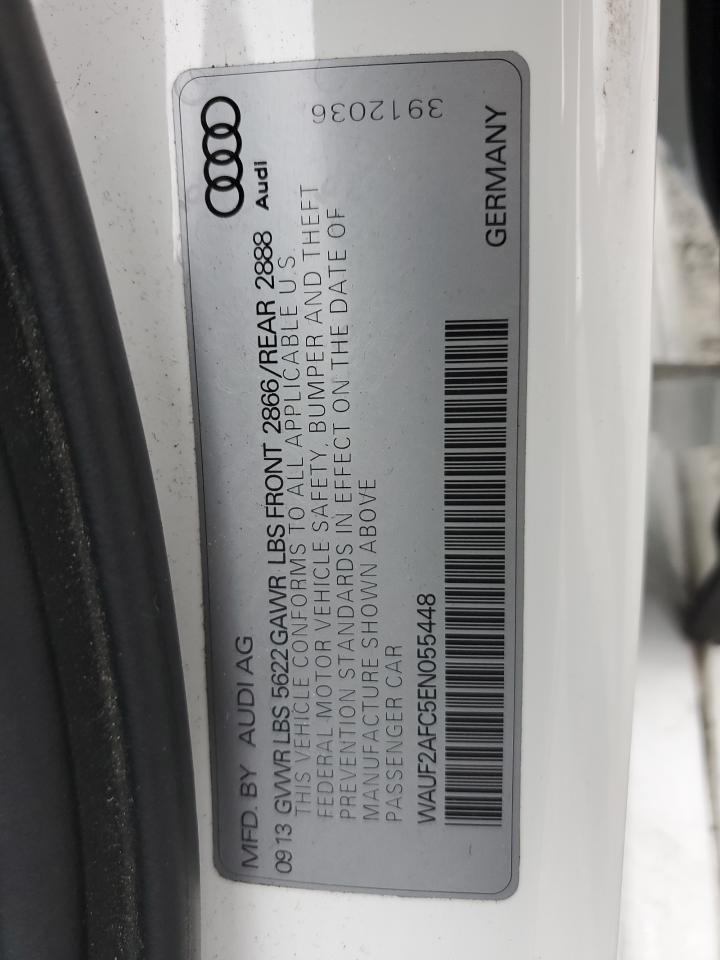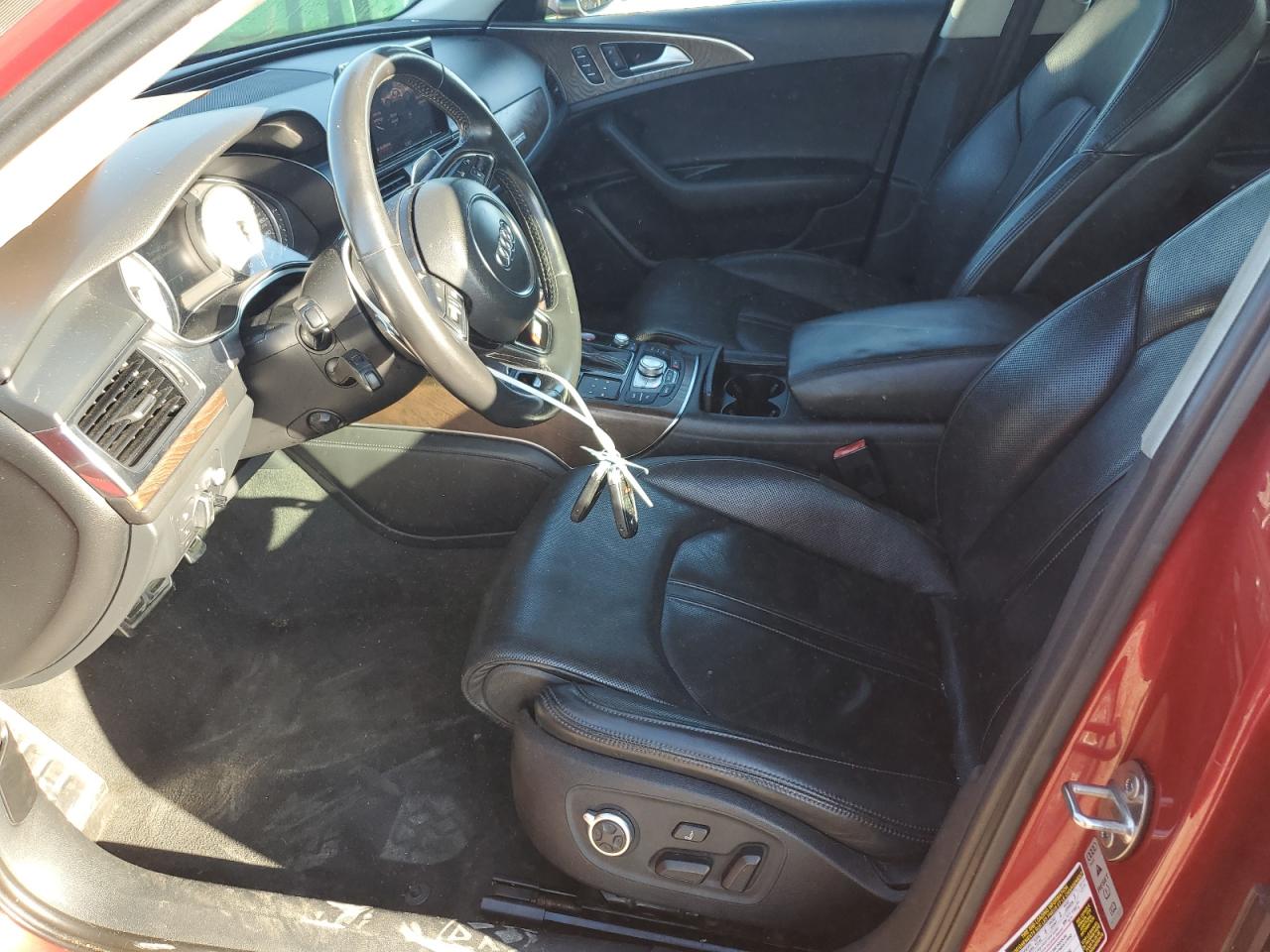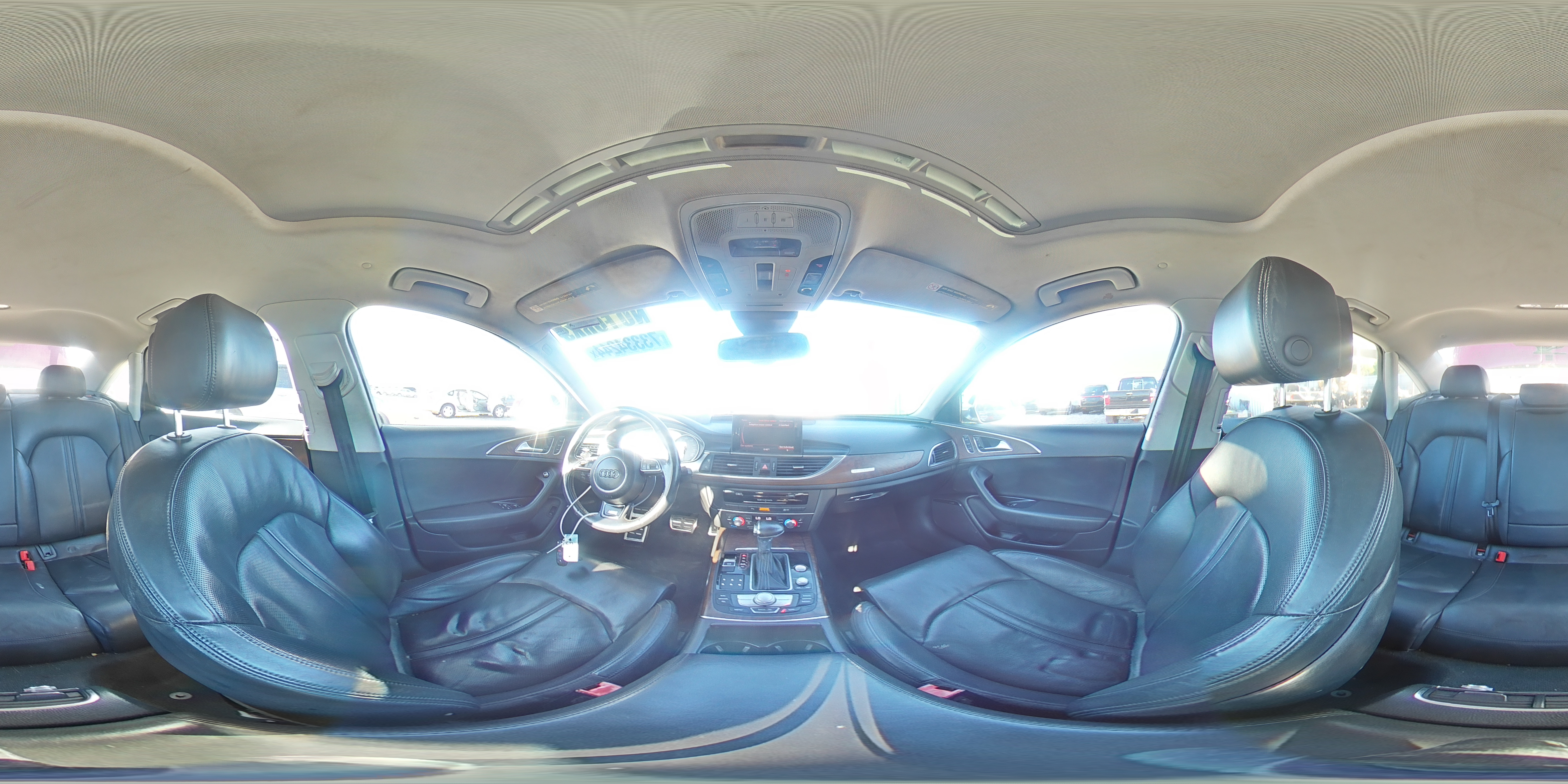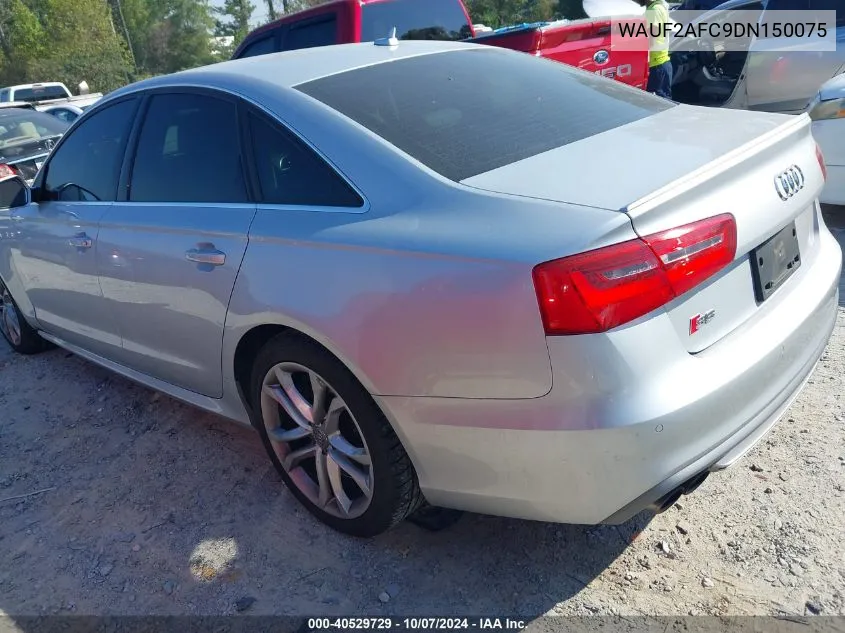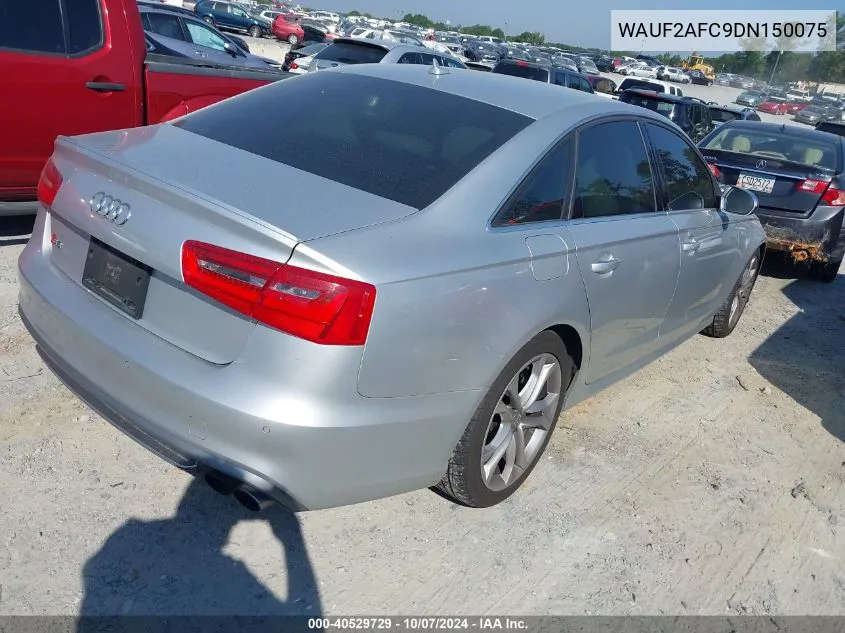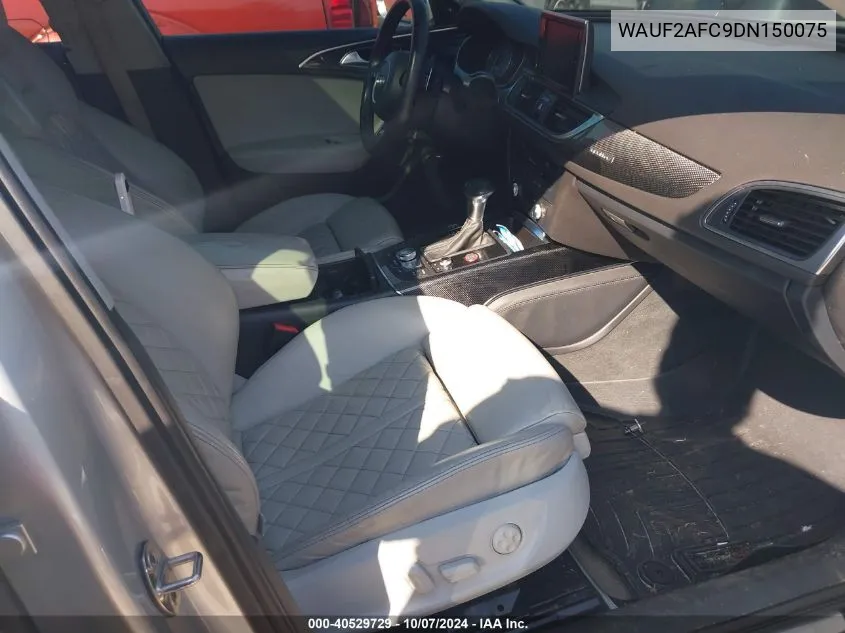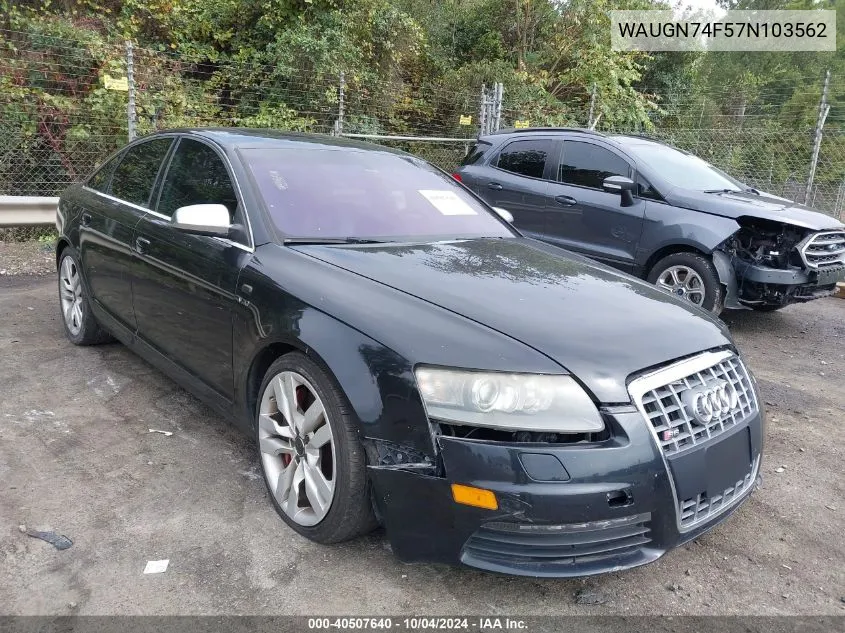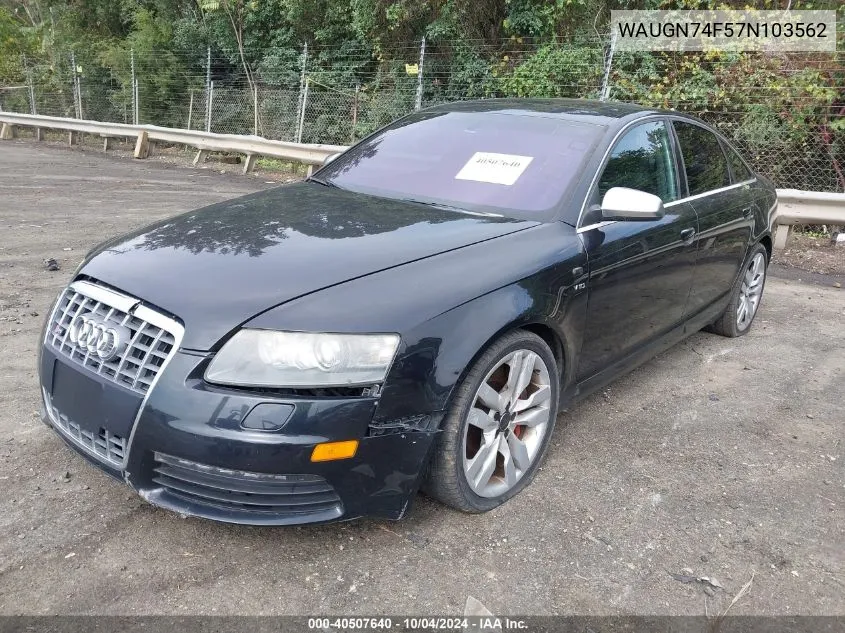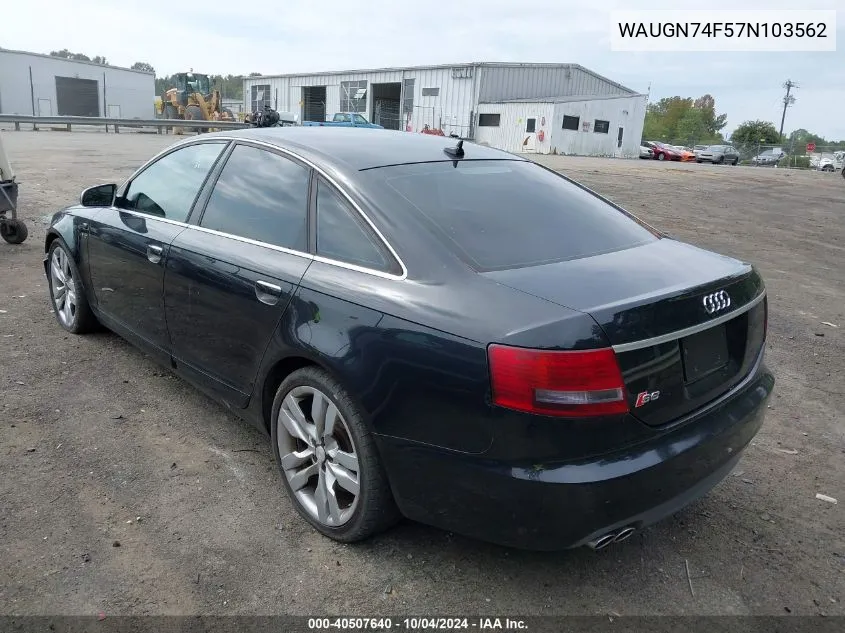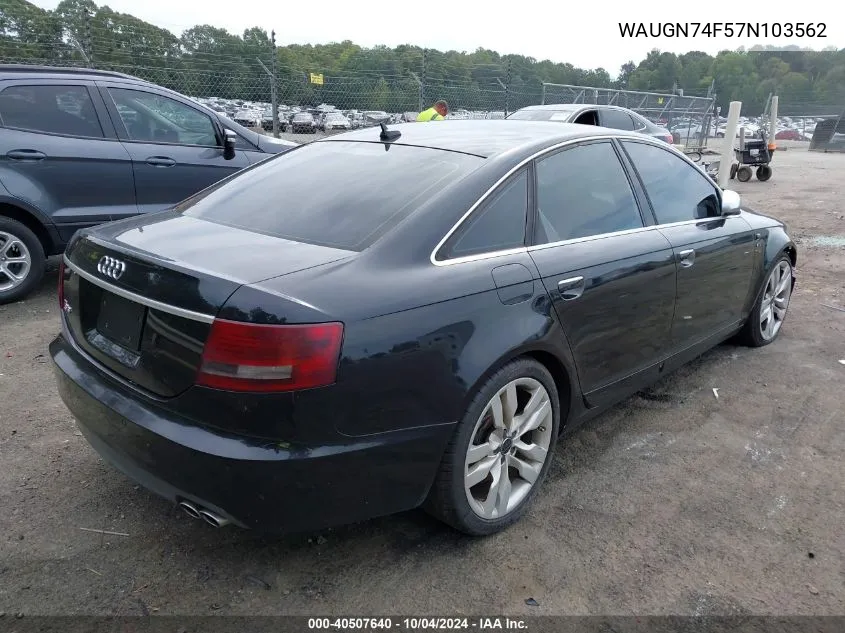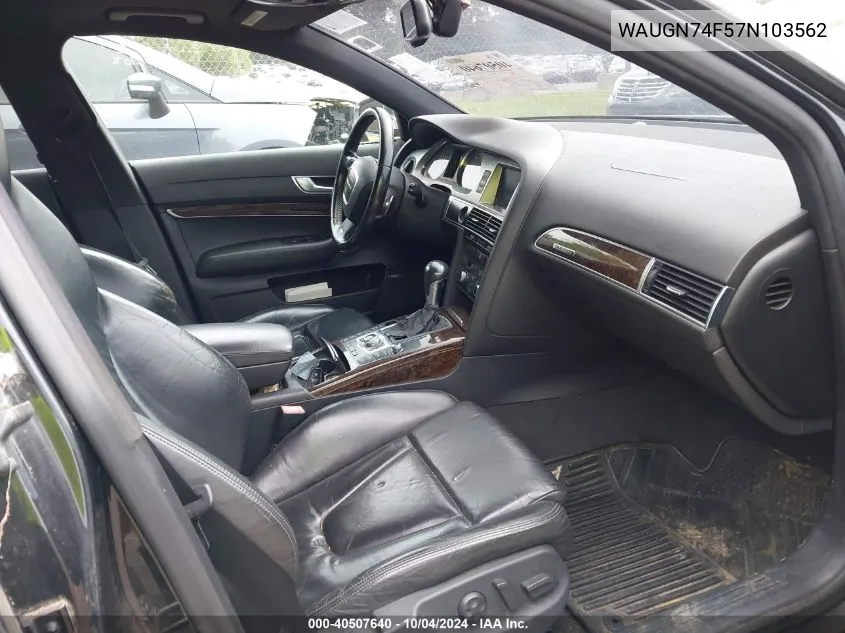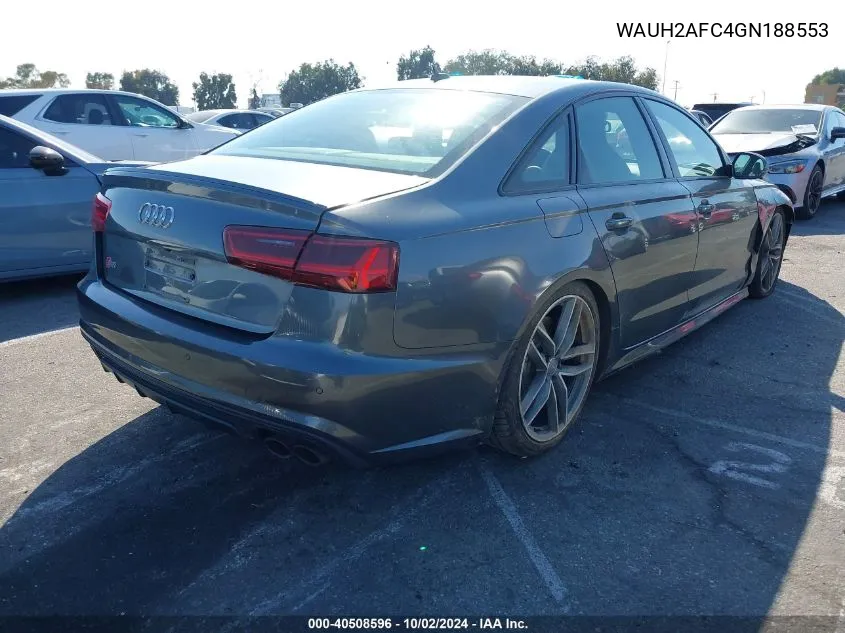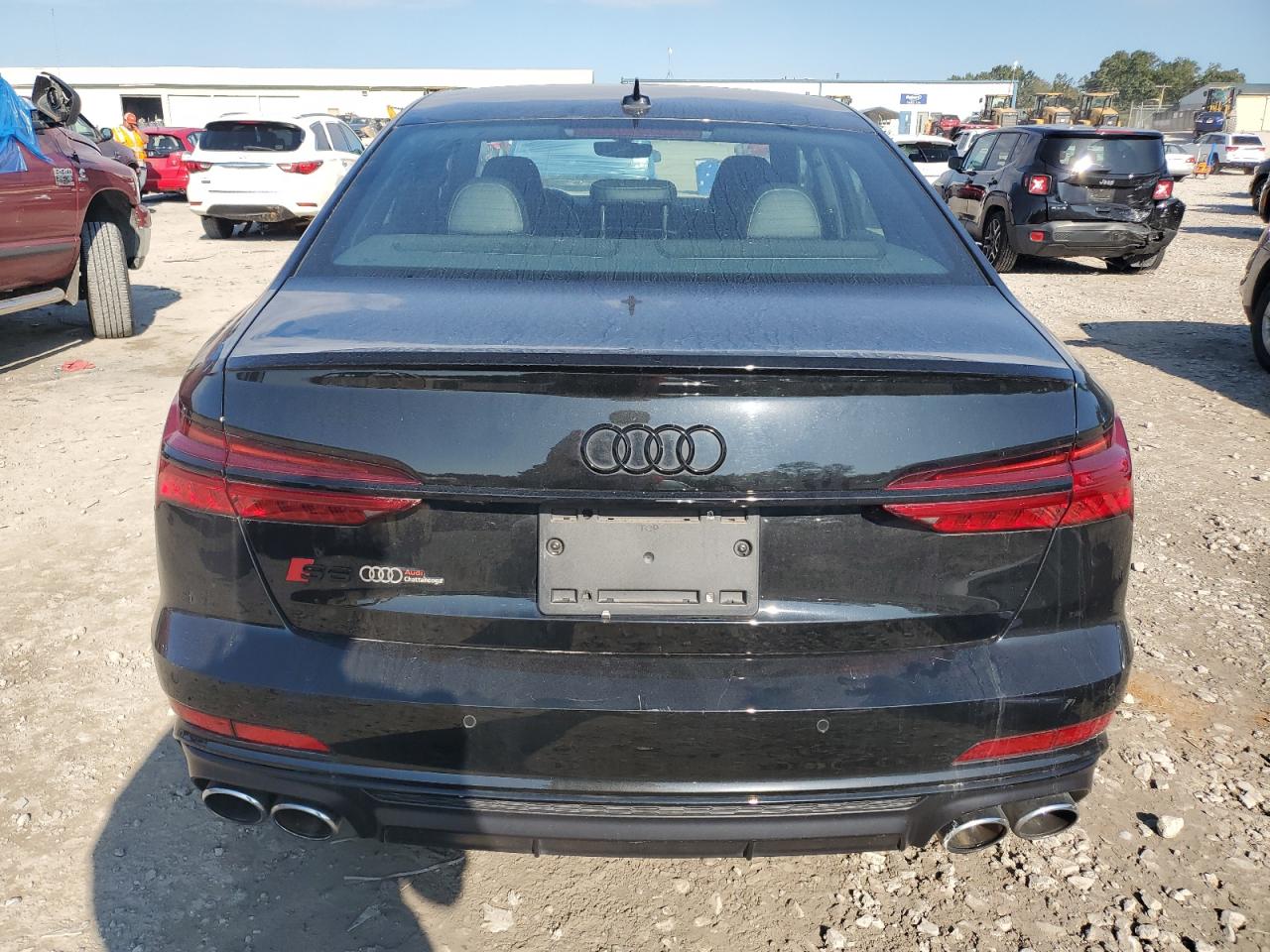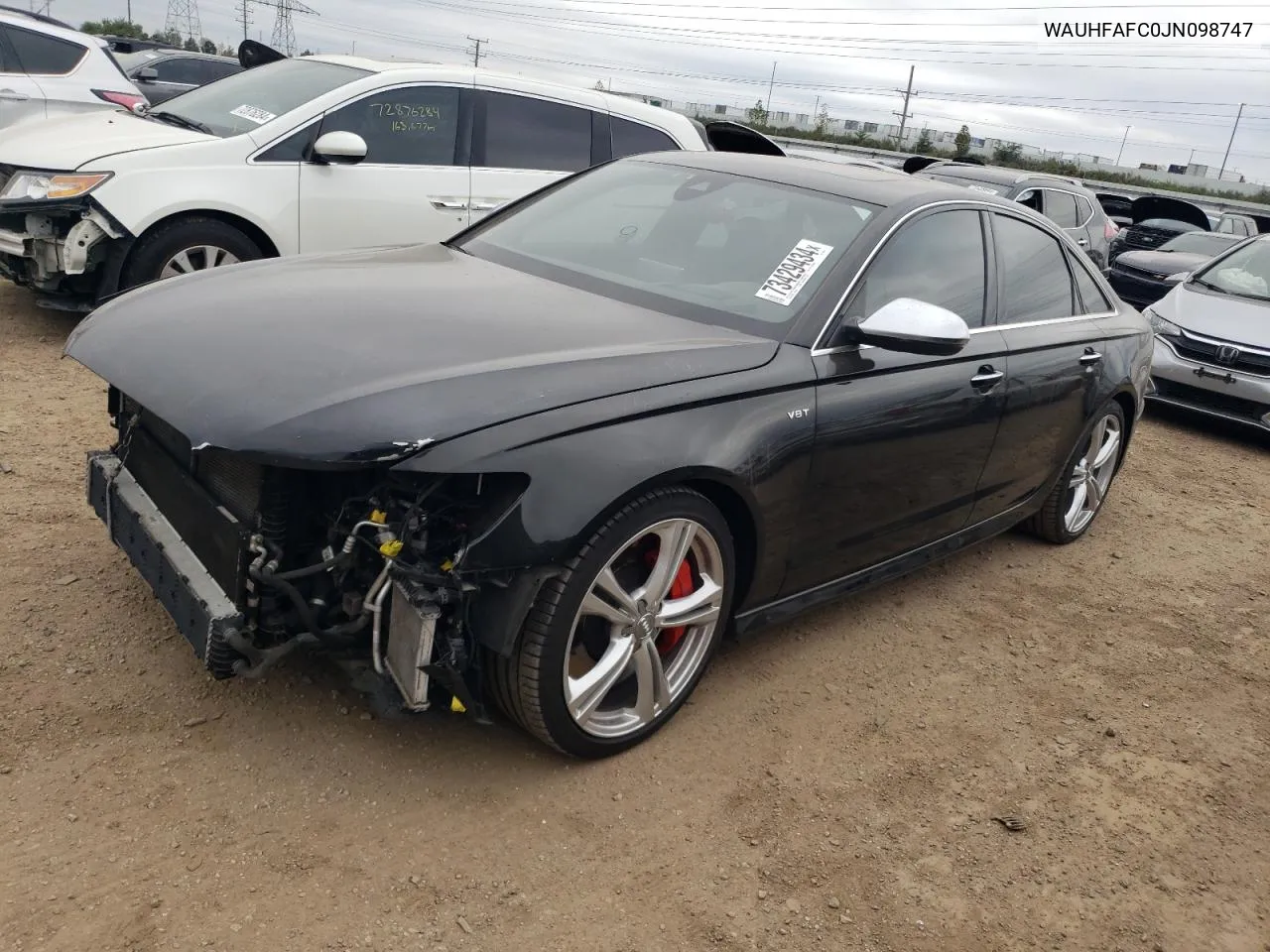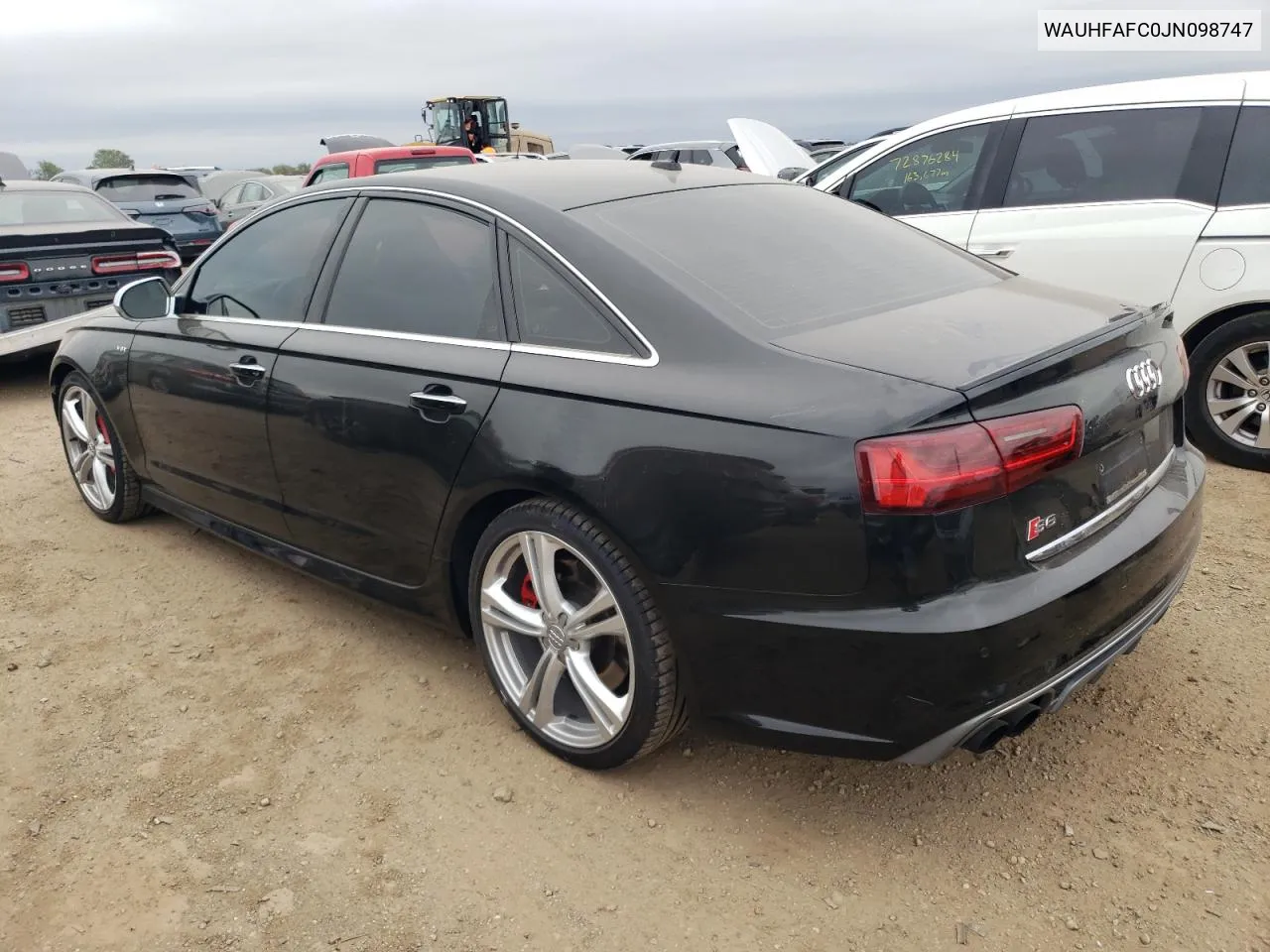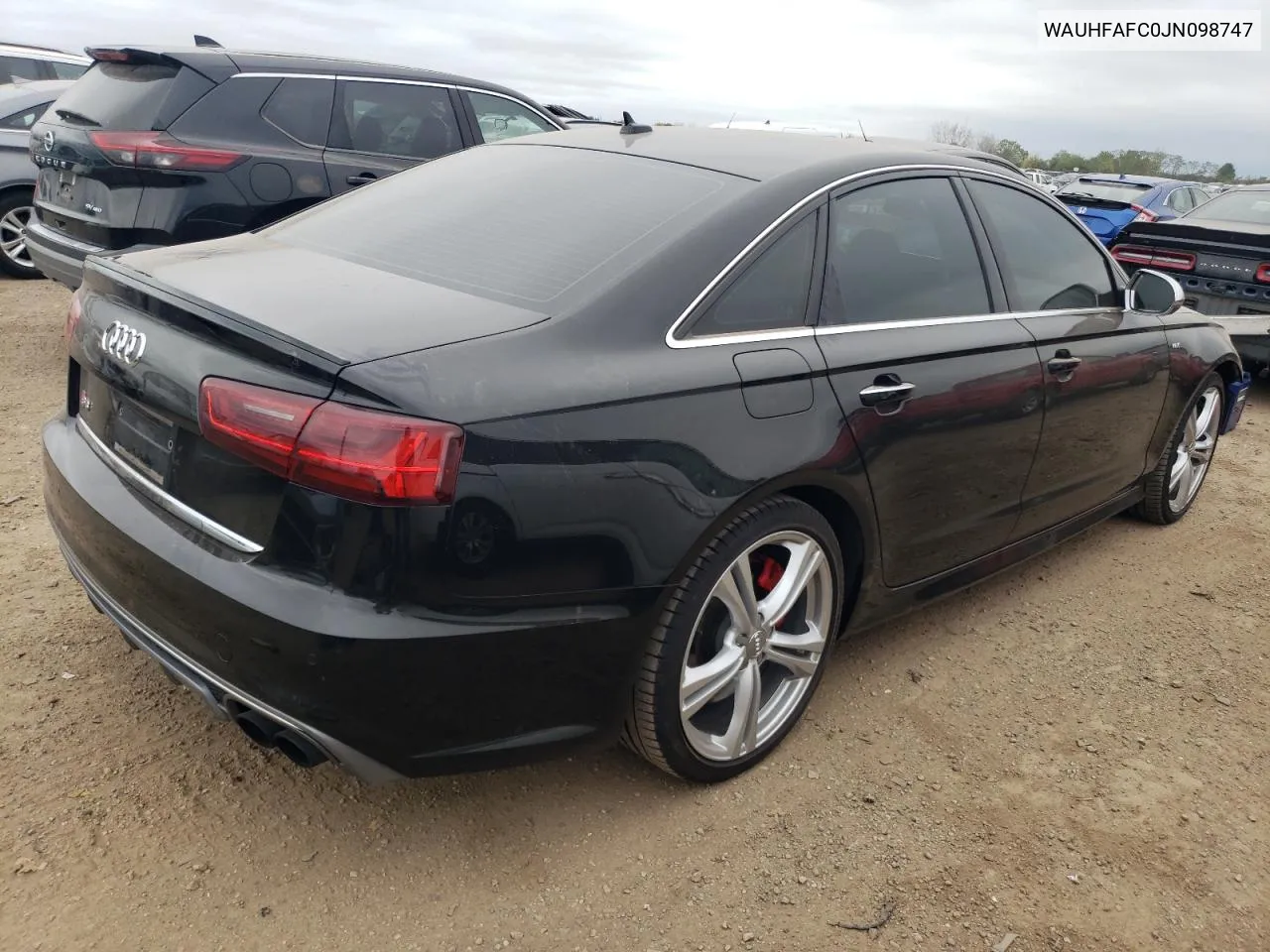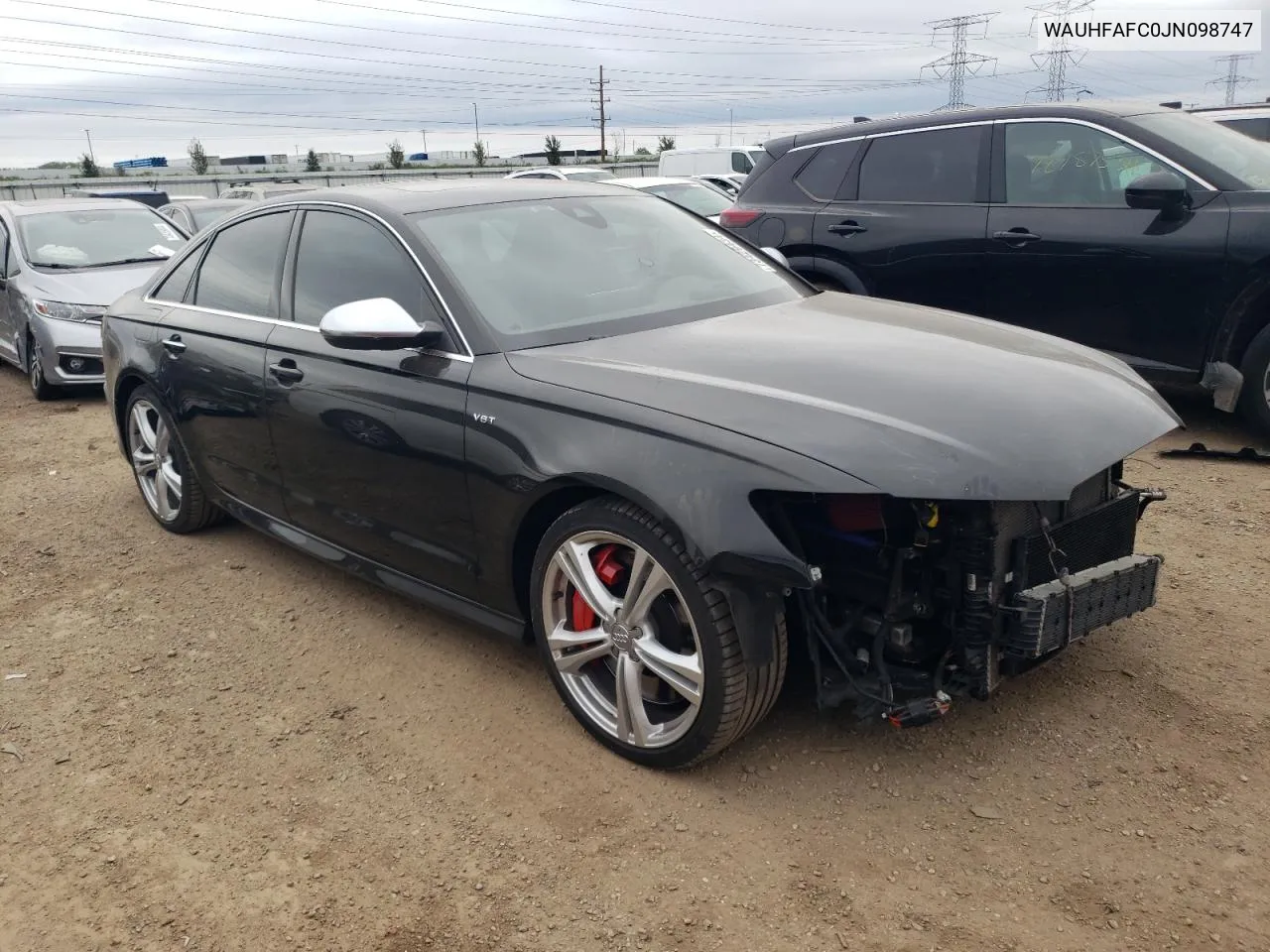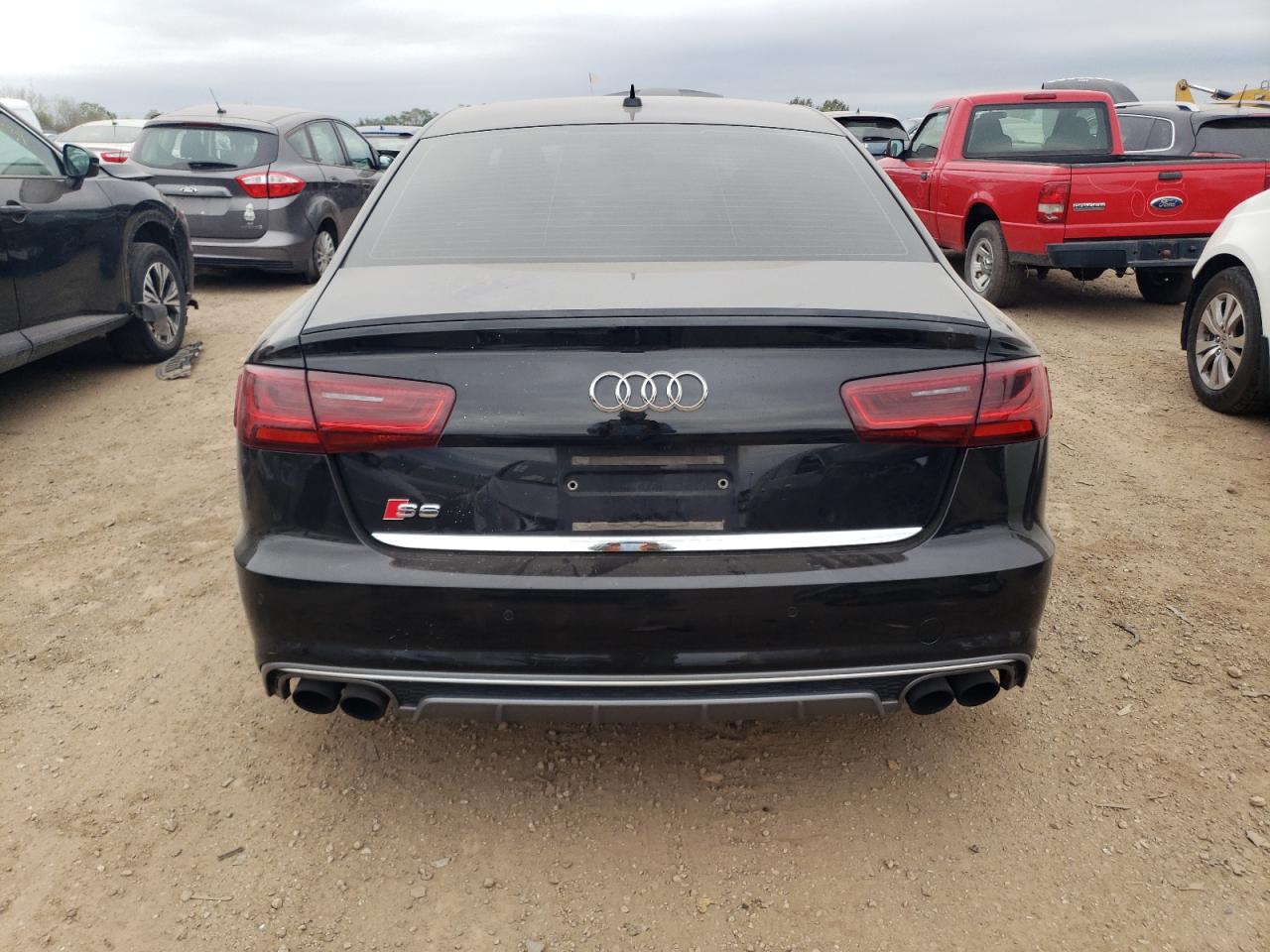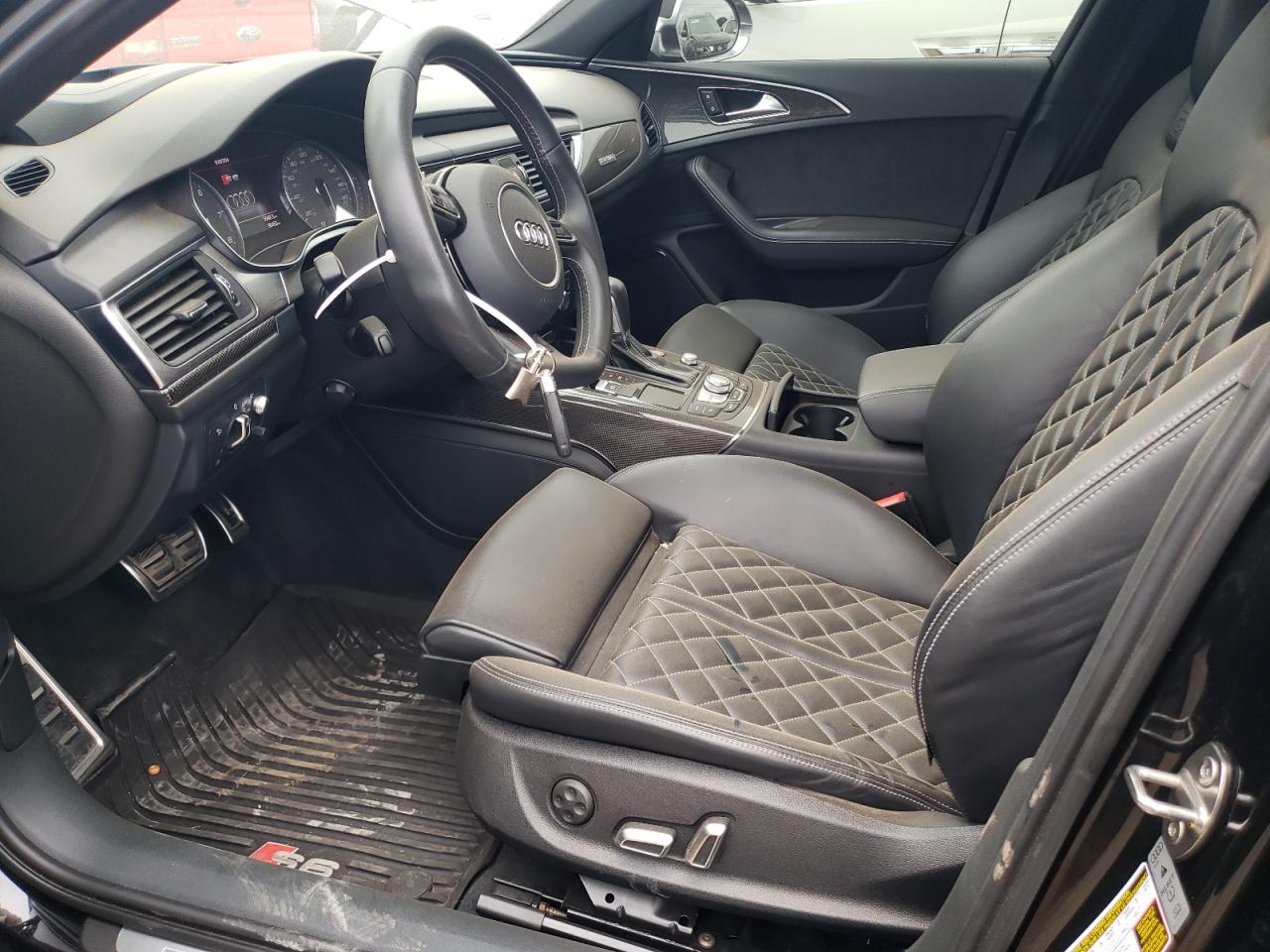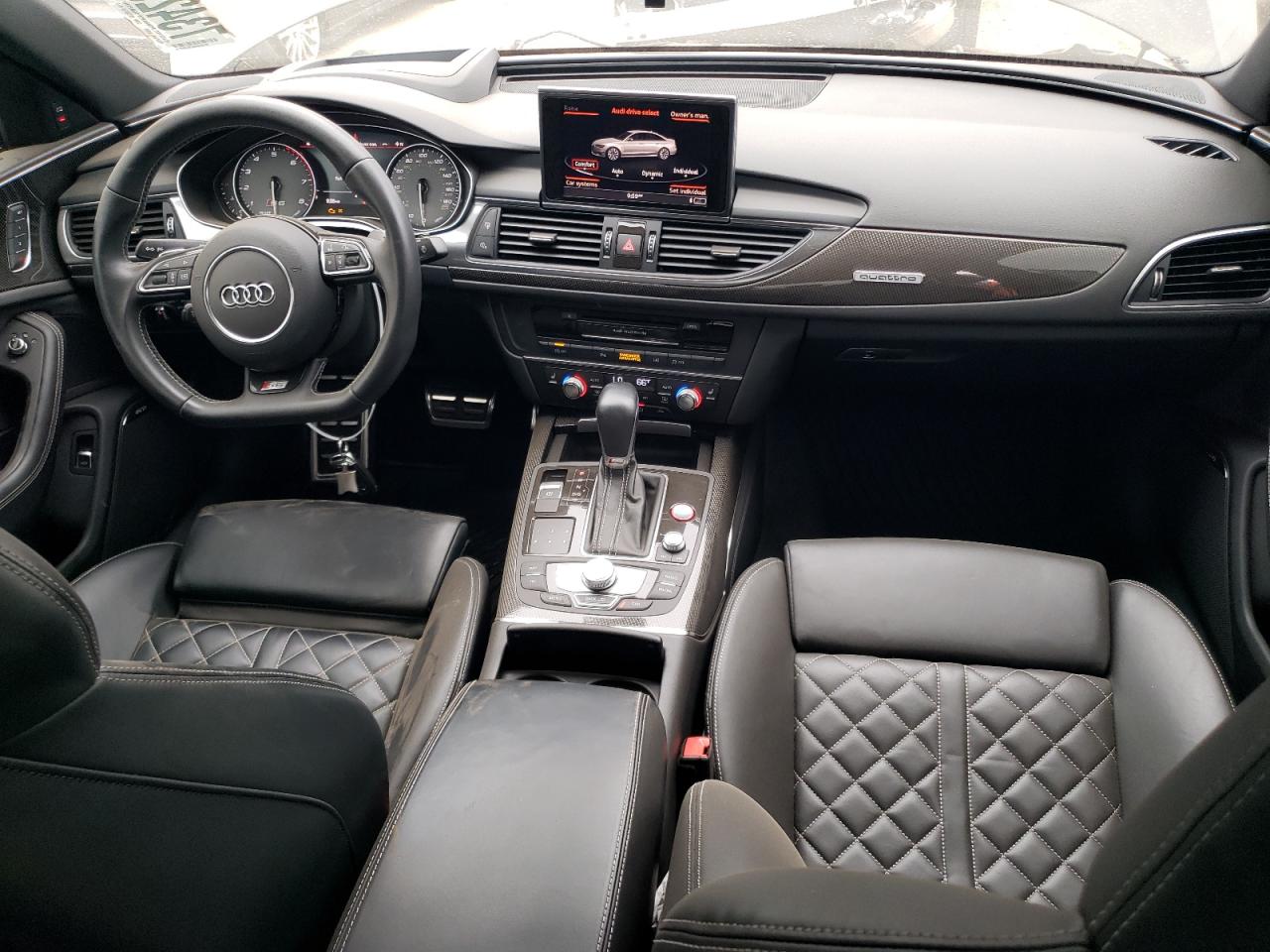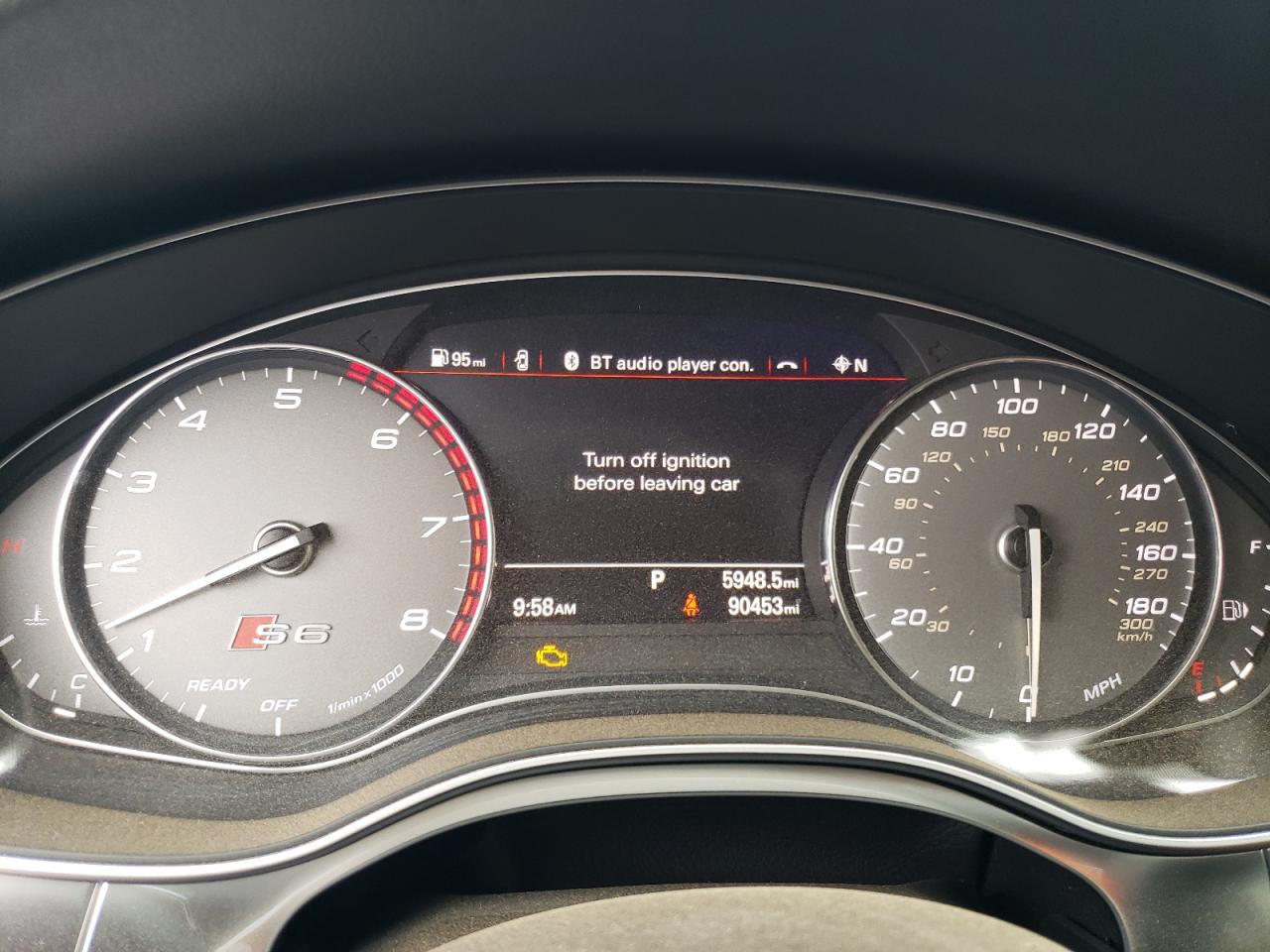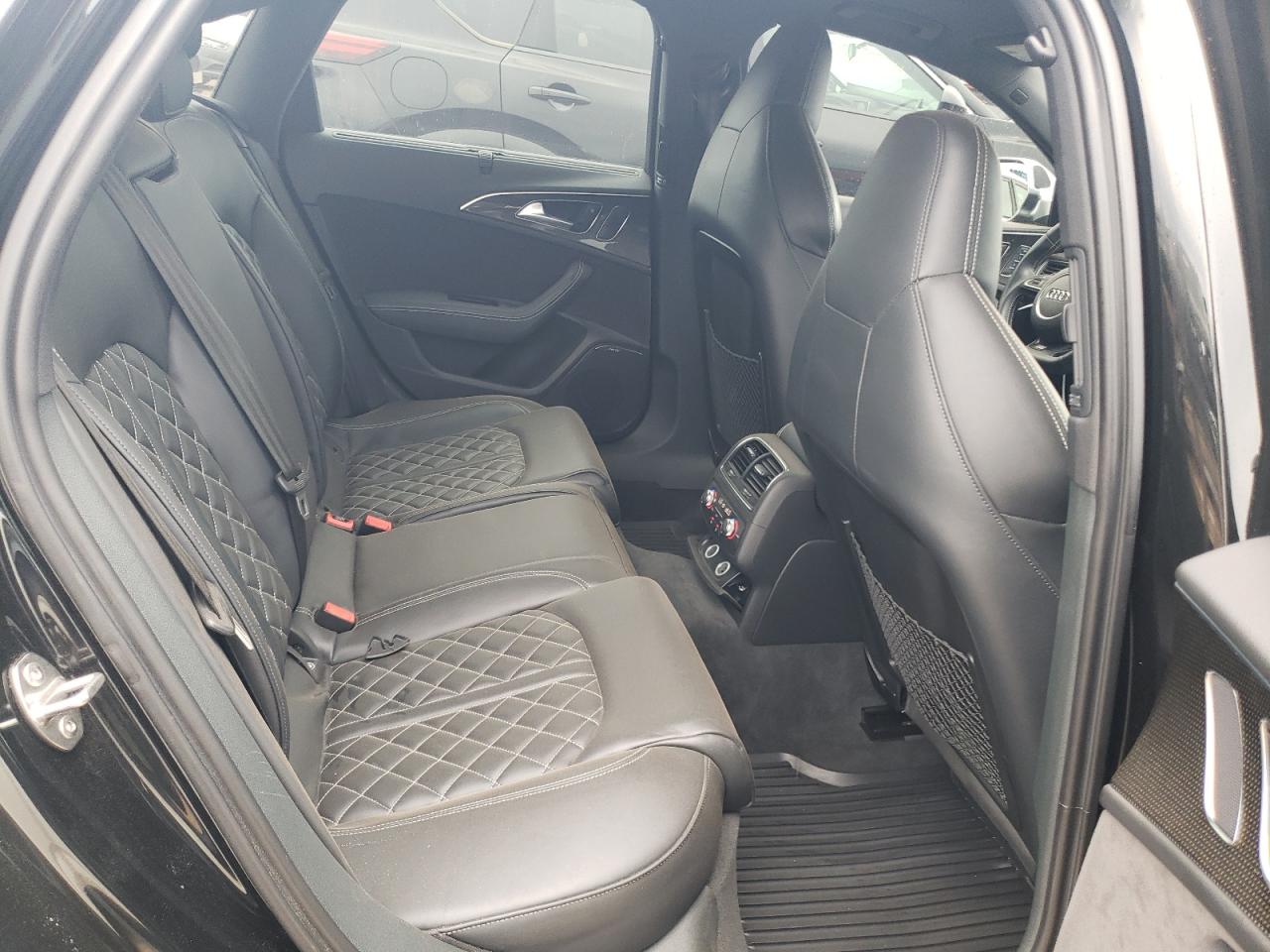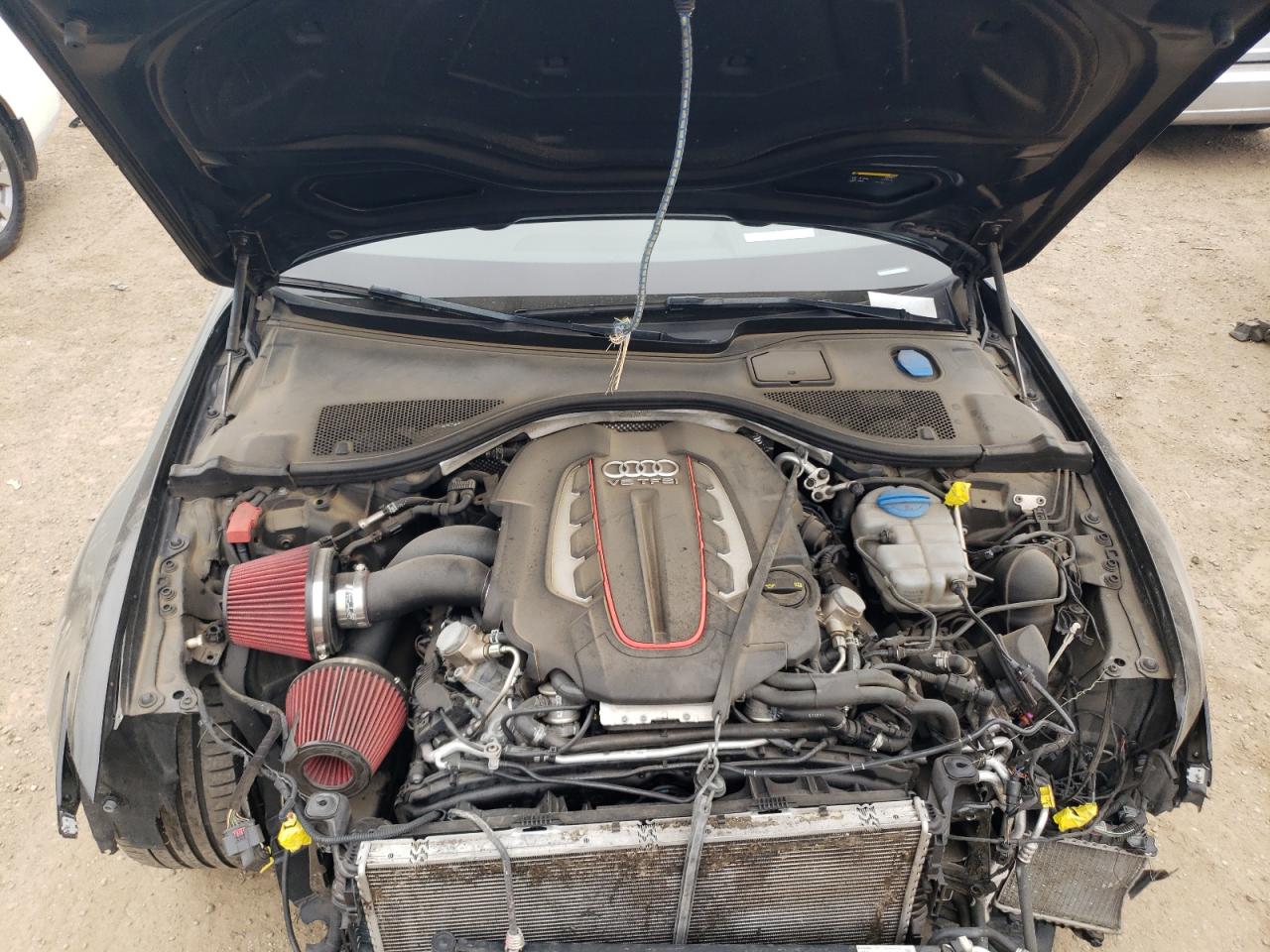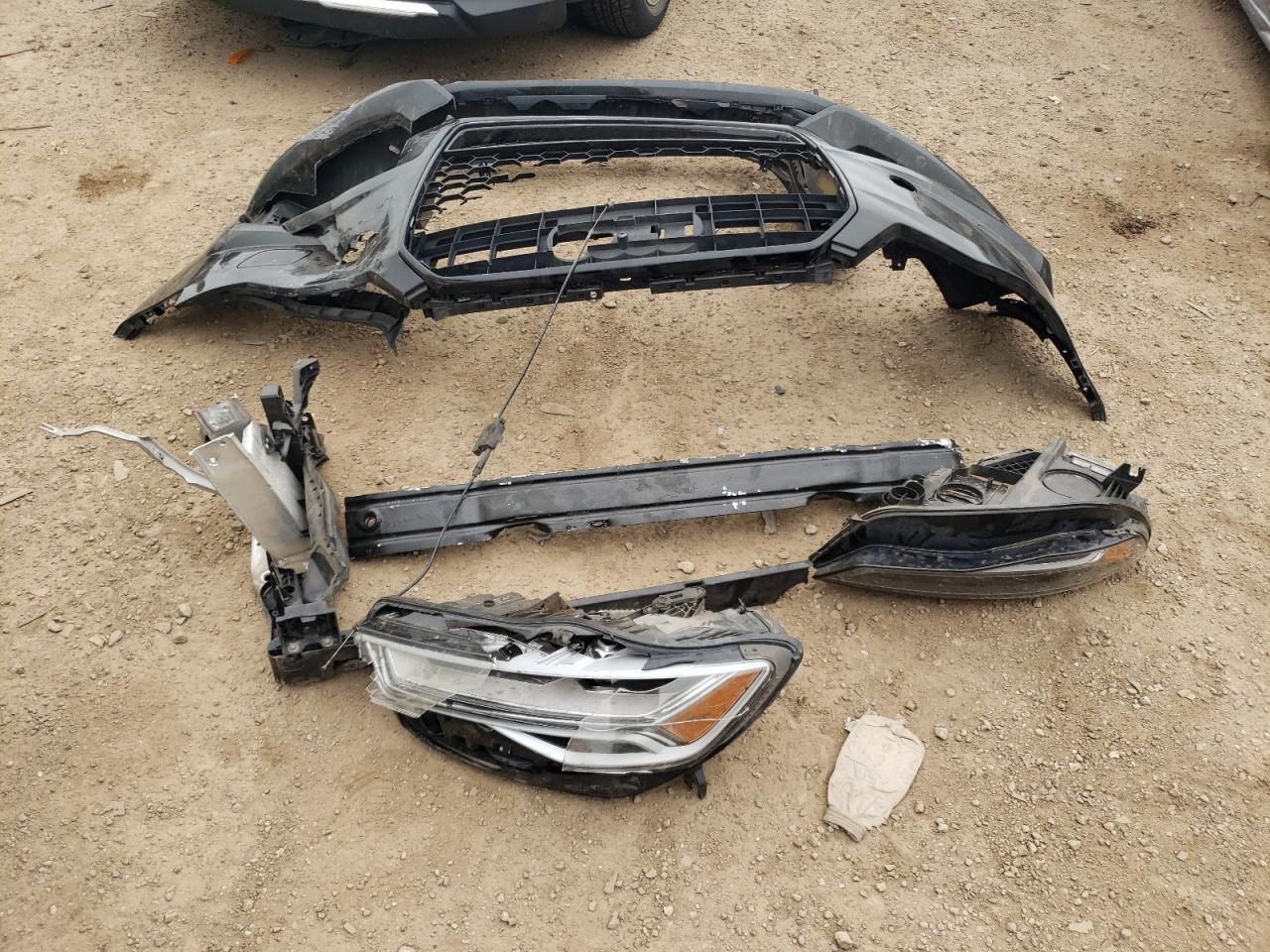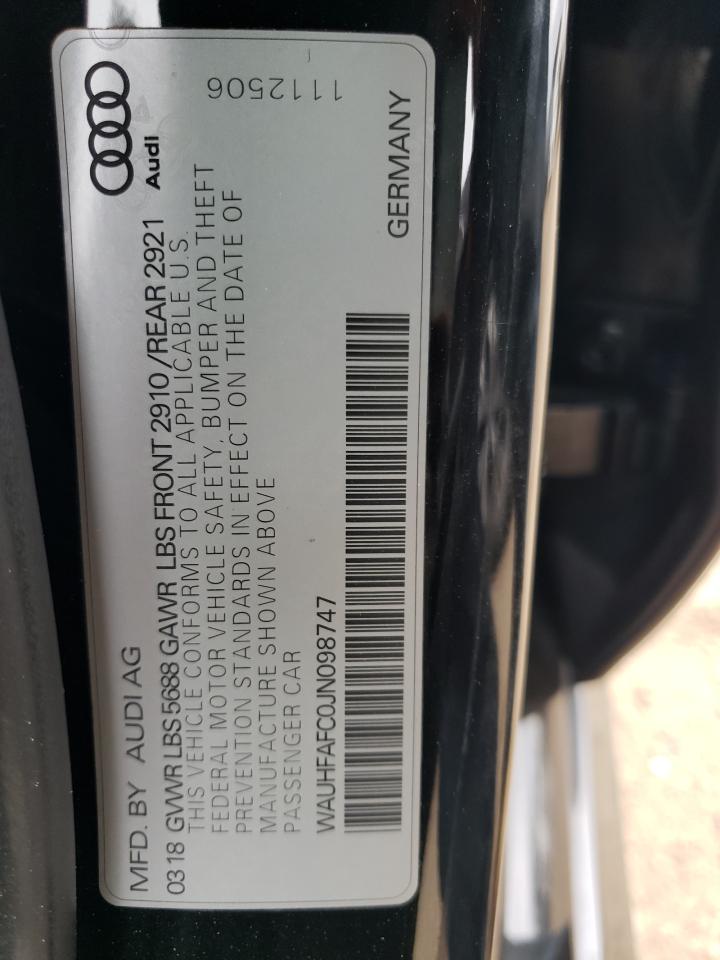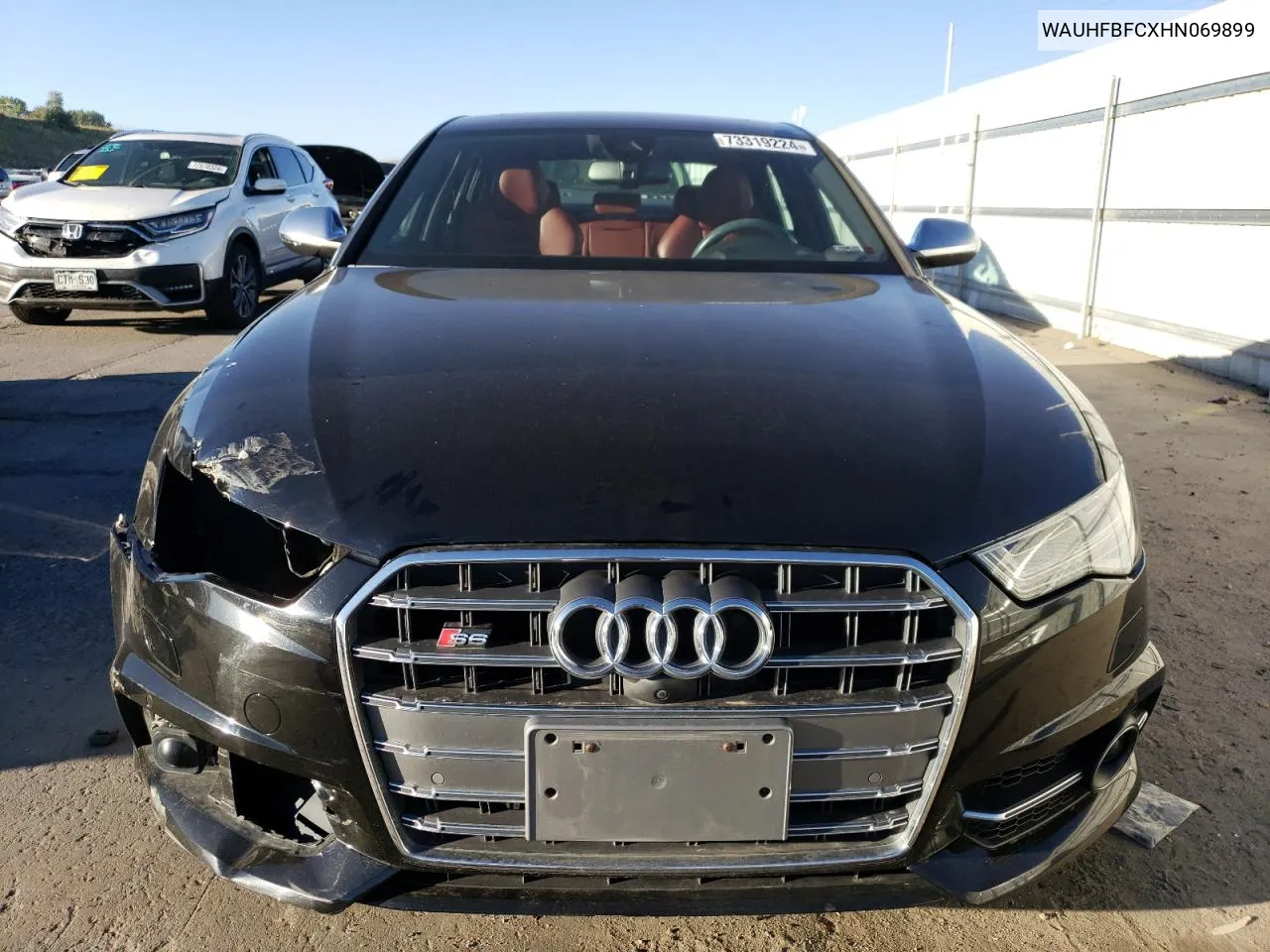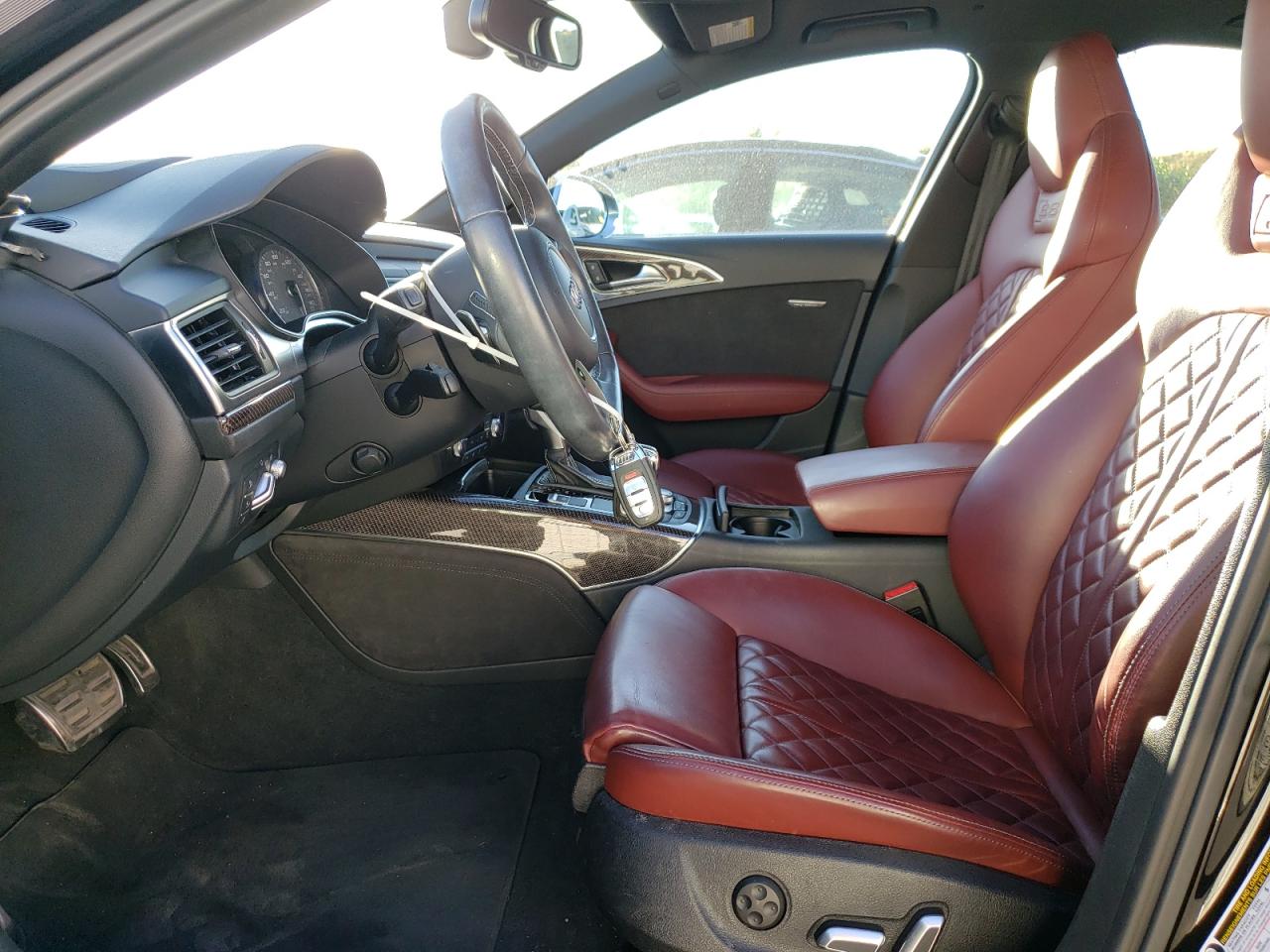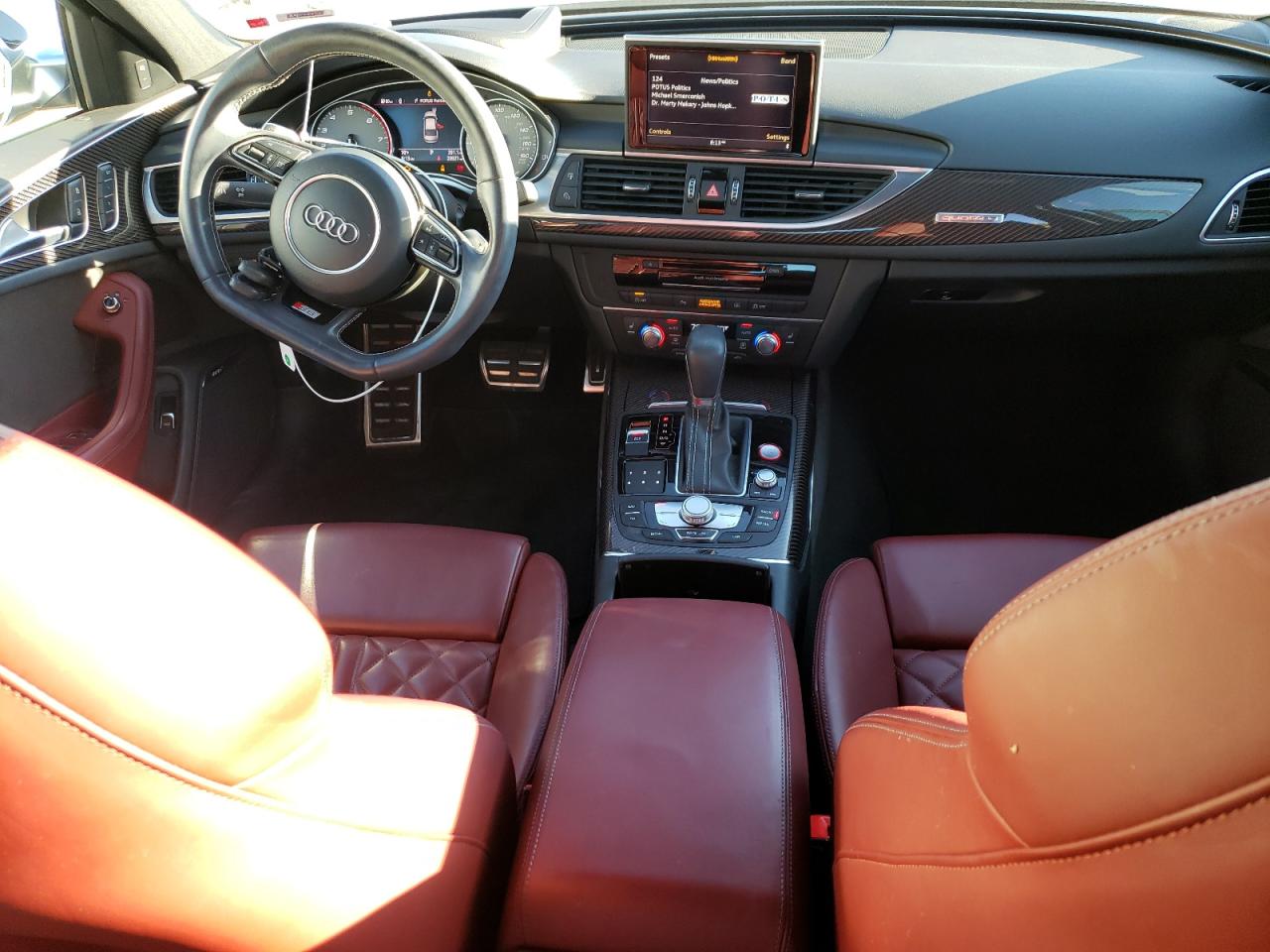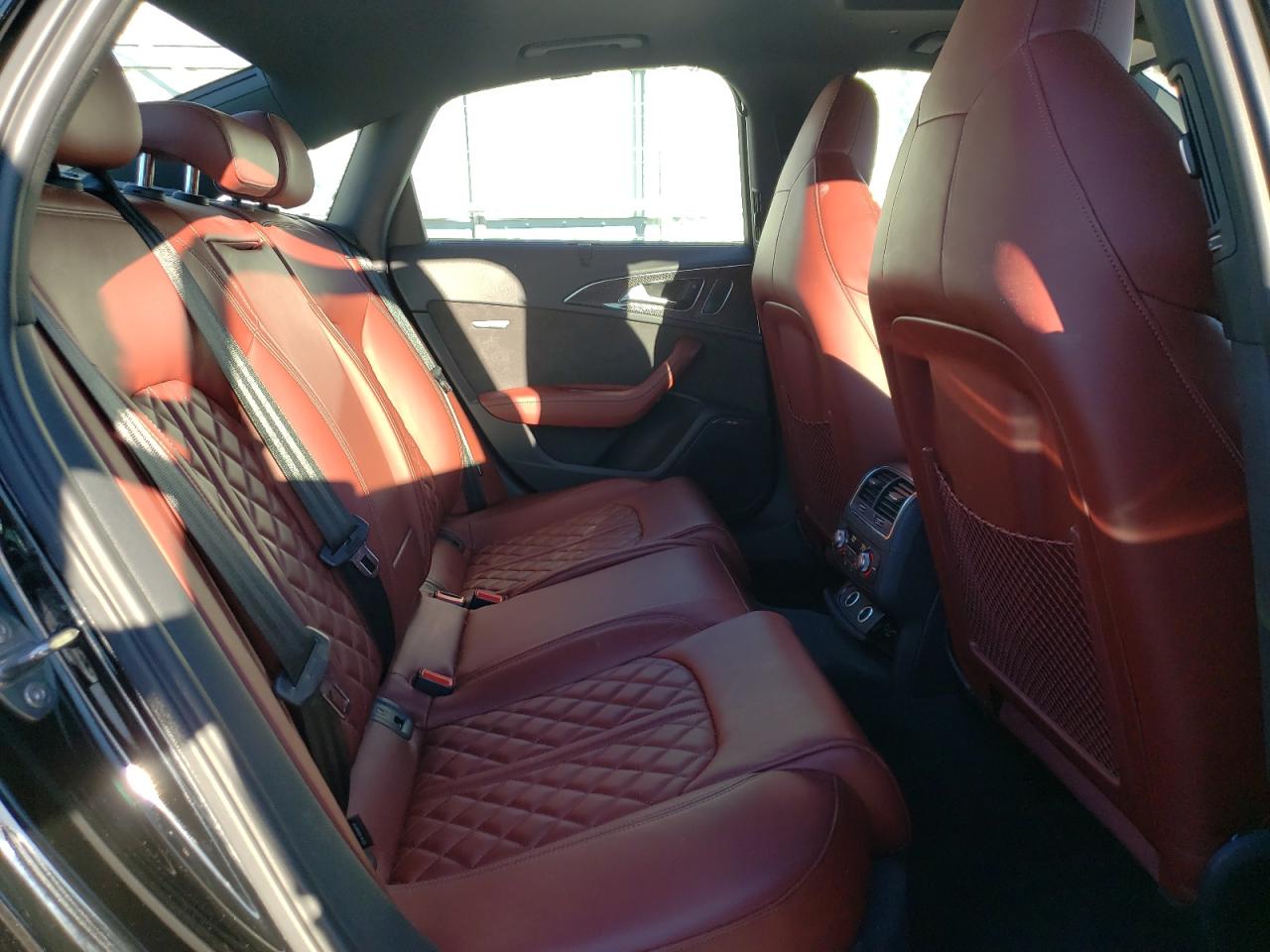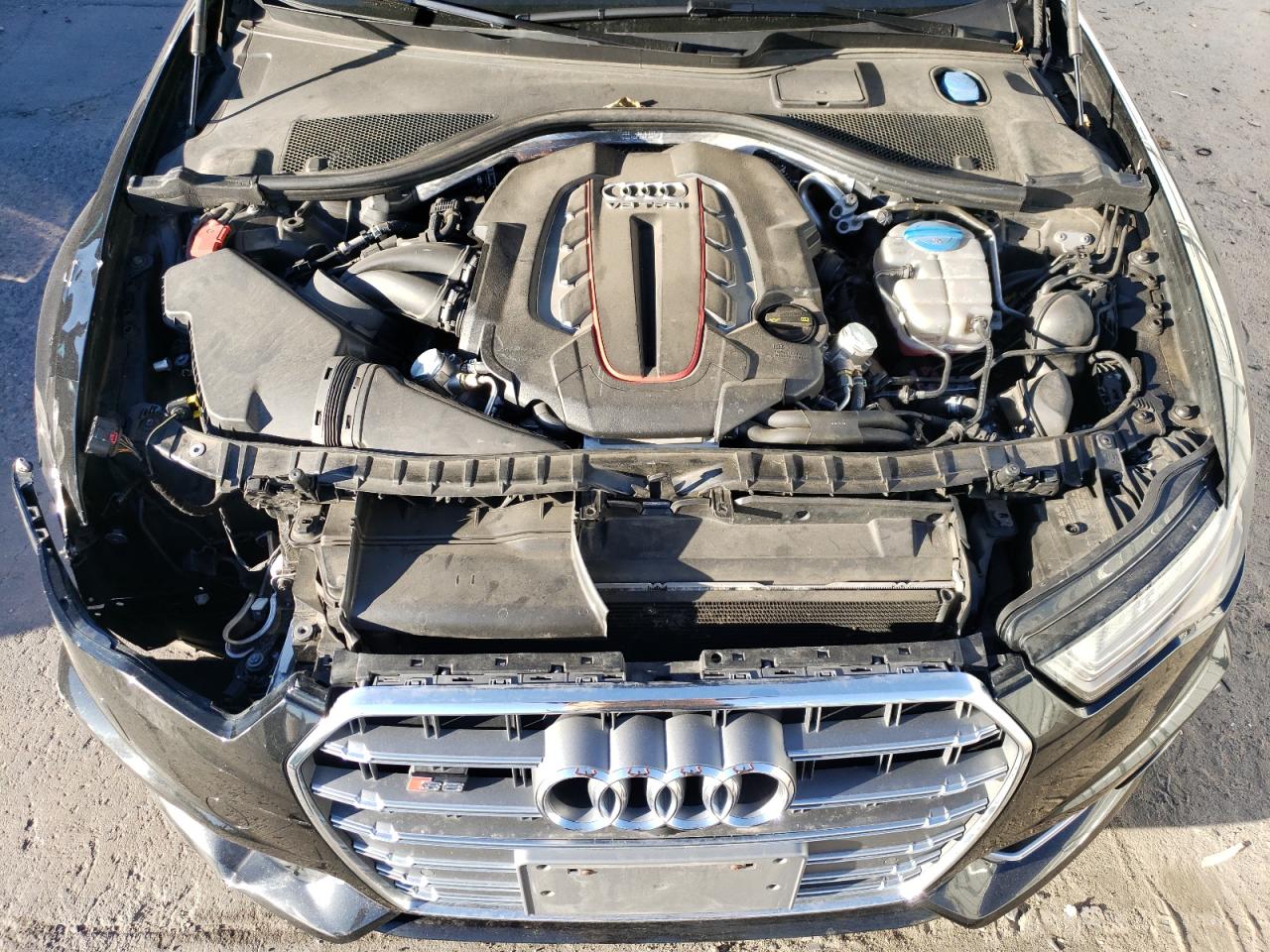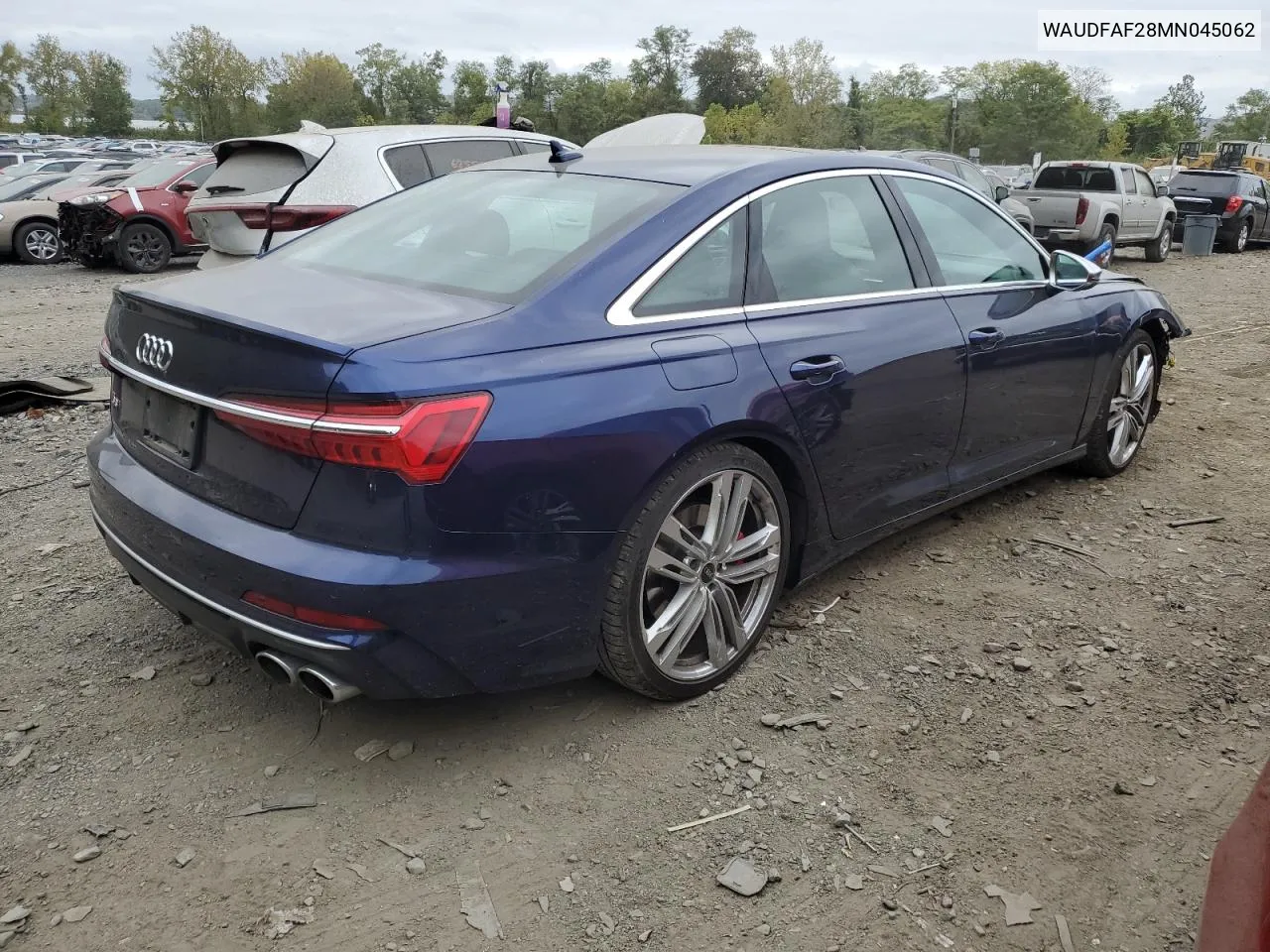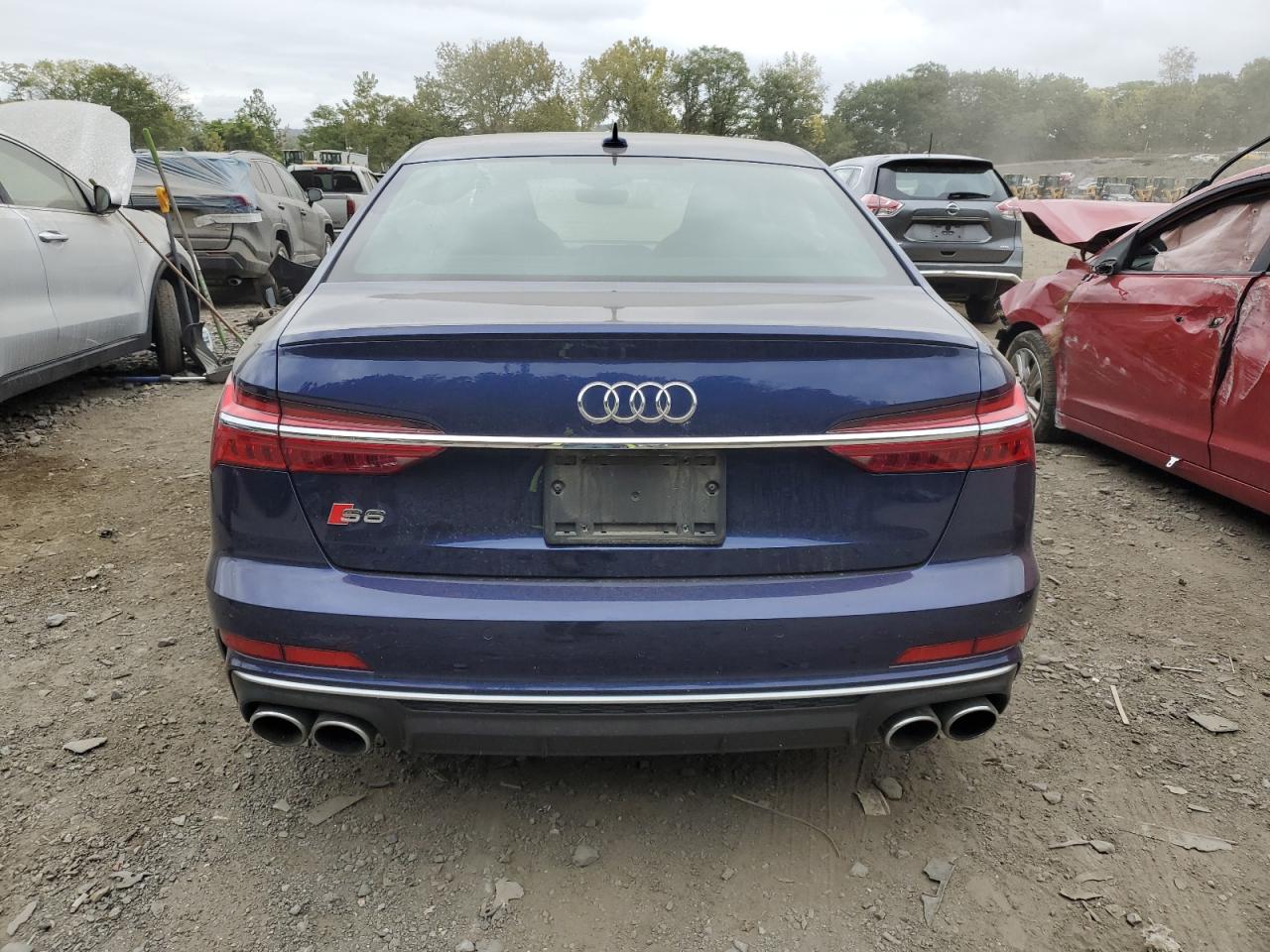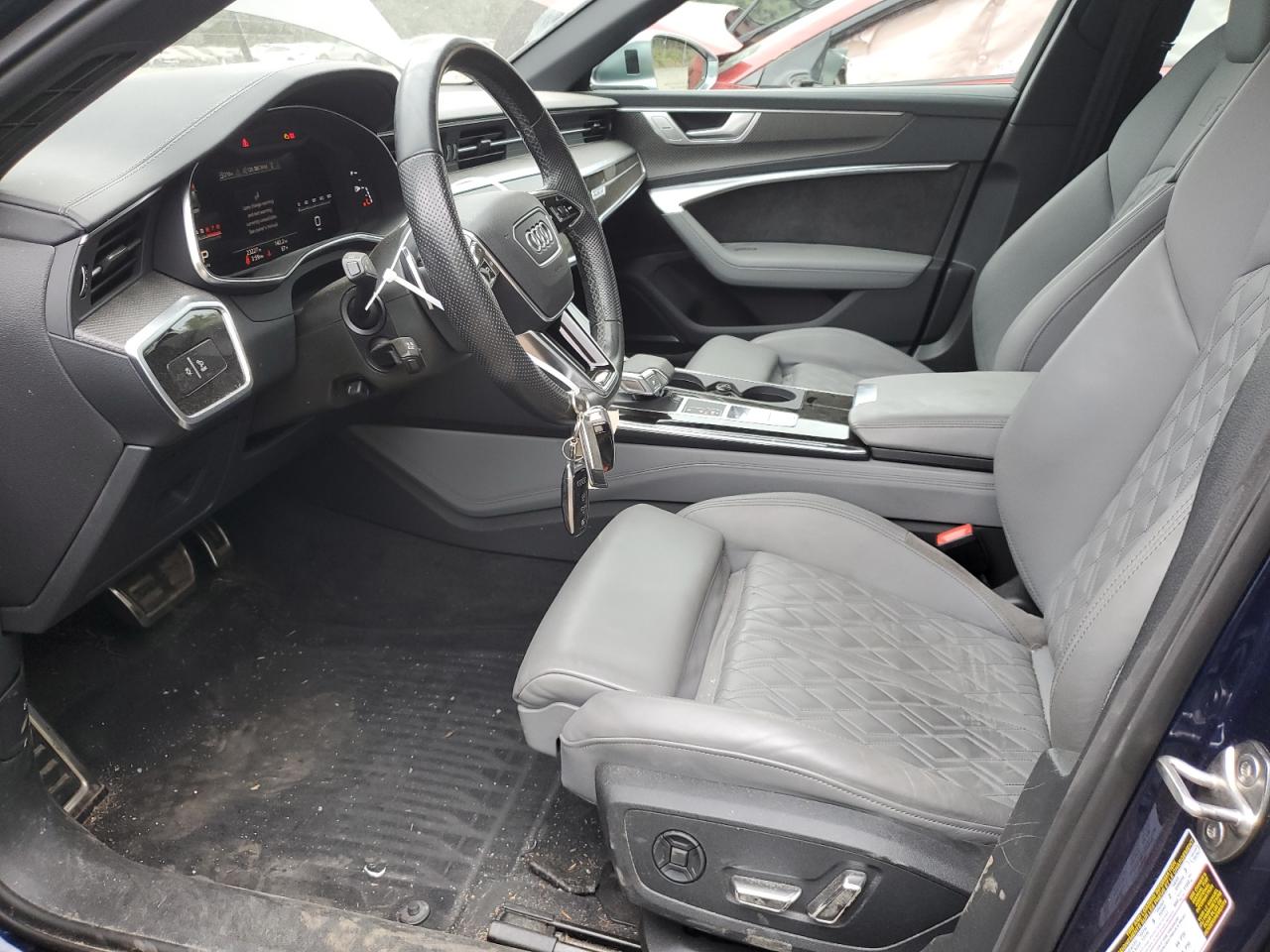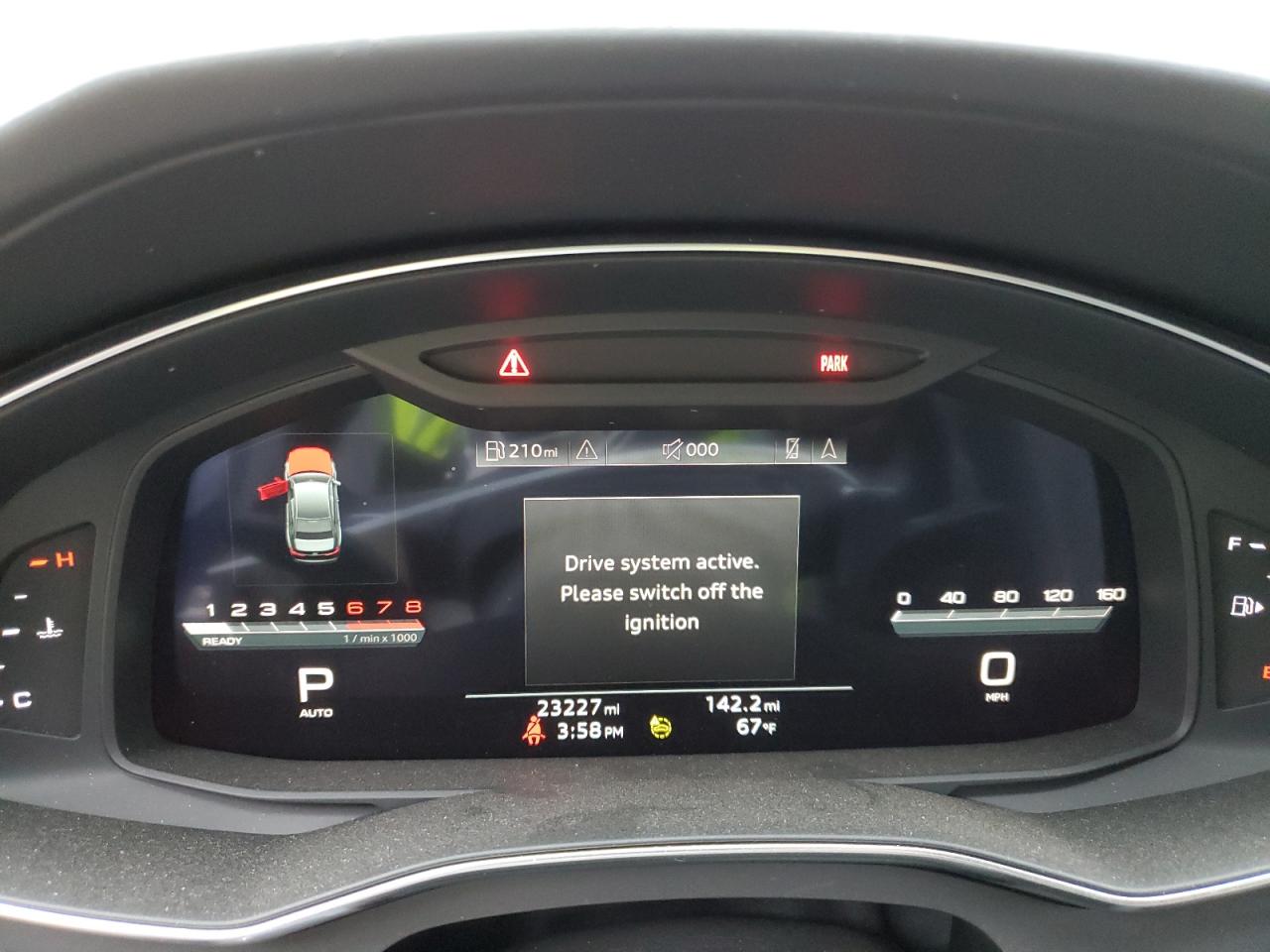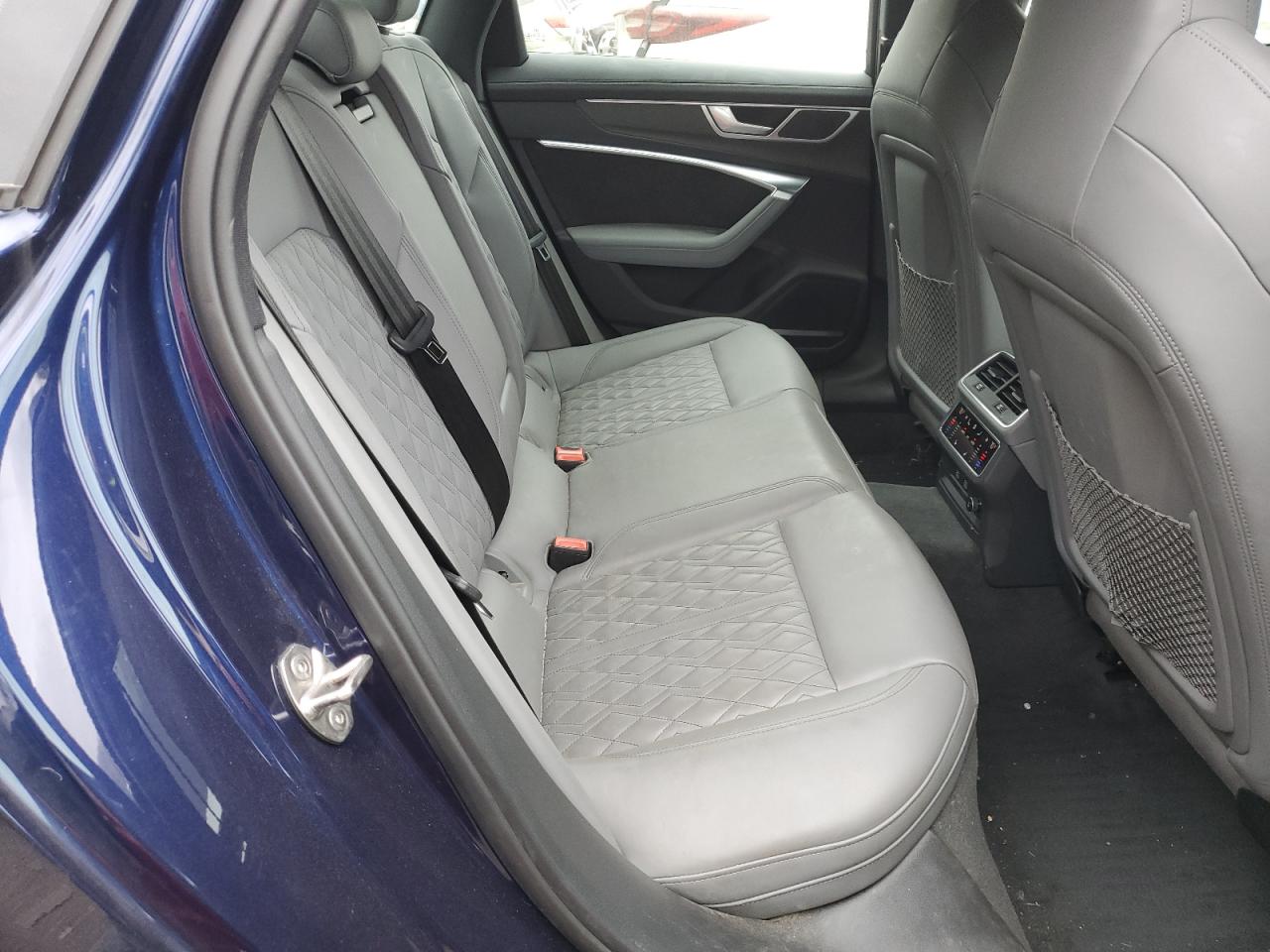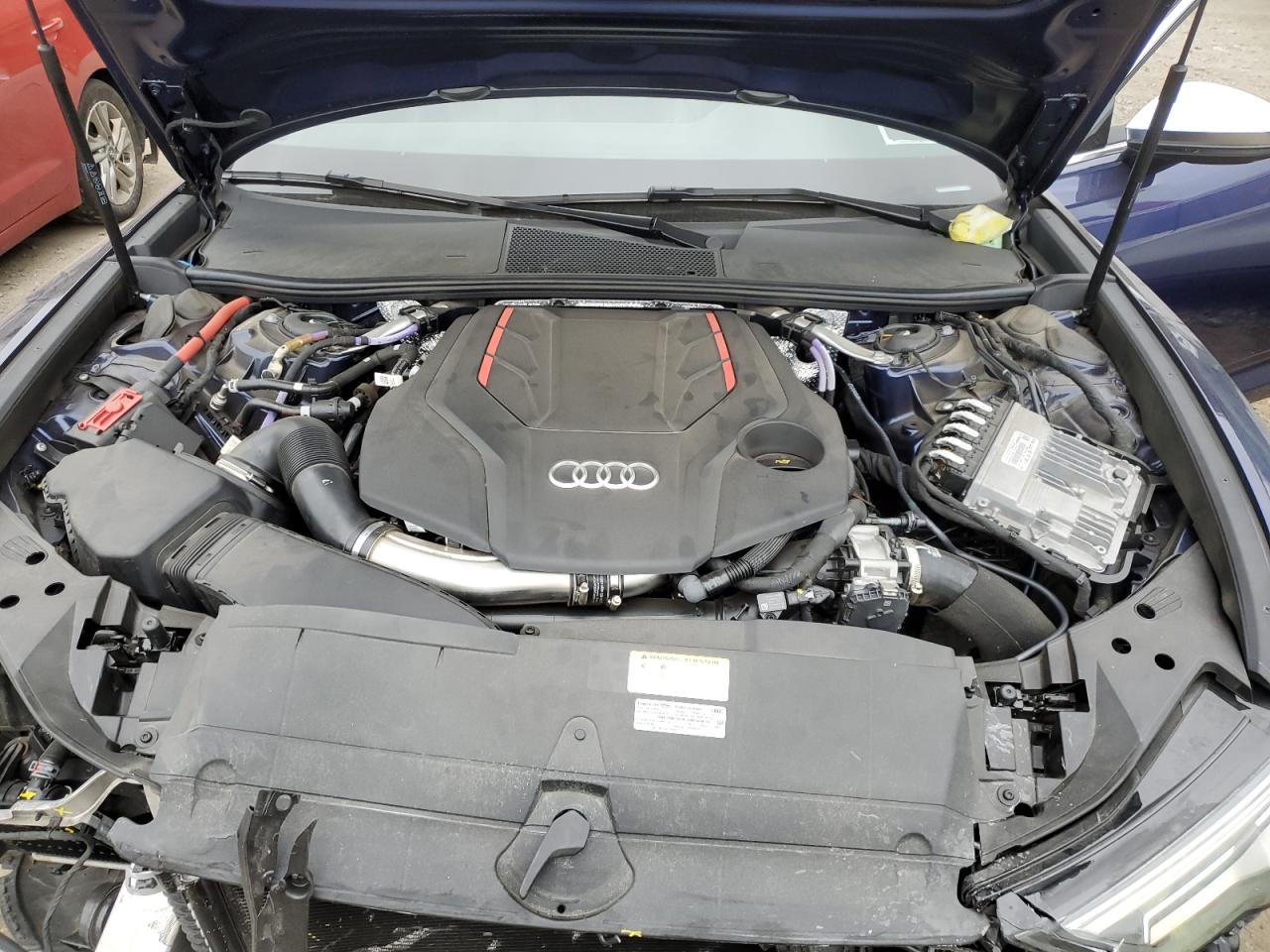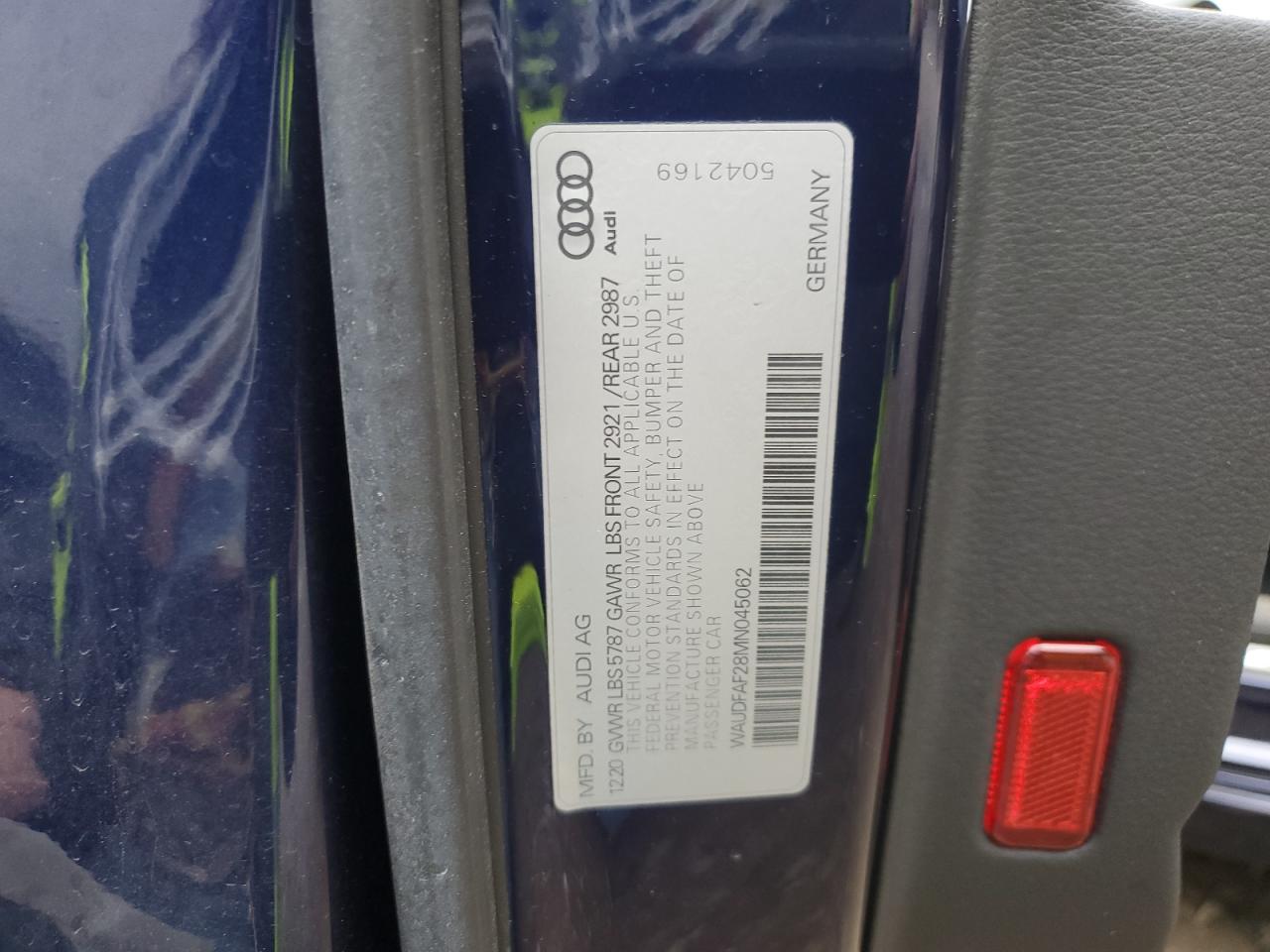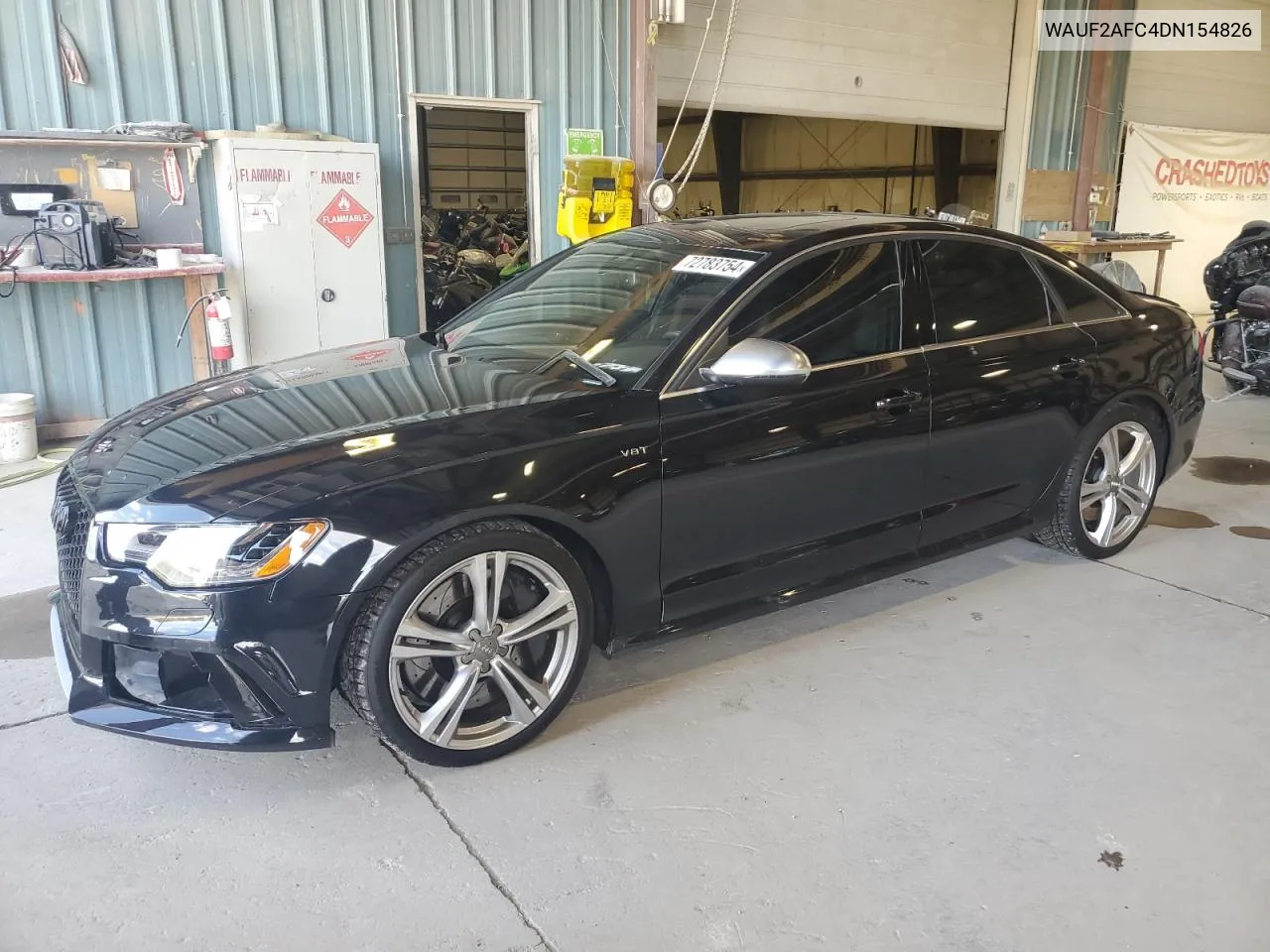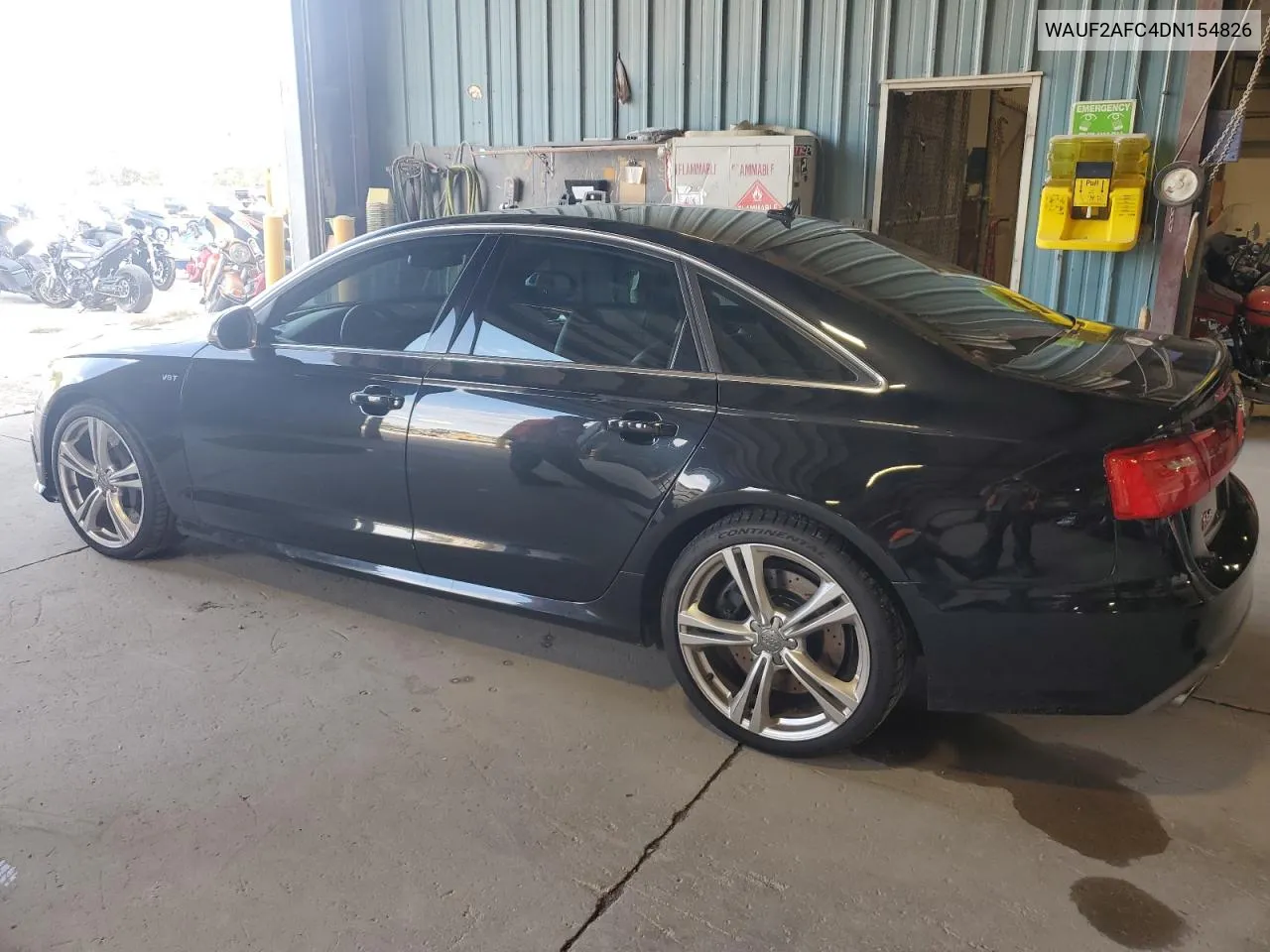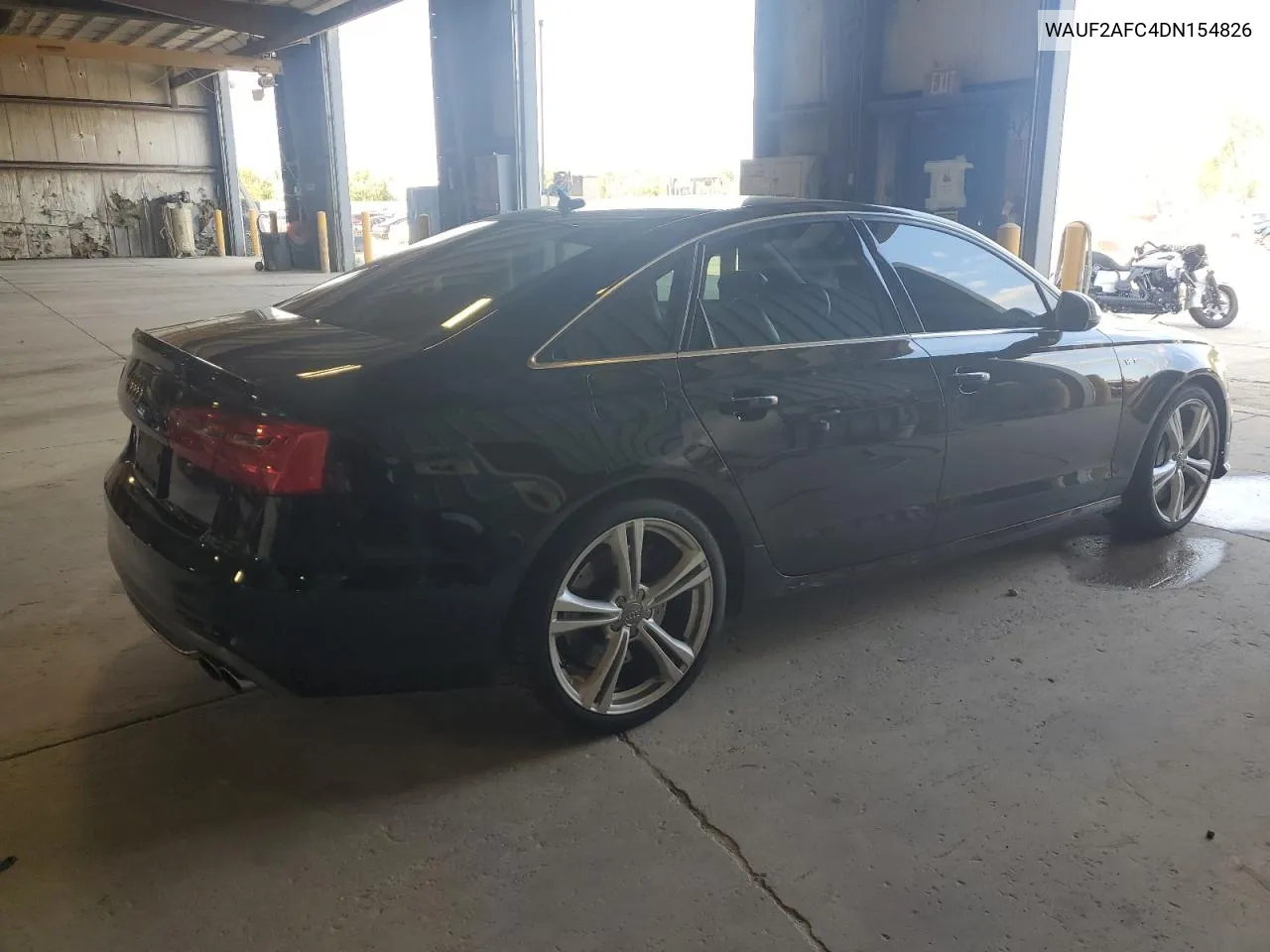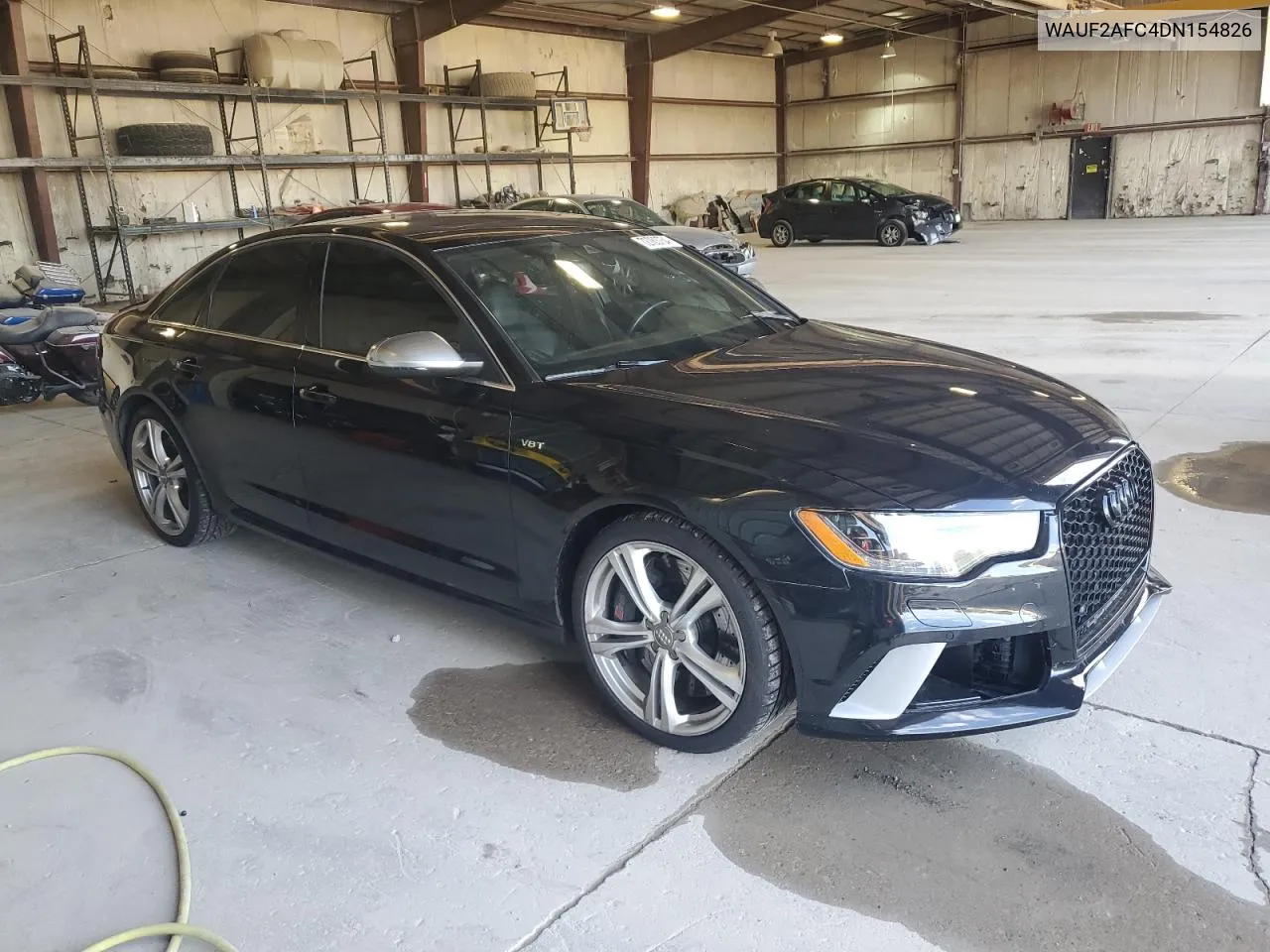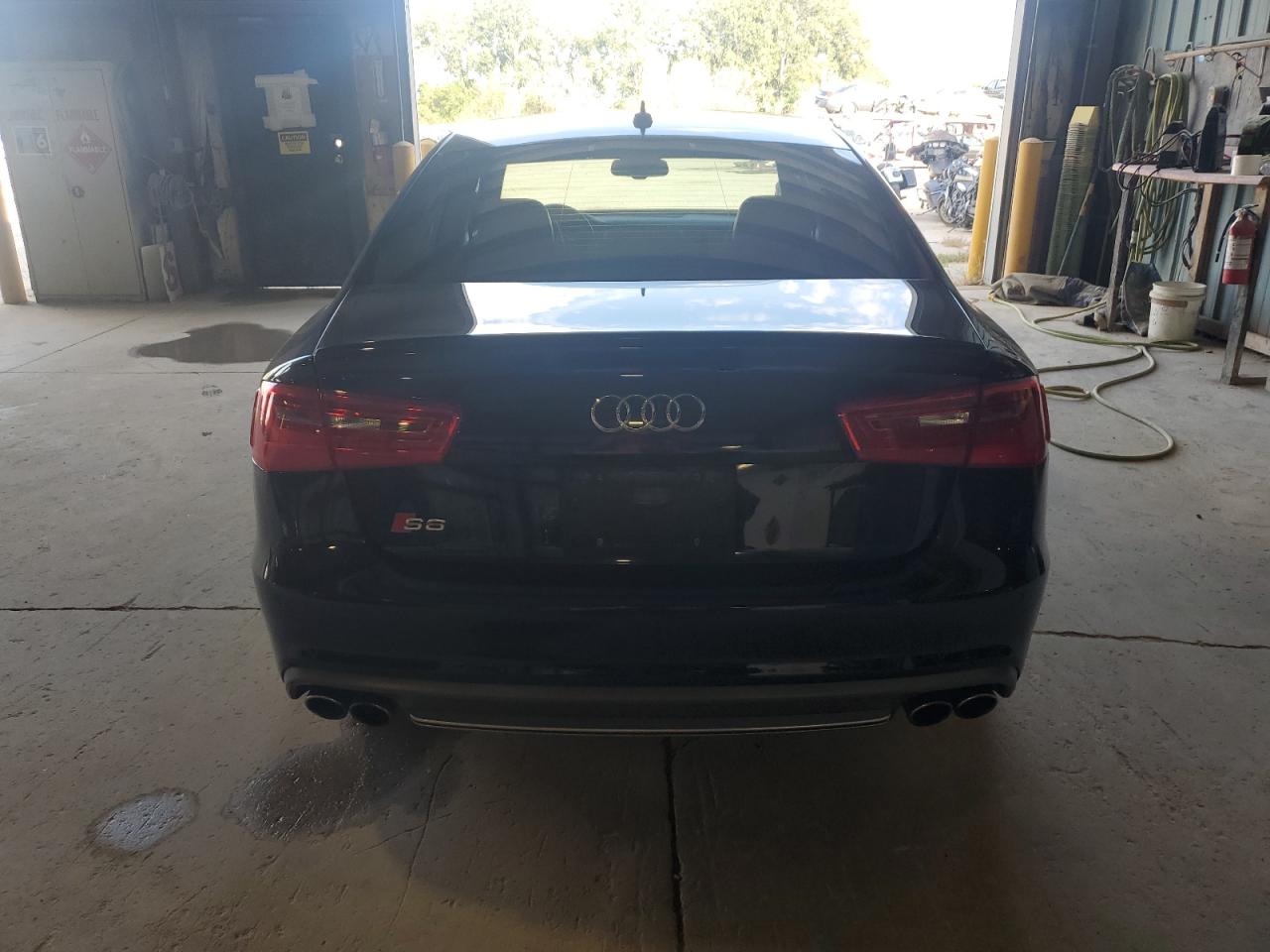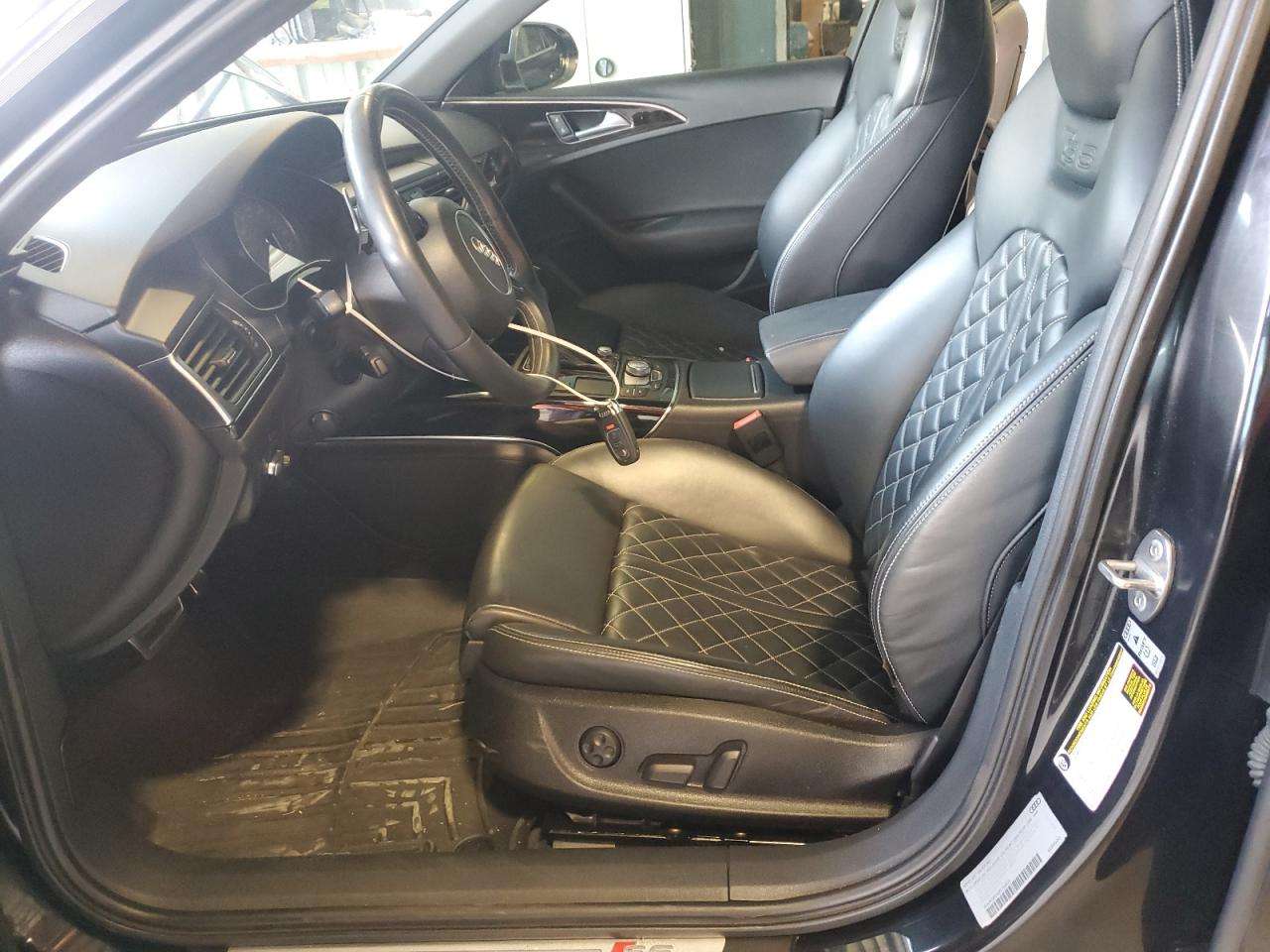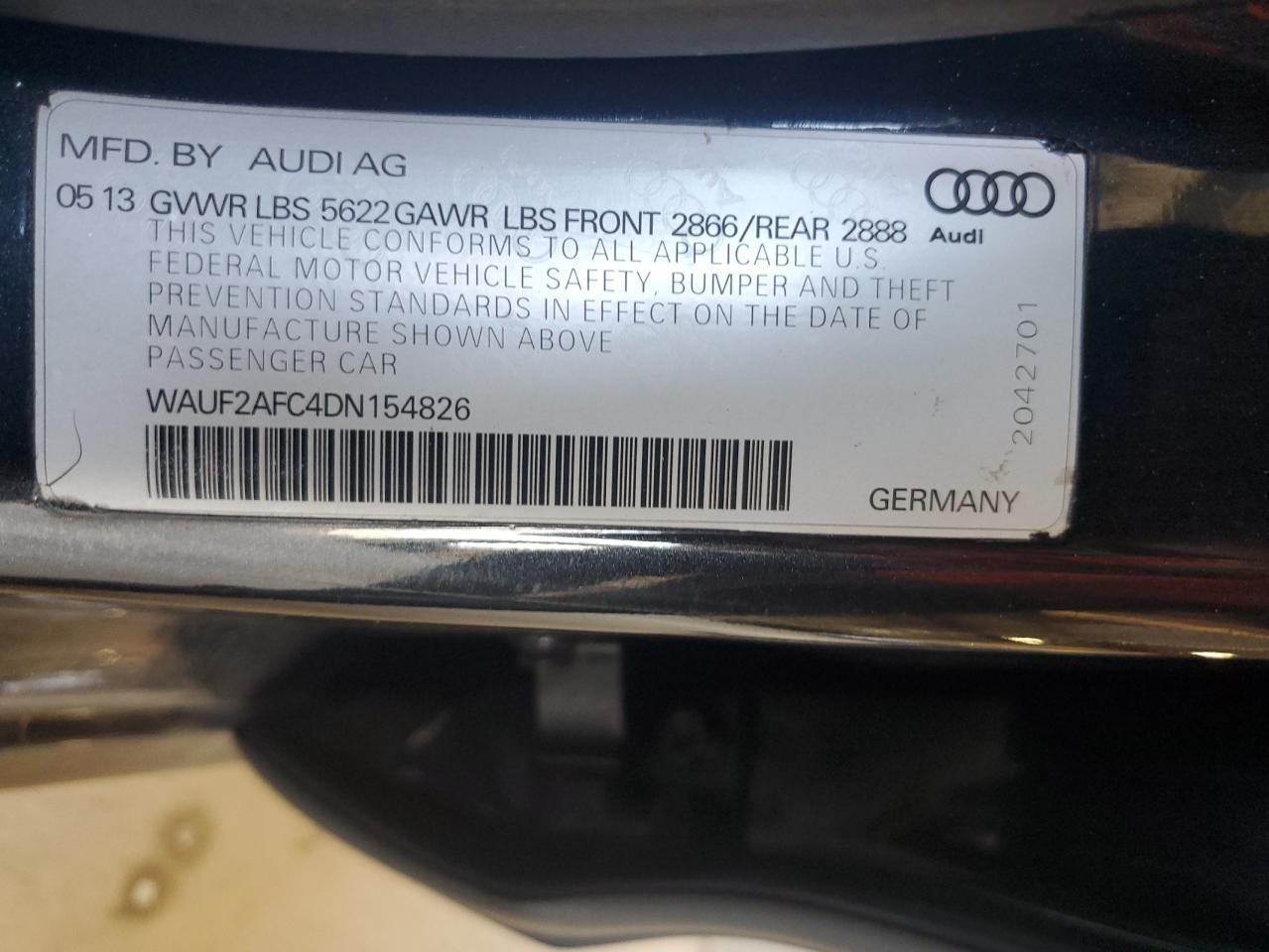Audi S6 (45)
2002 Audi S6 Avant Quattro
2022 Audi S6 Premium Plus Tfsi Quattro Tiptronic
2016 Audi S6 Premium Plus
2014 Audi S6
2016 Audi S6 Prestige
2014 Audi S6
2013 Audi S6
2013 Audi S6
2007 Audi S6 5.2
2016 Audi S6 4.0T Premium Plus
2021 Audi S6 Premium Plus
2018 Audi S6 Prestige
2017 Audi S6 Premium Plus
2017 Audi S6 Prestige
2021 Audi S6 Premium Plus
2013 Audi S6
Audi S6 is a sporty, more powerful and all—wheel drive version of the A6 model, produced since 1994 and has already been replaced by 5 generations. All S6 machines are technically perfect, have a stylish, elegant appearance and rich basic equipment. In some markets where the RS6, an even more powerful version of the A6, is not sold, the S6 is the most powerful car in the line. We will tell you about it.
Today, the Audi RS6 Avant 4-generation station wagon of the 2019 model year is presented on the Israeli market (data for 2021). Under the hood is an upgraded twin—turbocharged V8 4.0 TFSI engine with a recoil of 600 hp and 800 Nm, which is equipped with a soft hybrid system with a belt generator and a 48 V starter, additionally developing up to 16 hp. Acceleration to 100 km/h is 3.6 seconds, the maximum speed is limited at 250 km/h. The machine is equipped with an 8-speed hydromechanical automatic and a permanent quattro all-wheel drive.
The first generation
The appearance of the S6 as a model dates back to 1994, when Audi restructured its model range. In an effort to keep the sports sedan in its lineup, the company upgraded the Audi S4 car and renamed it the Audi S6. Well, the vacated S4 name was assigned to a completely different, smaller class, model based on the Audi A4.
The new Audi S6 was produced in two bodies: a sedan and a station wagon for Europe and the USA, but only a sedan was sold in Canada, Asia and Australia. Under the hood were 2.2-liter turbocharged gasoline engines with 230 hp and 326 Nm or a 4.2-liter gasoline V8 290 hp, working in conjunction with a 4-speed automatic. There was also a manual transmission — 5- or 6-speed, depending on the market. All cars were produced only with quattro all-wheel drive. The years of life on the assembly line of the first generation S6 ended in 1997.
Second generation
The new car appeared in 1999 to complement the A6 line, and was offered as a 4-door sedan and a 5-door Avant station wagon. By the way, the Avant version was the only one in North America. The hood and front fenders of the cars were made of aluminum. The car received a new 4.2 L engine (340 hp, 420 Nm), a new 6-speed manual or 5-speed automatic transmission and all-wheel drive. Both the front and rear axles had an electronic differential lock (EDL) connected to an electronic stability system. The second-generation car could accelerate from a standstill to 100 km/h in 5.7 seconds and from 0 to 200 km/h in 21.7 seconds. The maximum speed was electronically controlled to a maximum of 250 km/h. The second generation Audi S6 was discontinued in 2003.
The third generation
It was produced from 2006 to 2011 with a facelift in 2008. The third Audi S6 was also available in two bodies — a sedan and a station wagon, and it combined a high level of comfort, technology and safety, on the one hand, and on the other — the driver's character made the S6 an excellent transport for fast rides. However, it was possible to go on leisurely family trips and long-distance trips on it.
The third generation was equipped with a 10-cylinder engine with a volume of 5.2 liters! The unit developed 435 hp and 540 Nm of torque. A 6-speed automatic transmission type-tronic ZF worked with it. The car received a permanent quattro all—wheel drive - first with a symmetrical T-1 differential, and later with the latest Torsen T-3 differential as standard equipment. This Audi S6 took 5.2 seconds to accelerate to 100 km/h.
The fourth generation
The fourth generation Audi S6 was released in 2011 and was produced until 2018, having gone through a facelift in 2014. The fourth S6 received the same two bodies and a robotic box — fast and compact. The engine has also become smaller, but also weaker: a 4-liter V8 (420 hp and 550 Nm) with direct injection, a half-cylinder shut-off system and dual turbocharging. All-wheel drive and sophisticated independent suspension have been preserved: 2-lever front, multi-link rear. In the base, the car was equipped with an adaptive air suspension with several modes of operation. The S6 took 4.6 seconds to accelerate to a hundred. Fuel consumption was also pleasing and amounted to a very moderate 9.6 liters in a mixed cycle. The interior of the car differed from the interiors of other "6" Audis only by a pair of S6 nameplates and metallized pedal pads. The trunk volume of the sedan was 530 liters and 565 liters for the station wagon.
Restyling of 2014
The restyled Audi S6 received an upgraded engine, the output of which increased by 30 forces and amounted to 450 hp, and acceleration to 100 km / h became faster by 0.2 seconds. The equipment became richer, which included: cruise control, 6 airbags, an on-board computer with a 7-inch color display, an ESC directional stability system, front and rear parking sensors, side mirrors with settings memory, bi-xenon optics with automatic adjustment, rain and light sensors, LED taillights, 4-zone climate-Control and more.
Fifth generation
Audi S6 of the new, fifth generation celebrated its "birth" in April 2019 at an online presentation. The European version with a turbodiesel was the first to appear, and at the end of July of the same year, a gasoline-powered car designed for distant markets was introduced. Externally, this Audi S6 differs from the original A6 model with a more aggressive body kit, expanded wheel arches, silver rear-view mirror housings and a dark-colored diffuser with four round exhaust pipes.
The new Audi S6 sedan has a length of 4954 mm, a width of 1886 mm, a height of 1446 mm, and a wheelbase of 2928 mm. Inside, it is decorated with S-logos, equipped with sports front seats with integrated headrests and developed lateral support, the interior is finished in leather and alcantara. Like the "regular" A6, the interior of the 2019/2020 Audi S6 is designed for five people, and the trunk is able to accommodate 520 liters of various luggage.
The new Audi S6 received a 2.9 L V6 engine (450 hp and 600 Nm), developed jointly by Audi and Porsche. This unit is already well known for the RS4, RS5, Cayenne and Panamera models, but for the S6 it differs in that an electric boost (previously run-in on diesels) is added to a pair of turbochargers, which frees the car from turbocharging and allows you to enjoy maximum torque from low revs. To do this, an additional power grid with a voltage of 48 volts and a separate lithium-ion battery was introduced. The starter generator is also powered from the same network, which helps the engine in the first seconds of acceleration.
In the field of power transmission to the wheels, the gasoline and diesel versions are the same: an 8-speed automatic transmission and a permanent quattro all-wheel drive, without which all Audi S-versions are unthinkable. The center—to-center self-locking differential distributes thrust by default in the proportion of 40% to the front axle, 60% to the rear, but depending on the conditions, it "has the wit" to direct up to 70% of thrust to the front wheels or up to 85% to the rear. The options for the Audi S6 2020/2021 include an active rear differential.
Today, the Audi RS6 Avant 4-generation station wagon of the 2019 model year is presented on the Israeli market (data for 2021). Under the hood is an upgraded twin—turbocharged V8 4.0 TFSI engine with a recoil of 600 hp and 800 Nm, which is equipped with a soft hybrid system with a belt generator and a 48 V starter, additionally developing up to 16 hp. Acceleration to 100 km/h is 3.6 seconds, the maximum speed is limited at 250 km/h. The machine is equipped with an 8-speed hydromechanical automatic and a permanent quattro all-wheel drive.
The first generation
The appearance of the S6 as a model dates back to 1994, when Audi restructured its model range. In an effort to keep the sports sedan in its lineup, the company upgraded the Audi S4 car and renamed it the Audi S6. Well, the vacated S4 name was assigned to a completely different, smaller class, model based on the Audi A4.
The new Audi S6 was produced in two bodies: a sedan and a station wagon for Europe and the USA, but only a sedan was sold in Canada, Asia and Australia. Under the hood were 2.2-liter turbocharged gasoline engines with 230 hp and 326 Nm or a 4.2-liter gasoline V8 290 hp, working in conjunction with a 4-speed automatic. There was also a manual transmission — 5- or 6-speed, depending on the market. All cars were produced only with quattro all-wheel drive. The years of life on the assembly line of the first generation S6 ended in 1997.
Second generation
The new car appeared in 1999 to complement the A6 line, and was offered as a 4-door sedan and a 5-door Avant station wagon. By the way, the Avant version was the only one in North America. The hood and front fenders of the cars were made of aluminum. The car received a new 4.2 L engine (340 hp, 420 Nm), a new 6-speed manual or 5-speed automatic transmission and all-wheel drive. Both the front and rear axles had an electronic differential lock (EDL) connected to an electronic stability system. The second-generation car could accelerate from a standstill to 100 km/h in 5.7 seconds and from 0 to 200 km/h in 21.7 seconds. The maximum speed was electronically controlled to a maximum of 250 km/h. The second generation Audi S6 was discontinued in 2003.
The third generation
It was produced from 2006 to 2011 with a facelift in 2008. The third Audi S6 was also available in two bodies — a sedan and a station wagon, and it combined a high level of comfort, technology and safety, on the one hand, and on the other — the driver's character made the S6 an excellent transport for fast rides. However, it was possible to go on leisurely family trips and long-distance trips on it.
The third generation was equipped with a 10-cylinder engine with a volume of 5.2 liters! The unit developed 435 hp and 540 Nm of torque. A 6-speed automatic transmission type-tronic ZF worked with it. The car received a permanent quattro all—wheel drive - first with a symmetrical T-1 differential, and later with the latest Torsen T-3 differential as standard equipment. This Audi S6 took 5.2 seconds to accelerate to 100 km/h.
The fourth generation
The fourth generation Audi S6 was released in 2011 and was produced until 2018, having gone through a facelift in 2014. The fourth S6 received the same two bodies and a robotic box — fast and compact. The engine has also become smaller, but also weaker: a 4-liter V8 (420 hp and 550 Nm) with direct injection, a half-cylinder shut-off system and dual turbocharging. All-wheel drive and sophisticated independent suspension have been preserved: 2-lever front, multi-link rear. In the base, the car was equipped with an adaptive air suspension with several modes of operation. The S6 took 4.6 seconds to accelerate to a hundred. Fuel consumption was also pleasing and amounted to a very moderate 9.6 liters in a mixed cycle. The interior of the car differed from the interiors of other "6" Audis only by a pair of S6 nameplates and metallized pedal pads. The trunk volume of the sedan was 530 liters and 565 liters for the station wagon.
Restyling of 2014
The restyled Audi S6 received an upgraded engine, the output of which increased by 30 forces and amounted to 450 hp, and acceleration to 100 km / h became faster by 0.2 seconds. The equipment became richer, which included: cruise control, 6 airbags, an on-board computer with a 7-inch color display, an ESC directional stability system, front and rear parking sensors, side mirrors with settings memory, bi-xenon optics with automatic adjustment, rain and light sensors, LED taillights, 4-zone climate-Control and more.
Fifth generation
Audi S6 of the new, fifth generation celebrated its "birth" in April 2019 at an online presentation. The European version with a turbodiesel was the first to appear, and at the end of July of the same year, a gasoline-powered car designed for distant markets was introduced. Externally, this Audi S6 differs from the original A6 model with a more aggressive body kit, expanded wheel arches, silver rear-view mirror housings and a dark-colored diffuser with four round exhaust pipes.
The new Audi S6 sedan has a length of 4954 mm, a width of 1886 mm, a height of 1446 mm, and a wheelbase of 2928 mm. Inside, it is decorated with S-logos, equipped with sports front seats with integrated headrests and developed lateral support, the interior is finished in leather and alcantara. Like the "regular" A6, the interior of the 2019/2020 Audi S6 is designed for five people, and the trunk is able to accommodate 520 liters of various luggage.
The new Audi S6 received a 2.9 L V6 engine (450 hp and 600 Nm), developed jointly by Audi and Porsche. This unit is already well known for the RS4, RS5, Cayenne and Panamera models, but for the S6 it differs in that an electric boost (previously run-in on diesels) is added to a pair of turbochargers, which frees the car from turbocharging and allows you to enjoy maximum torque from low revs. To do this, an additional power grid with a voltage of 48 volts and a separate lithium-ion battery was introduced. The starter generator is also powered from the same network, which helps the engine in the first seconds of acceleration.
In the field of power transmission to the wheels, the gasoline and diesel versions are the same: an 8-speed automatic transmission and a permanent quattro all-wheel drive, without which all Audi S-versions are unthinkable. The center—to-center self-locking differential distributes thrust by default in the proportion of 40% to the front axle, 60% to the rear, but depending on the conditions, it "has the wit" to direct up to 70% of thrust to the front wheels or up to 85% to the rear. The options for the Audi S6 2020/2021 include an active rear differential.



























